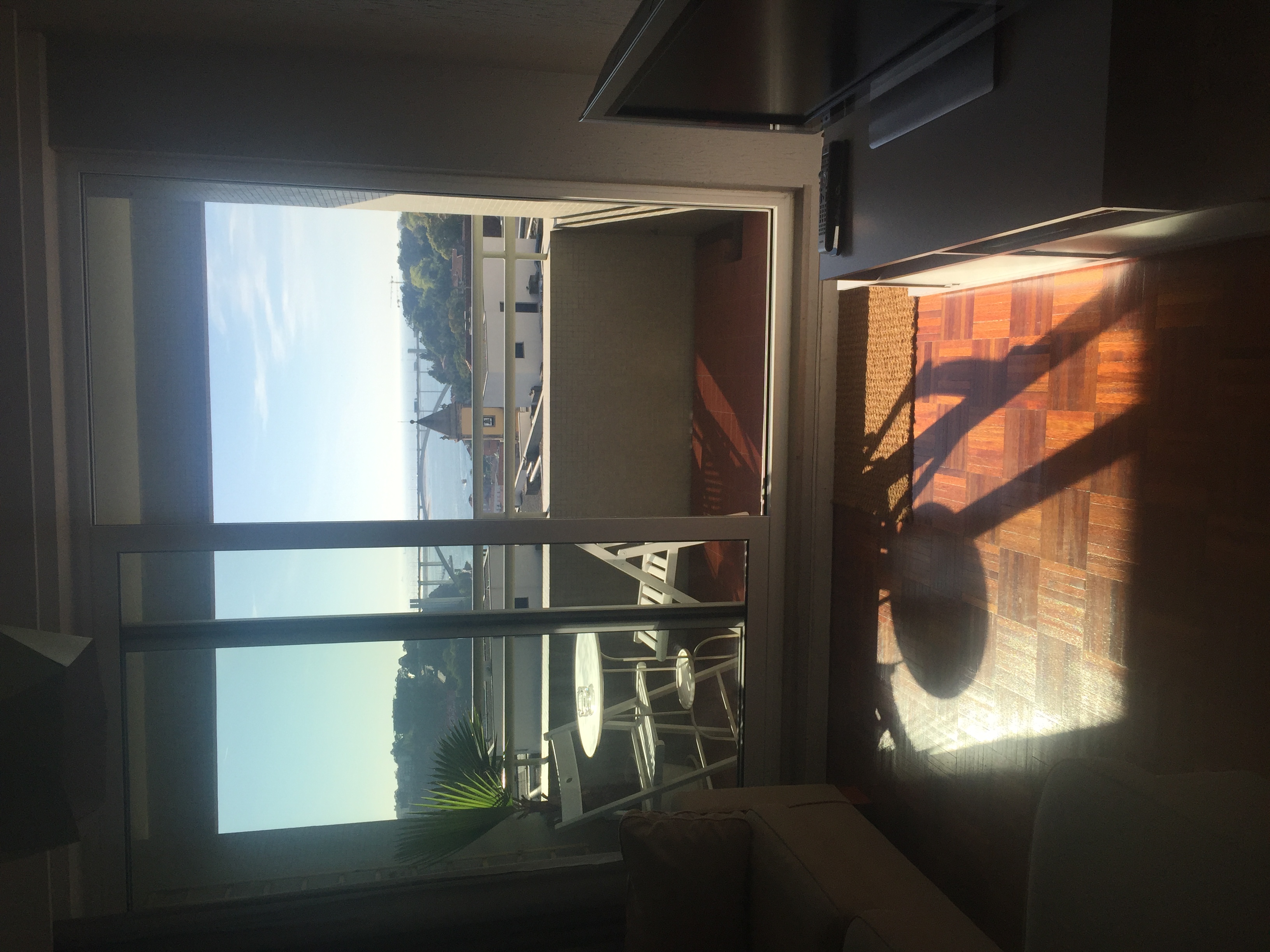I can’t help it. I like doors. Click to enlarge.
-
Recent Posts
Categories
Recent Comments
- admin on On to Lisboa
- Nancy on On to Lisboa
- admin on Salema and the Algarve
- admin on Salema and the Algarve
- Zach on Salema and the Algarve
Archives
Did you ever have one of those days that was so perfect that you thought “nothing could top this,” and then topped it the next day?
Our second (and last) day at Quinta do Cachao was spent exploring the beautiful mountain town of São João da Pesqueira, at the suggestion of our excellent host Beatriz. São João de Pesqueira is an intriguing mix of traditional charm and modern living. None of the books that we read prior to our trip mentioned it, so it was not on our radar. Now that you know, please don’t tell anyone, because we might want to come back. Perhaps it’s the time of the season (6 Oct) but tourists were nowhere to be seen.
São João da Pesqueira is centered around the old city, now largely residential with several small shops and restaurants. It’s the oldest recognized city in Portugal, founded in 1055. At the center of the old city is the Praca da República, a cobblestone square with a museum and the beautiful Igleja do São João da Pesqueira. The residential streets are narrow and winding, and most residences are well-kept.
Because it is not a “tourist” town, knowing some Portuguese is a help. Even the servers at the excellent Restaurante Cantiflas (go early or make reservations) needed Google Translate to communicate completely. (Note: Cantiflas easily rivals Douro d Vista in terms of cuisine and service.)
After a few hours exploring the old city, and after lunch at Cantiflas, we took a short ride out of the city to São Salvador do Mundo, a group of small chapels built on a rocky hill. The climb is steep but worth it, both for the chapels and for the expansive views of the Douro valley.
And just when we thought things couldn’t get better, we arranged a tour of the Messias winery (Quinta do Cachao’s wine) with our host Beatriz. She provided a thoughtful tour, complete with a small tasting of an outstanding 38-year old Port wine from a communal vessel—a tradition of the winery. I am not a vinophile—I don’t even drink wine except on rare occasions and even then I can’t tell much difference between them—but this was truly excellent.
Here are a few images from the day.
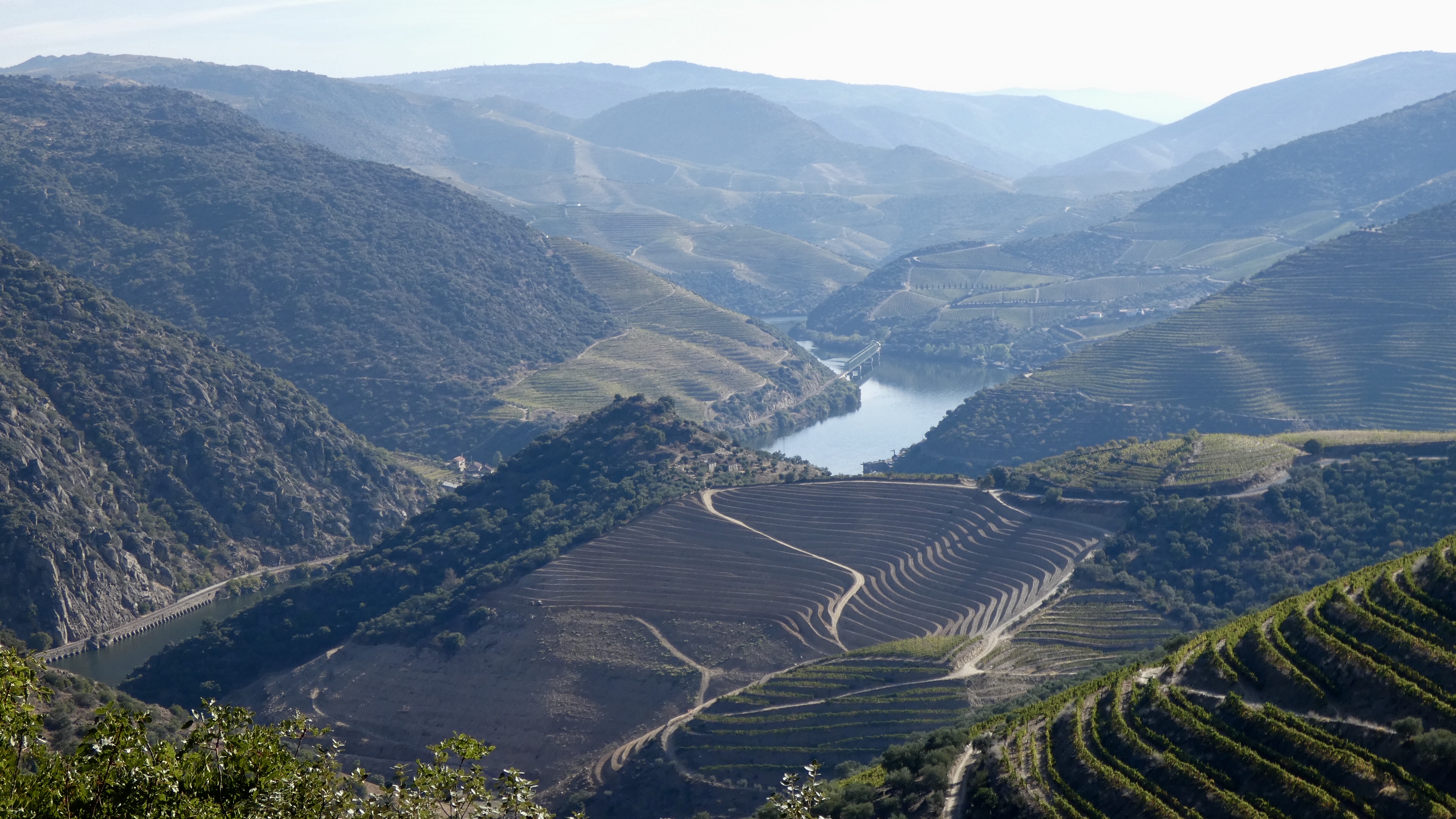 The Rio Douro valley with new vineyard construction in the center.
The Rio Douro valley with new vineyard construction in the center.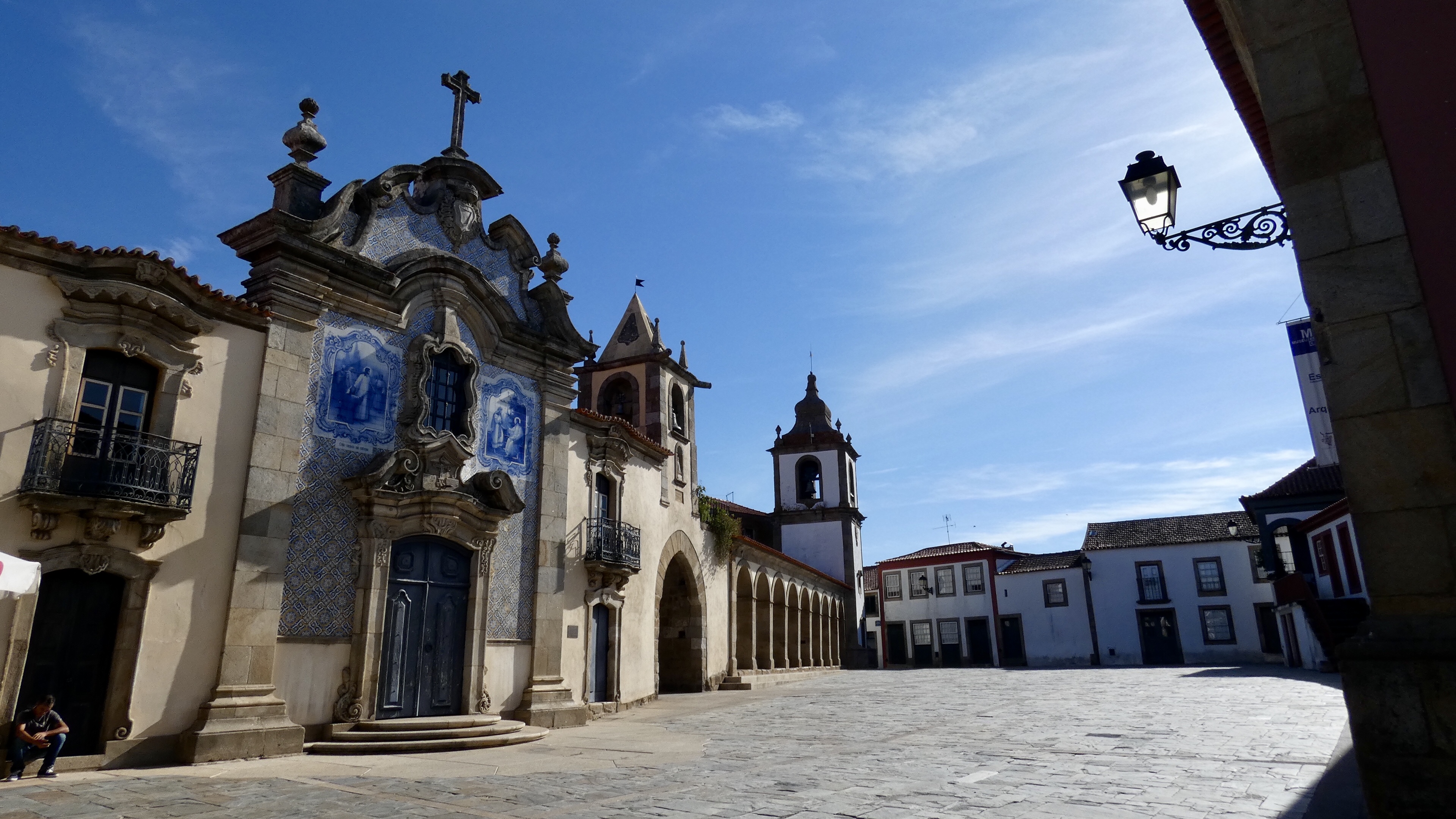 Praca da República, a cobblestone square and Igleja do São João da Pesqueira.
Praca da República, a cobblestone square and Igleja do São João da Pesqueira. Igleja do São João da Pesqueira detail.
Igleja do São João da Pesqueira detail.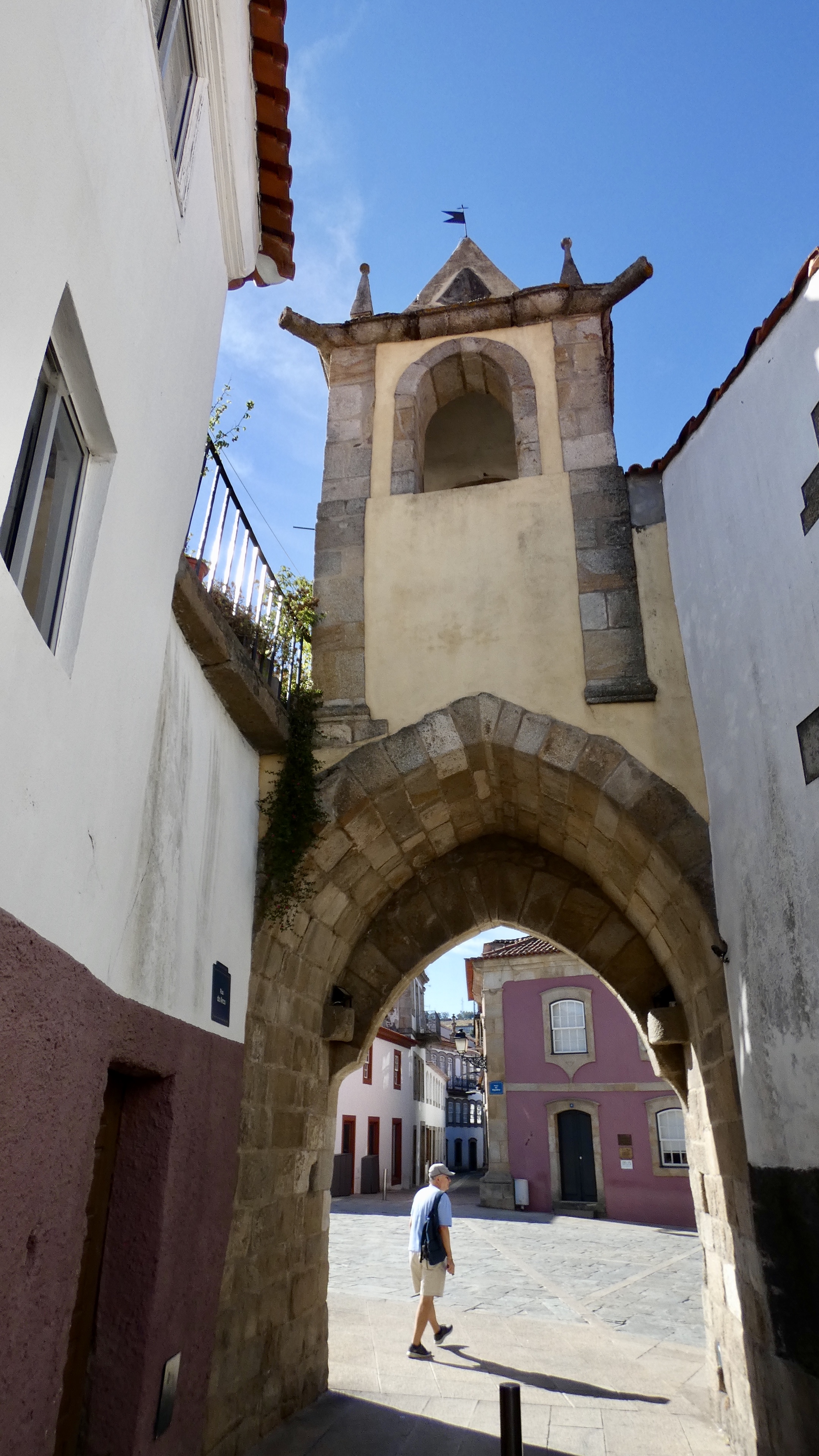 Looking onto Praca da República from a residential street.
Looking onto Praca da República from a residential street. Doorway, old city.
Doorway, old city.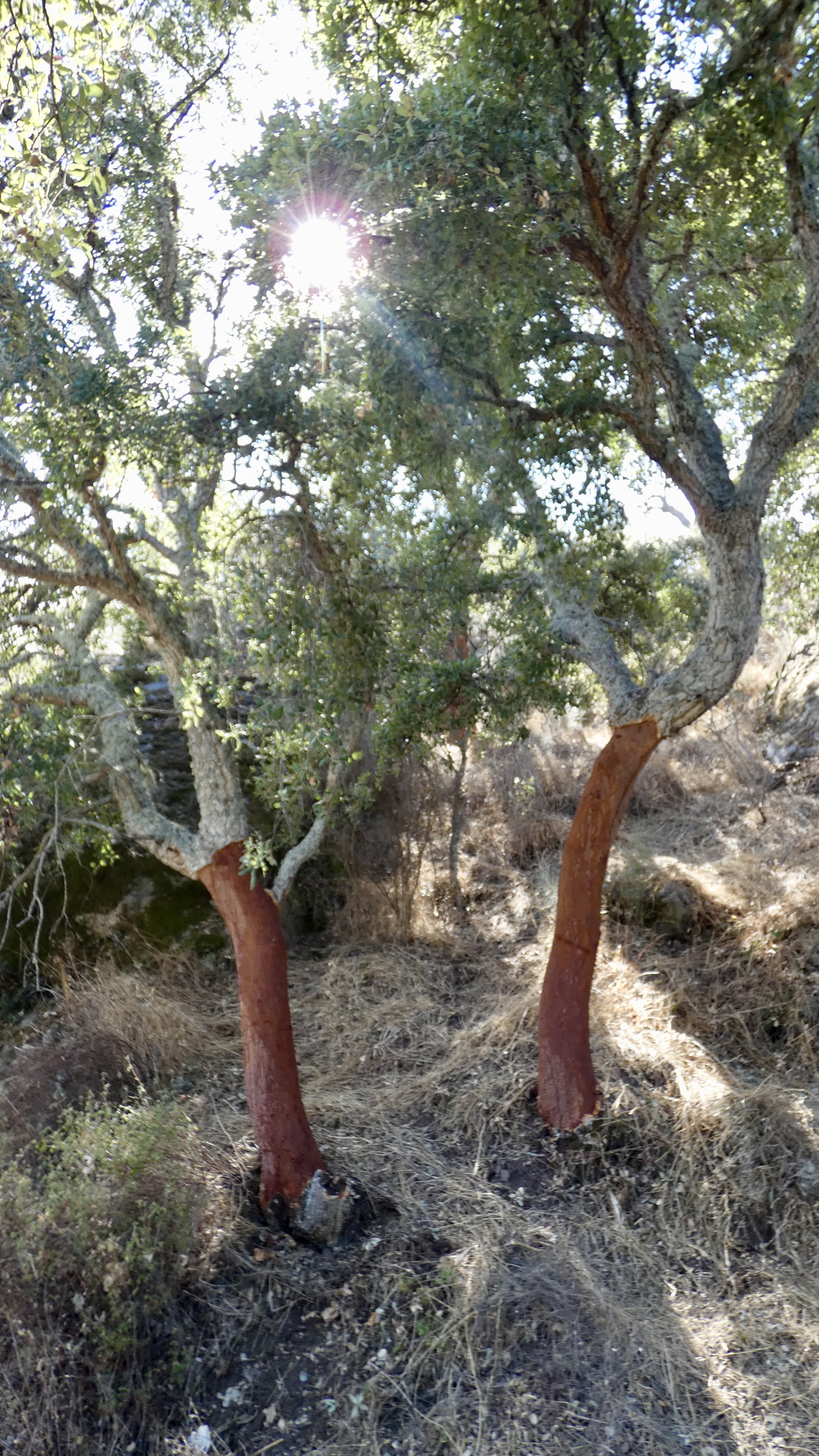 Cork trees, São Salvador do Mundo.
Cork trees, São Salvador do Mundo.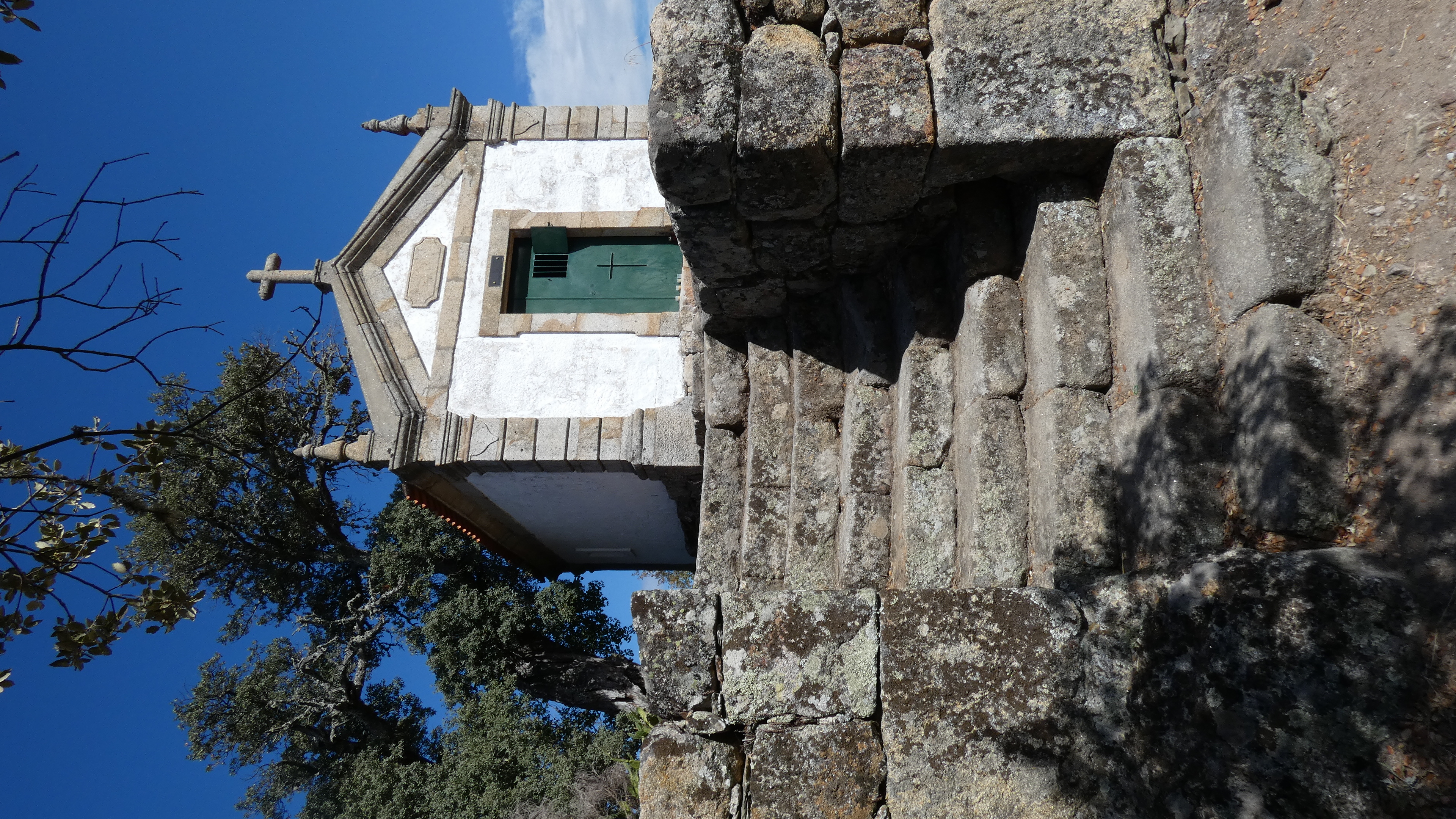
Chapel, São Salvador do Mundo.
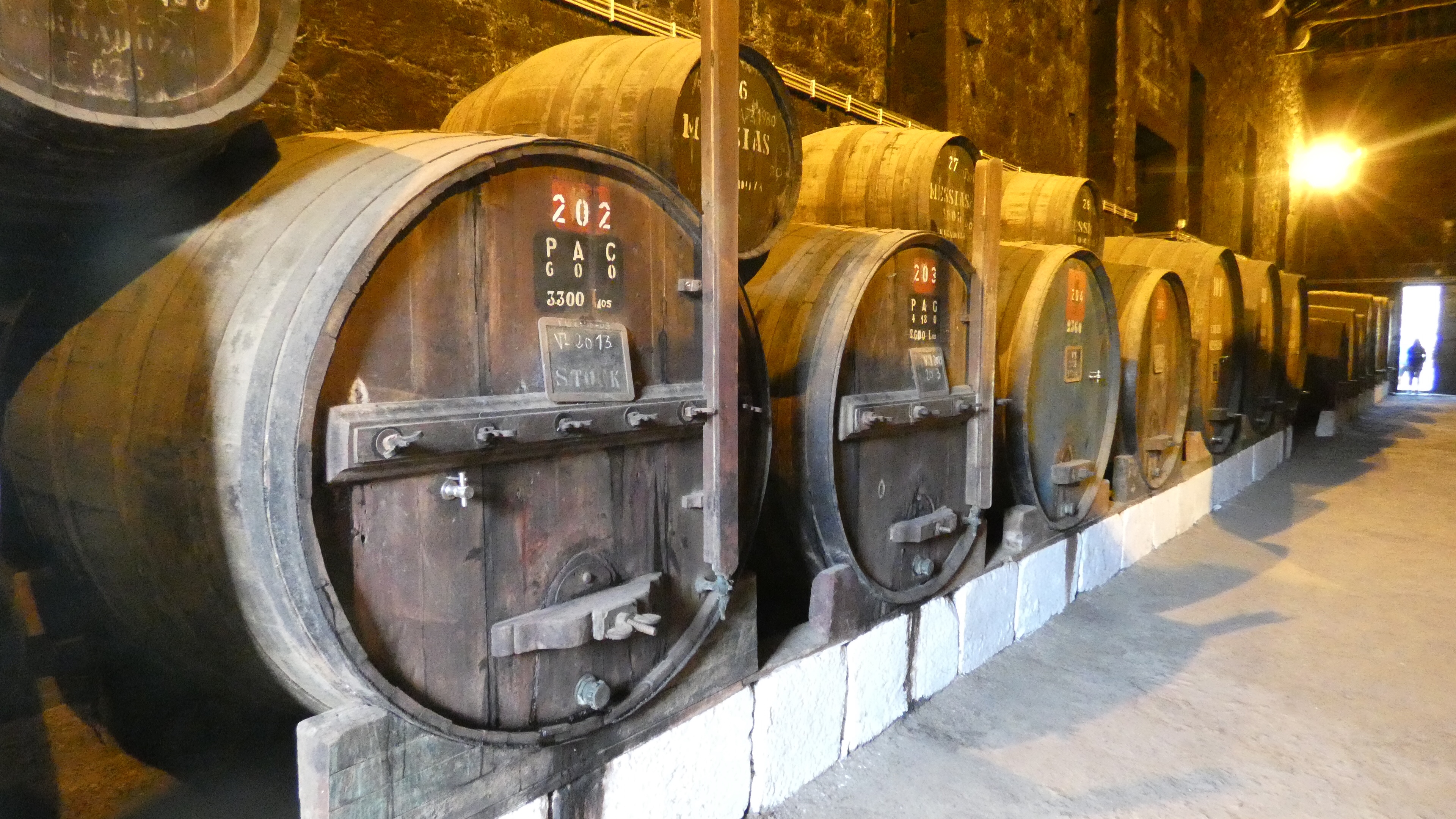
Oaken casks, some over 100 years old, storing wine; Messias Winery.

Grape grinding stones from the original winery.
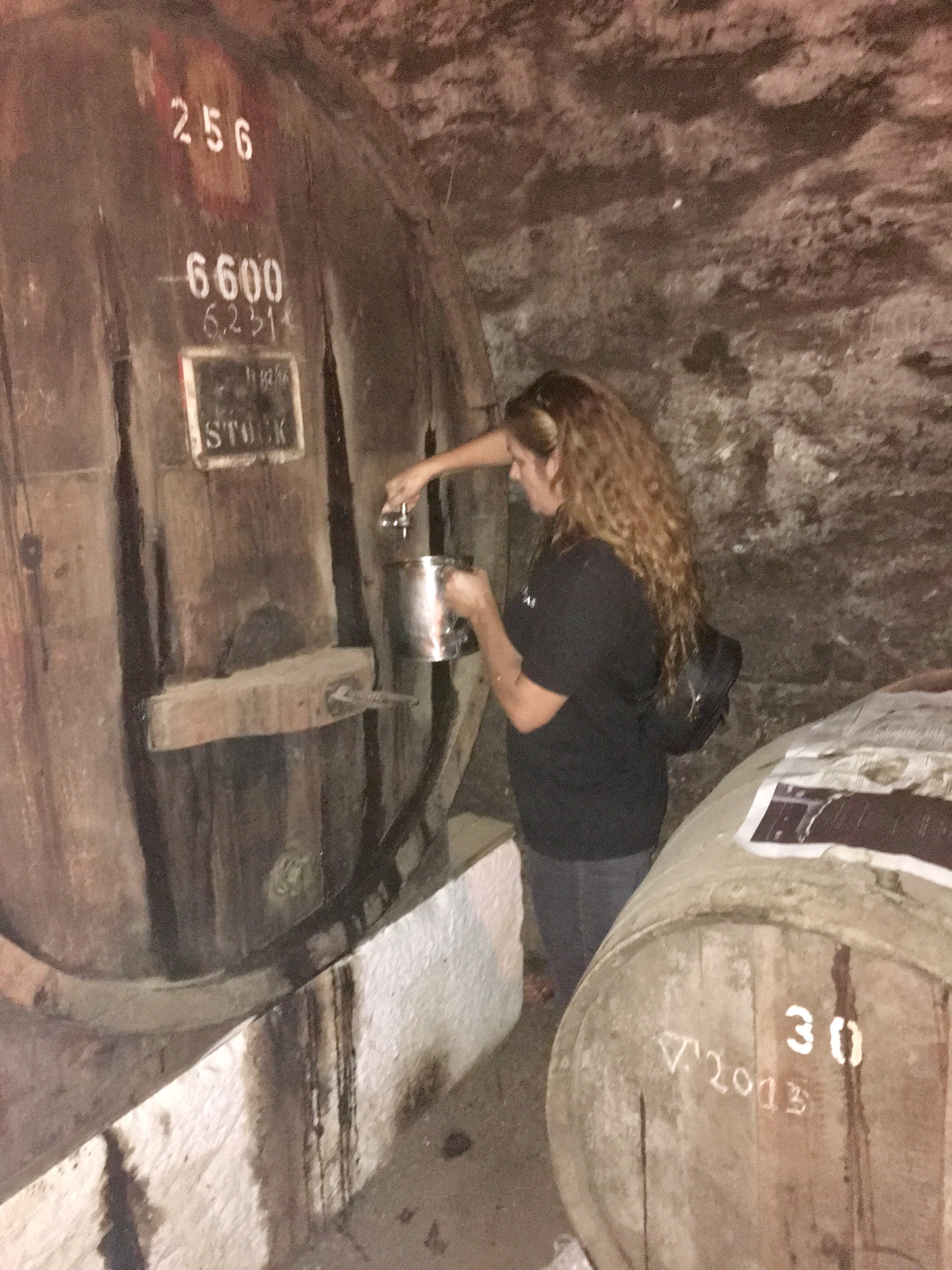
Our host Beatrix, serving 39 year old port in a communal vessel. (Photo by Cathy Wells.)
The first full day at Quinta do Cachao in São João da Pesqueria began with a lovely breakfast of toast and jam, ham and cheese rolls, fresh orange juice, and fruit. After breakfast we explored the Quinta grounds and surrounding vineyards and olive groves. We took a late morning train to Pinhão for lunch and to catch a boat ride through the Rio Douro valley. We returned to the Quinta by train for a simple meal of sandwiches and cookies that we purchased in Pinhão.
We didn’t have any specific plans for our days at the Quinta, assuming we’d be exploring the area one way or another. When our host Beatriz suggested a local train from Federrosa (about 3k from our Quinta) to Pinhão instead of driving, we jumped at the chance. The drive would have taken over an hour over twisty roads. The train took about 35 minutes and rode along the north bank of the Douro with excellent scenery. Less than 3€ per ticket.
Here are some photos from the day.
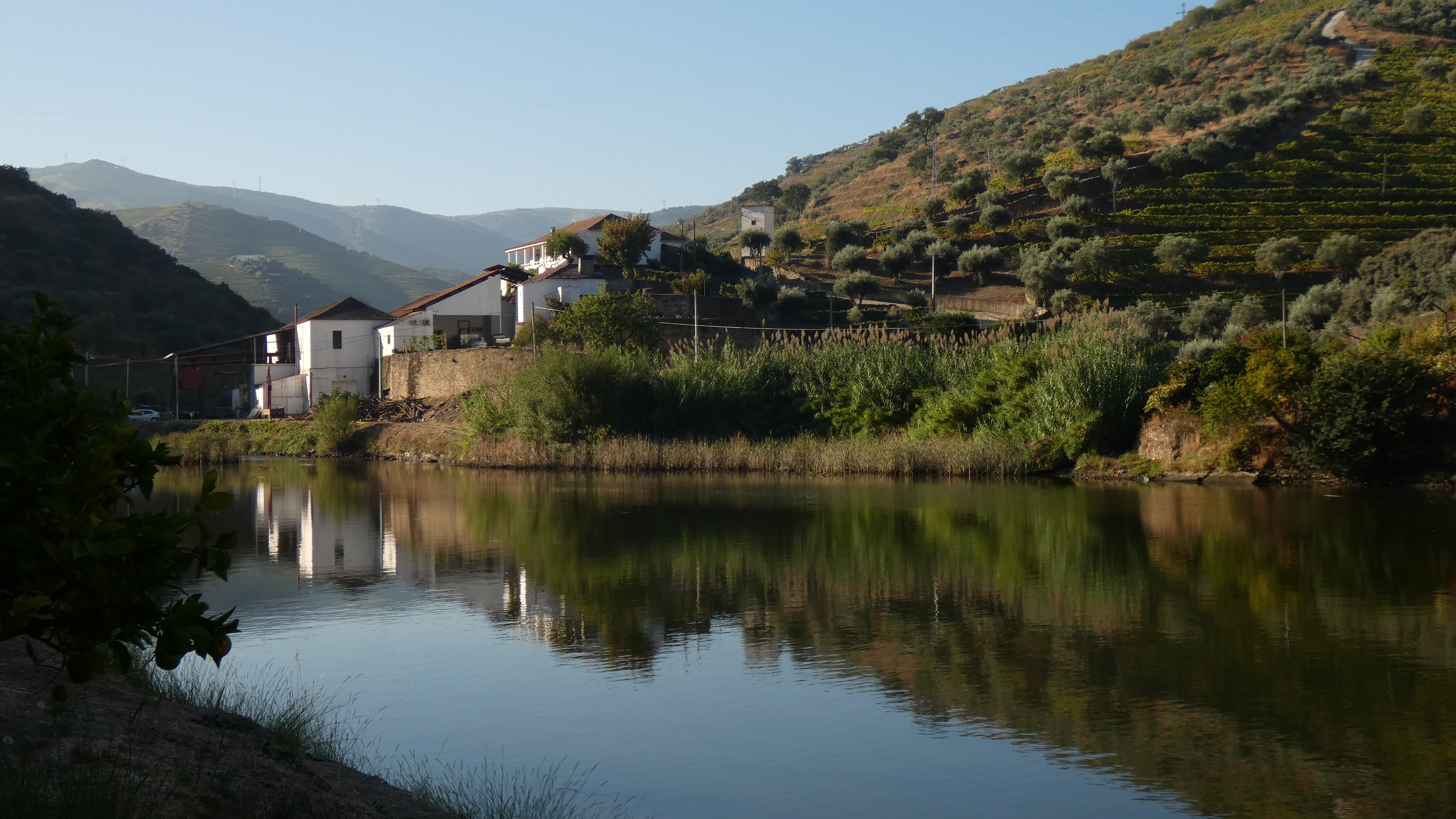
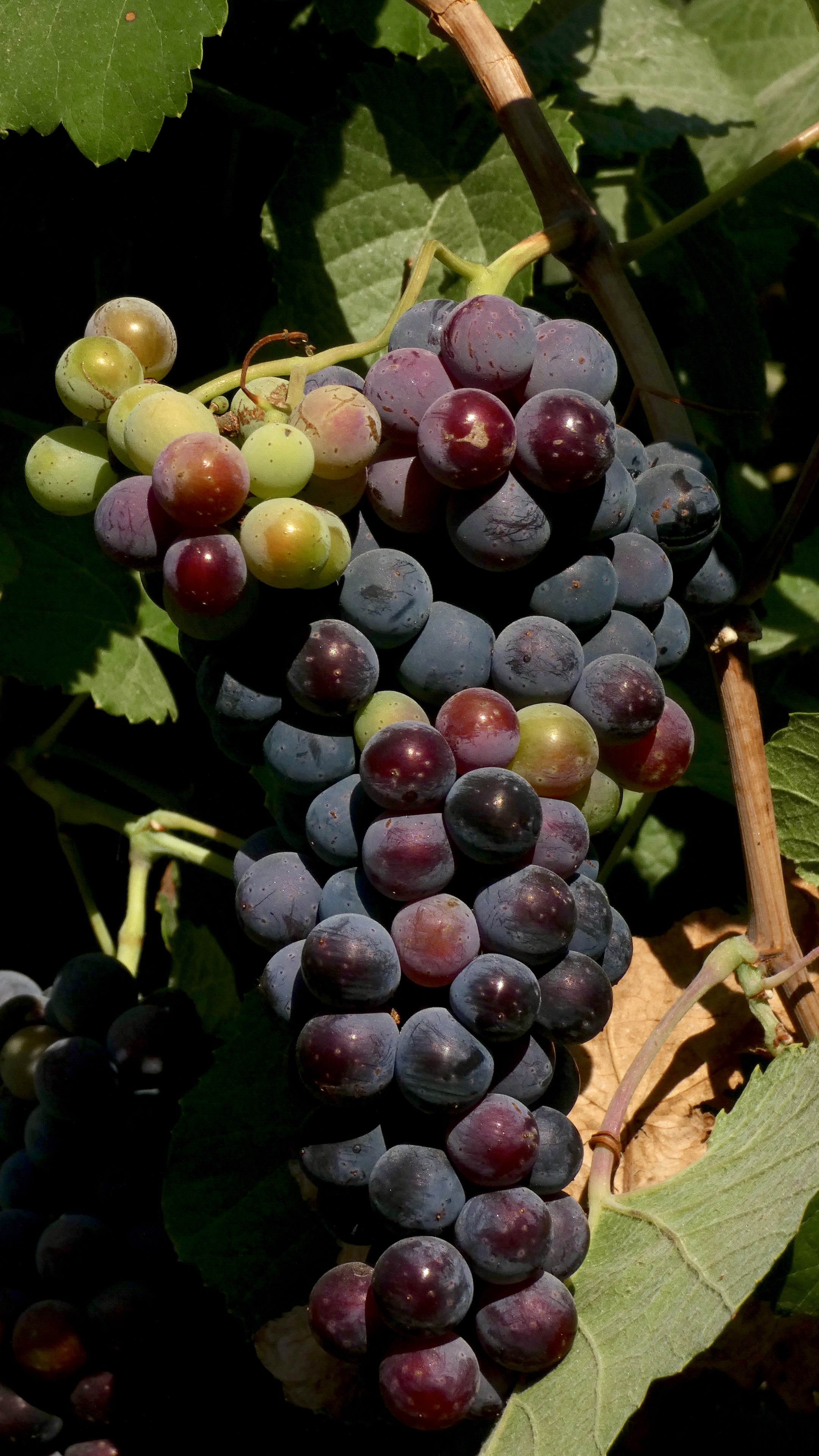
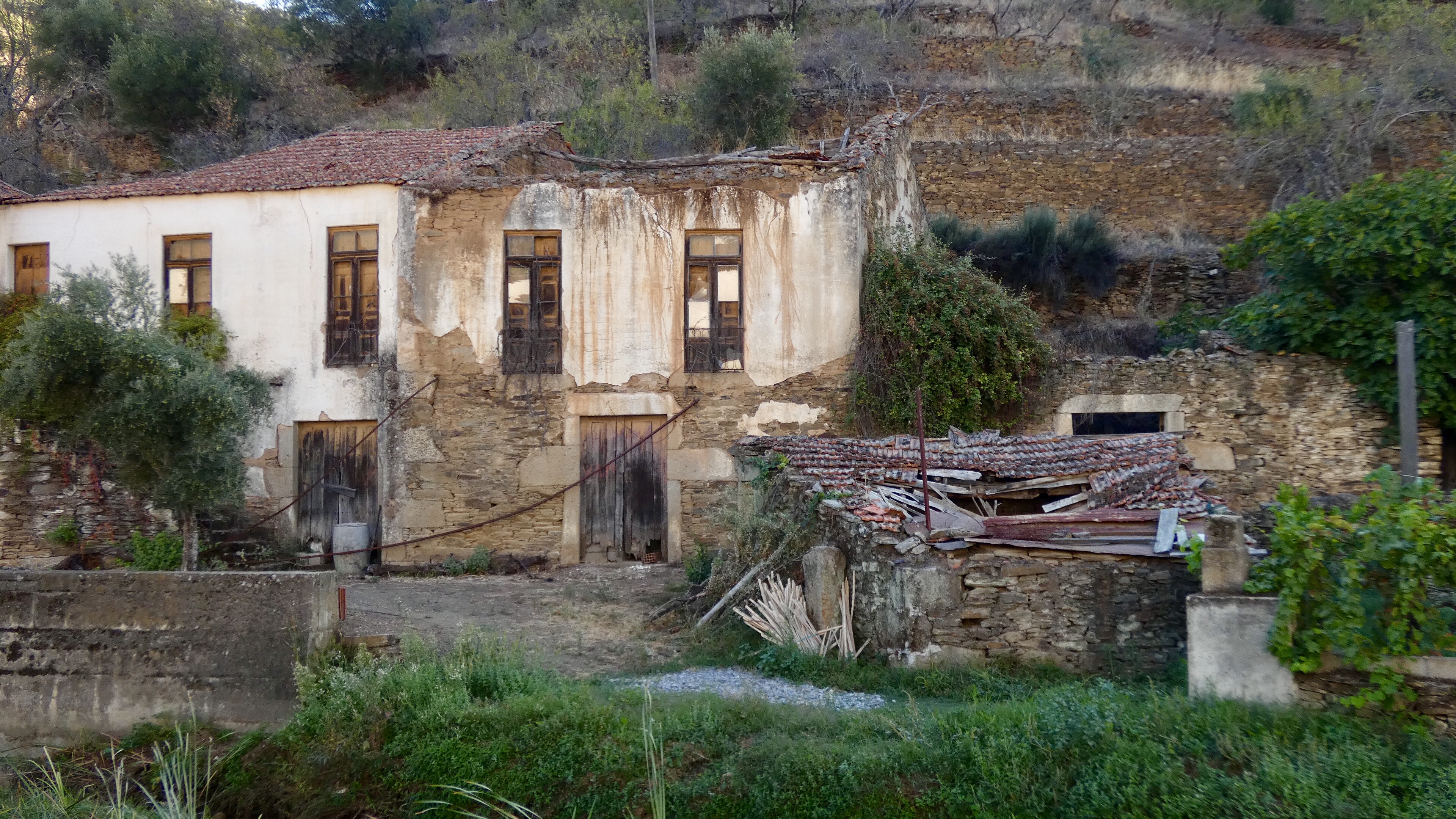
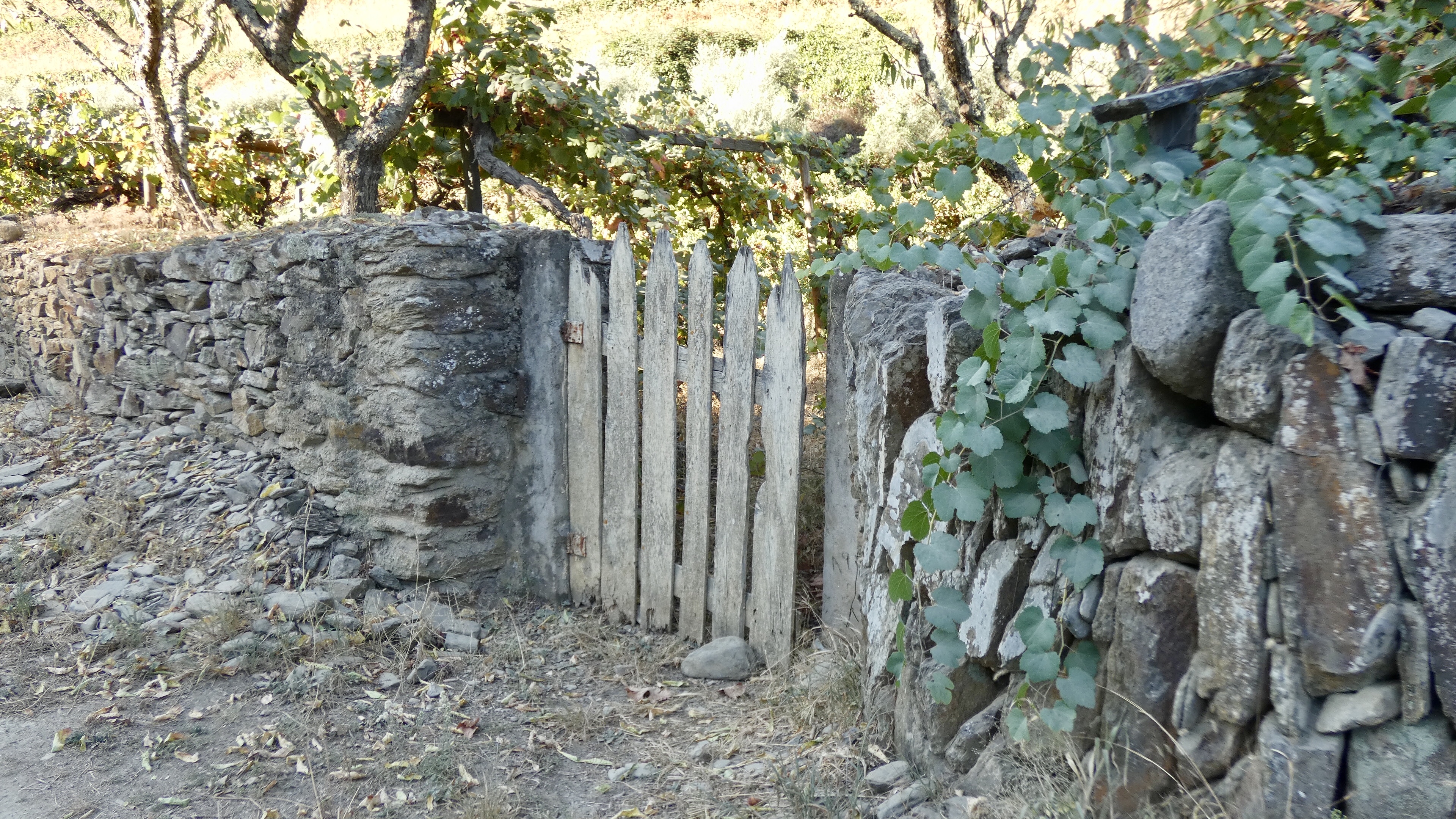
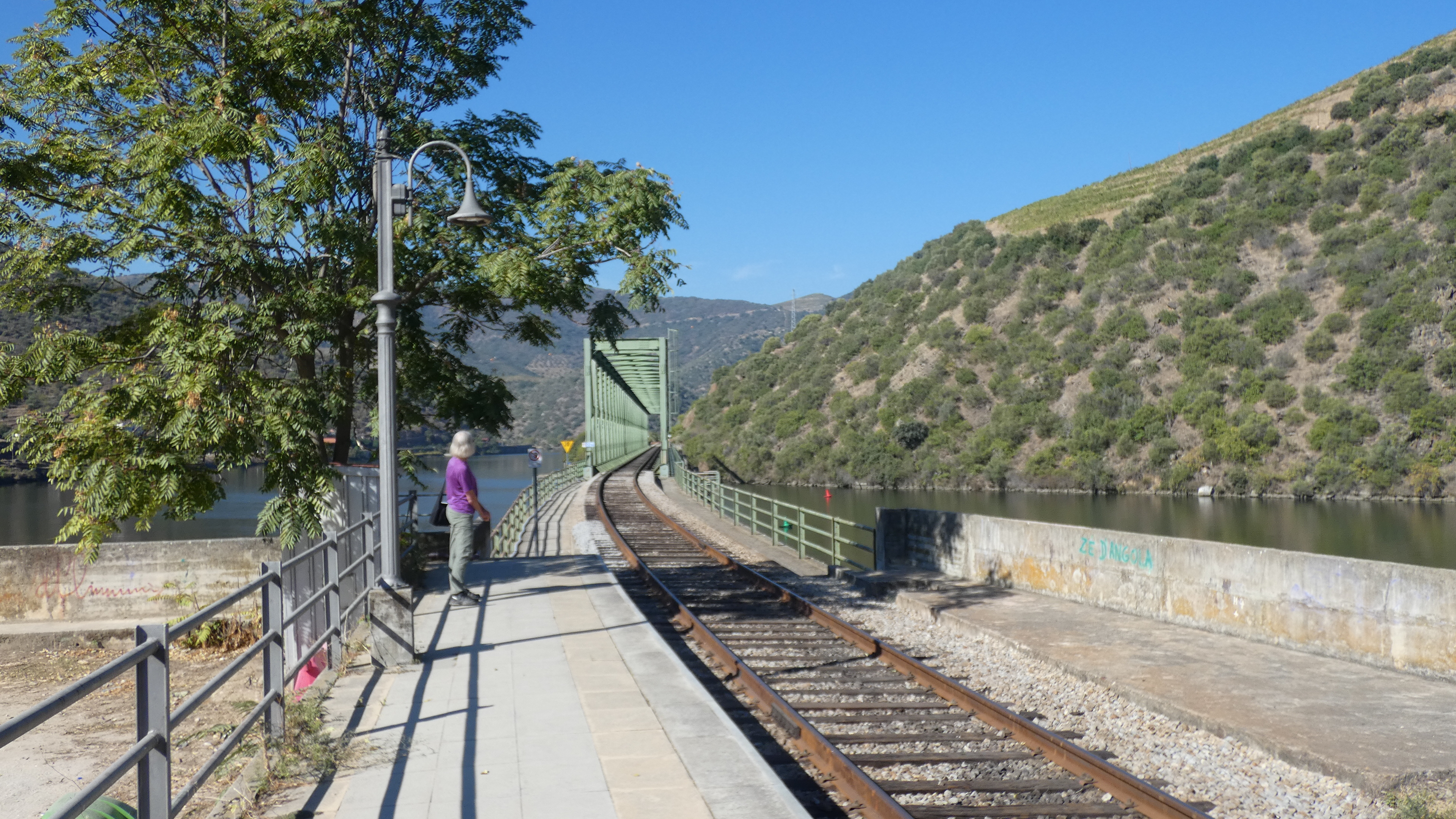
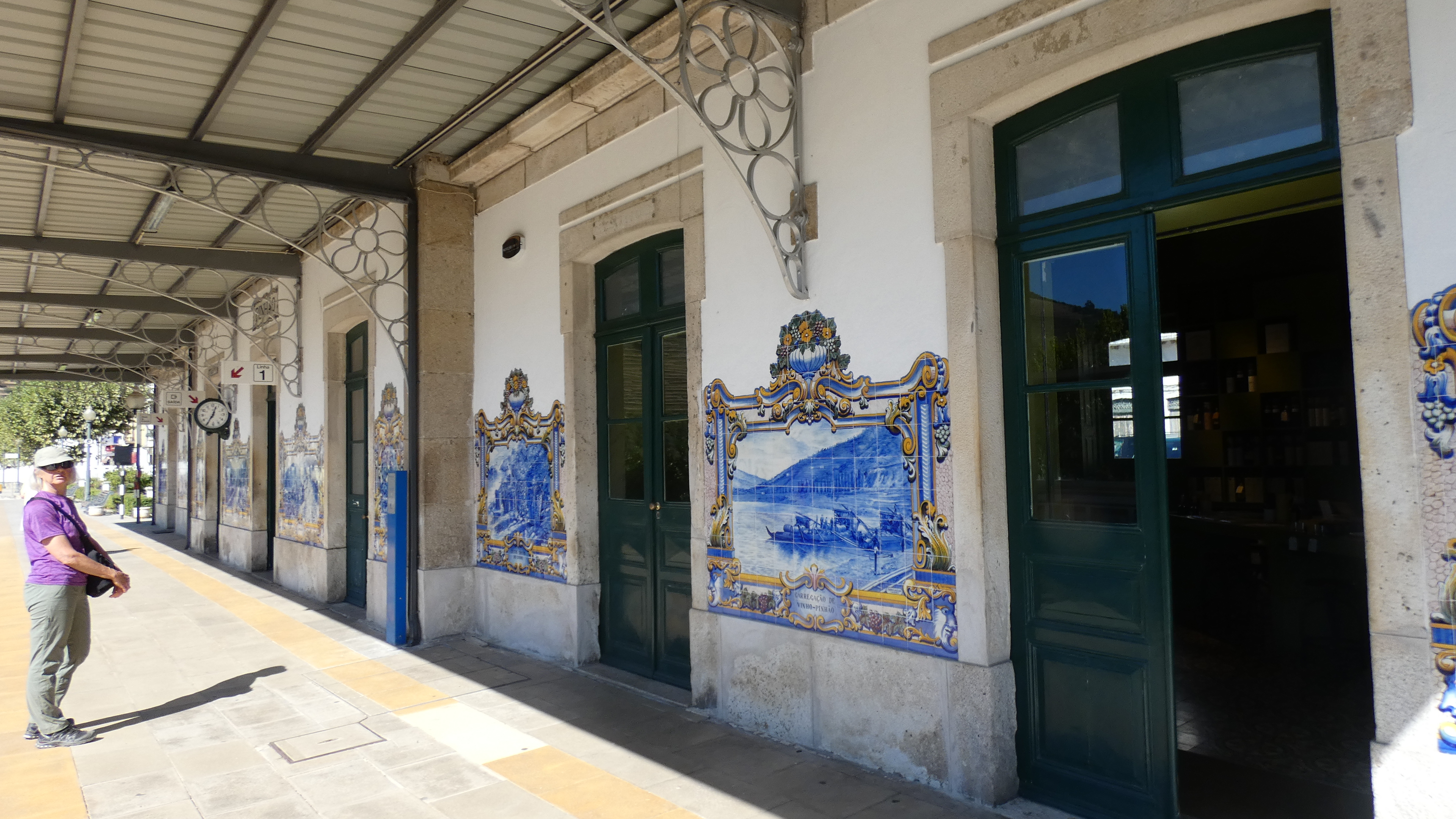
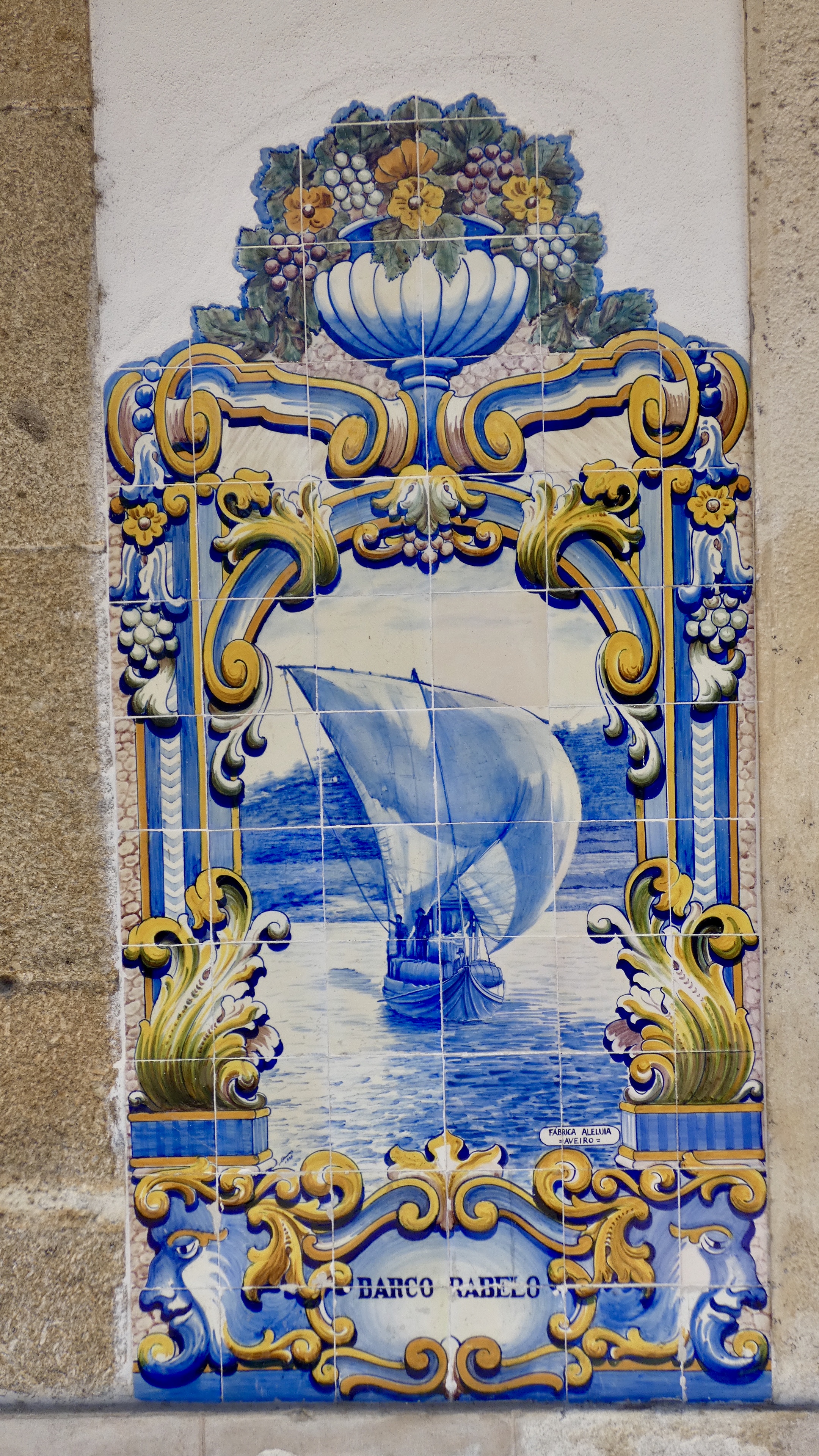

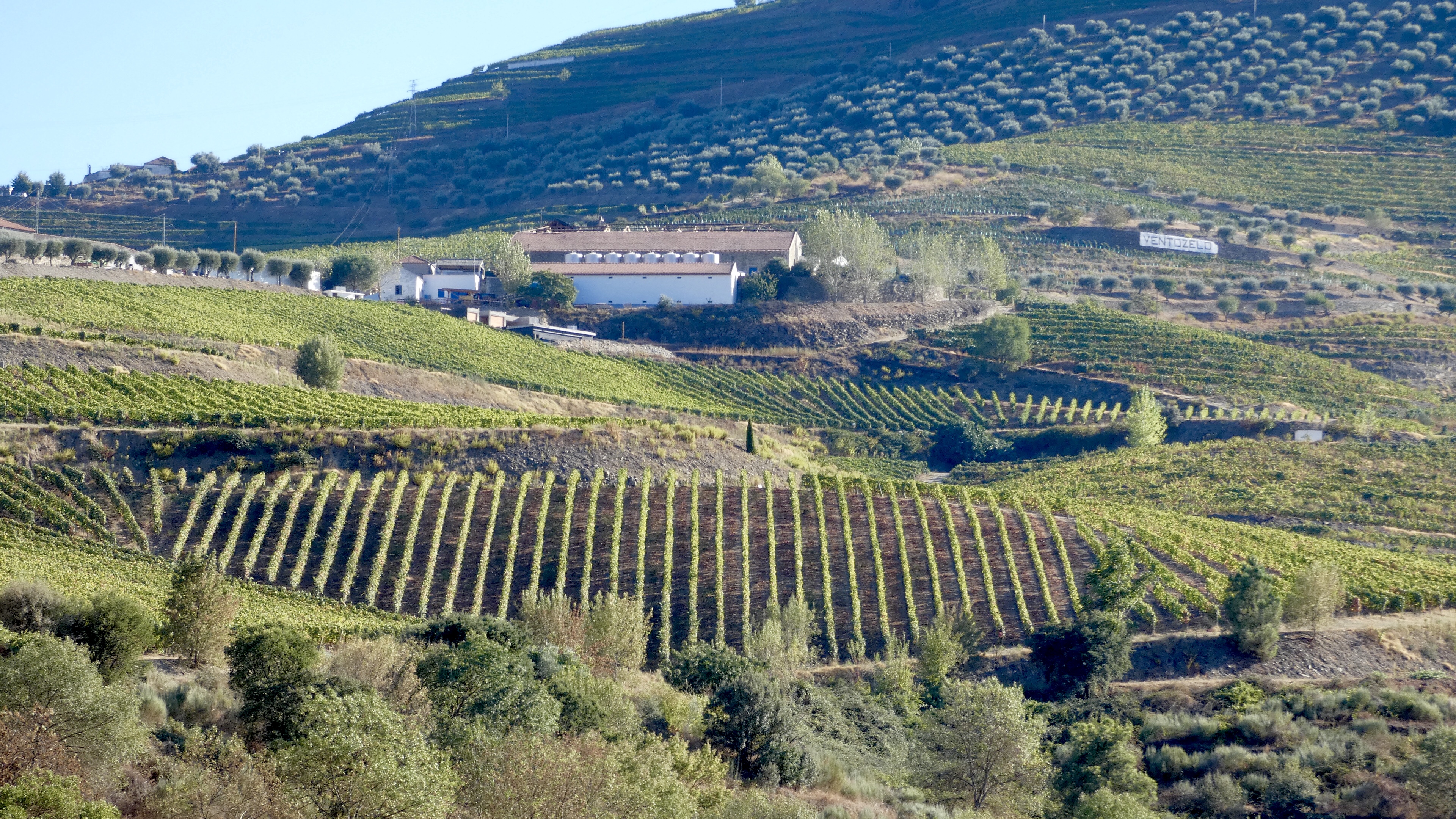
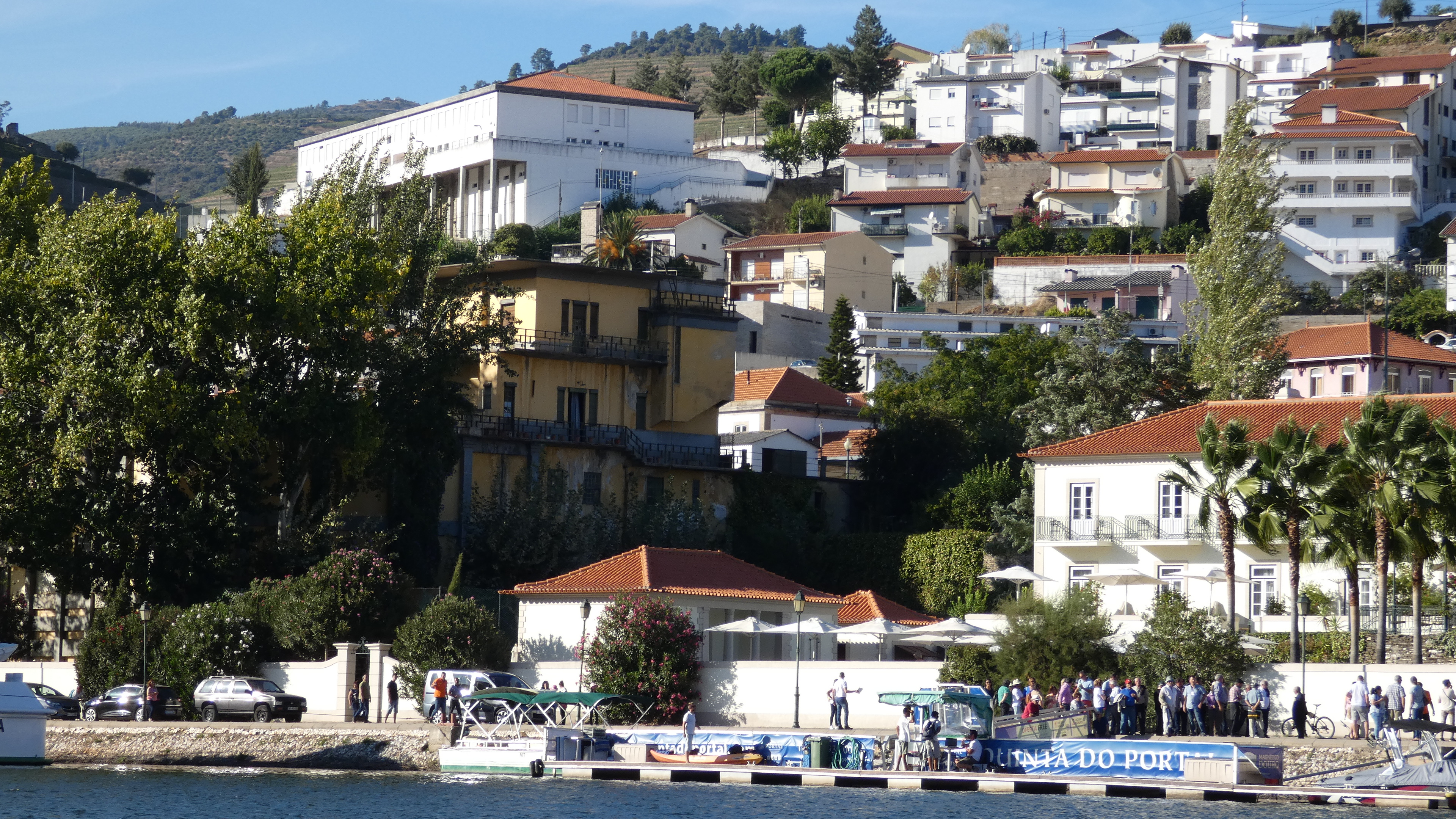
This is a story is worth telling.
The four of us were riding along N-222, a scenic byway along the Rio Douro on the way to Quinta do Cachao in São João da Pesqueira, when the low tire pressure light in our rented Fiat 500 (note to self—next time arrange for a larger vehicle if you want to transport four adults and their luggage) lit up in the town of Resende. We stopped at a gas station/food mart (Tangerina Gas n Go) to see if anyone could help. Scott asked an attendant if she spoke English. She said no, but Brito did and pointed us toward him. Brito did not work there—he had stopped for gas—but was happy to check out the car for us. He spoke excellent English with a bit of an Irish brogue, having worked for an Irish/English shipping company at one point. After he filled the tires, we asked him for a recommendation for a local restaurant. He said “follow me.”
Not even a little suspicious, we proceeded to follow his truck up increasingly steep and narrow roads. I was planning to buy him lunch. I don’t recall who said it first, but someone brought up the fact that we really didn’t know where he was taking us and did anyone remember that movie when that family was lured into that trap with that man with the strange mask and the chainsaw…
Still, we continued to follow him up and up until we arrived at the Douro d Vista, a restaurant on beautiful grounds high above the Rio Douro. Brito took us into the restaurant and introduced us to his friends who worked there. We asked him to join us as our guest, but he was going home to eat lunch with his mother, so he declined.
We had the best meal we have had—and probably hope to have—in Portugal. Between the bacalau, the pork, the beef, the clams, and the fixings, we couldn’t say enough about how good the food was. It’s location is the epitome of “hidden gem,” as it’s not easy to find, but it deserves a special place in culinary heaven. As does Brito.
Here are a few images from the drive from Porto to Sao Joao de Pesqueira. The Douro river valley is Portugal’s Napa Vally—know for it’s excellent grapes for making port and other wines.







The most striking elements of most of Porto’s older buildings are the elegant doorways and the extensive use of ceramic tiles. Each can be found in every state of repair, from fully intact to falling apart.
I’m fascinated by both elements. Here are some images.
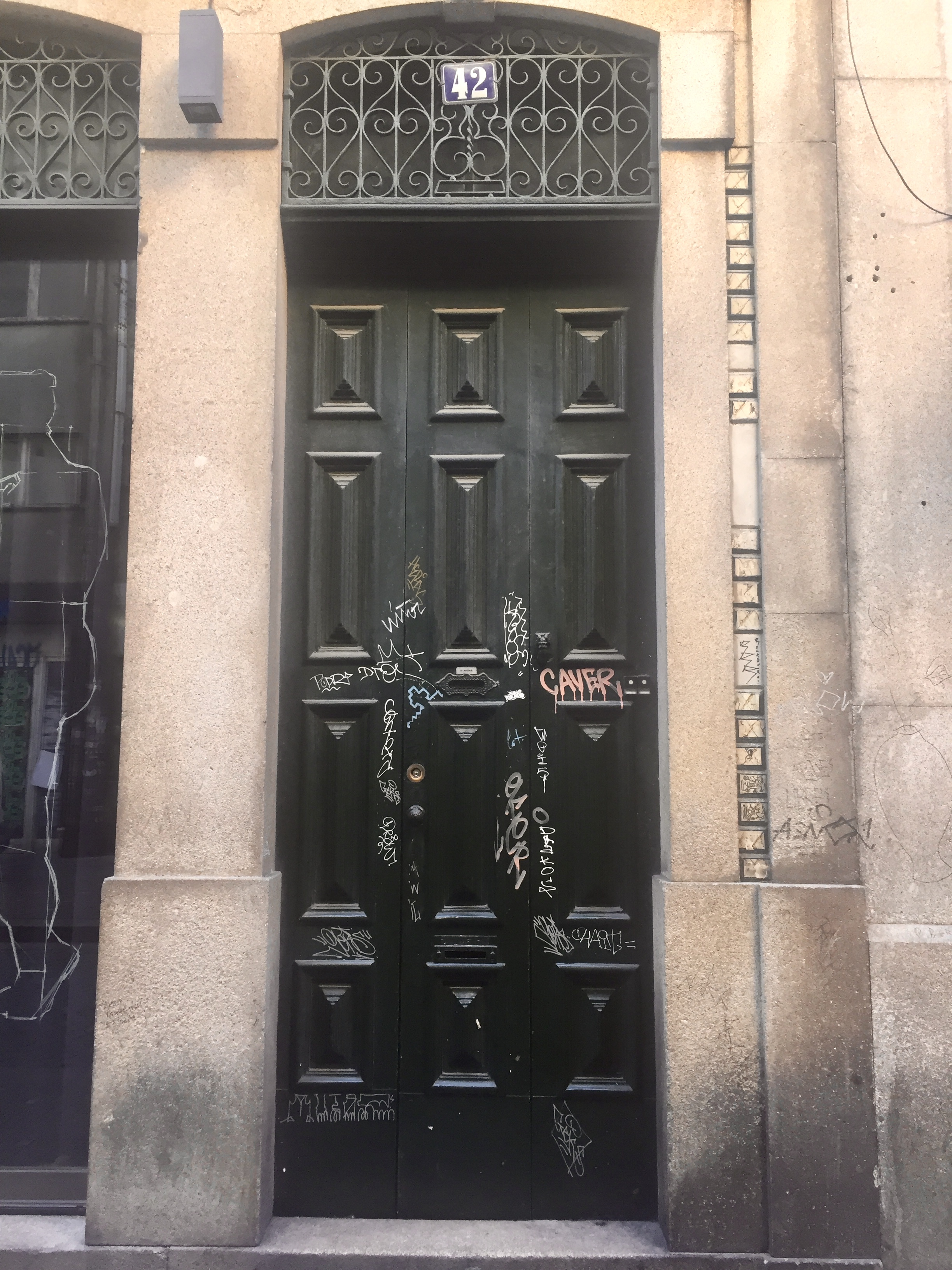
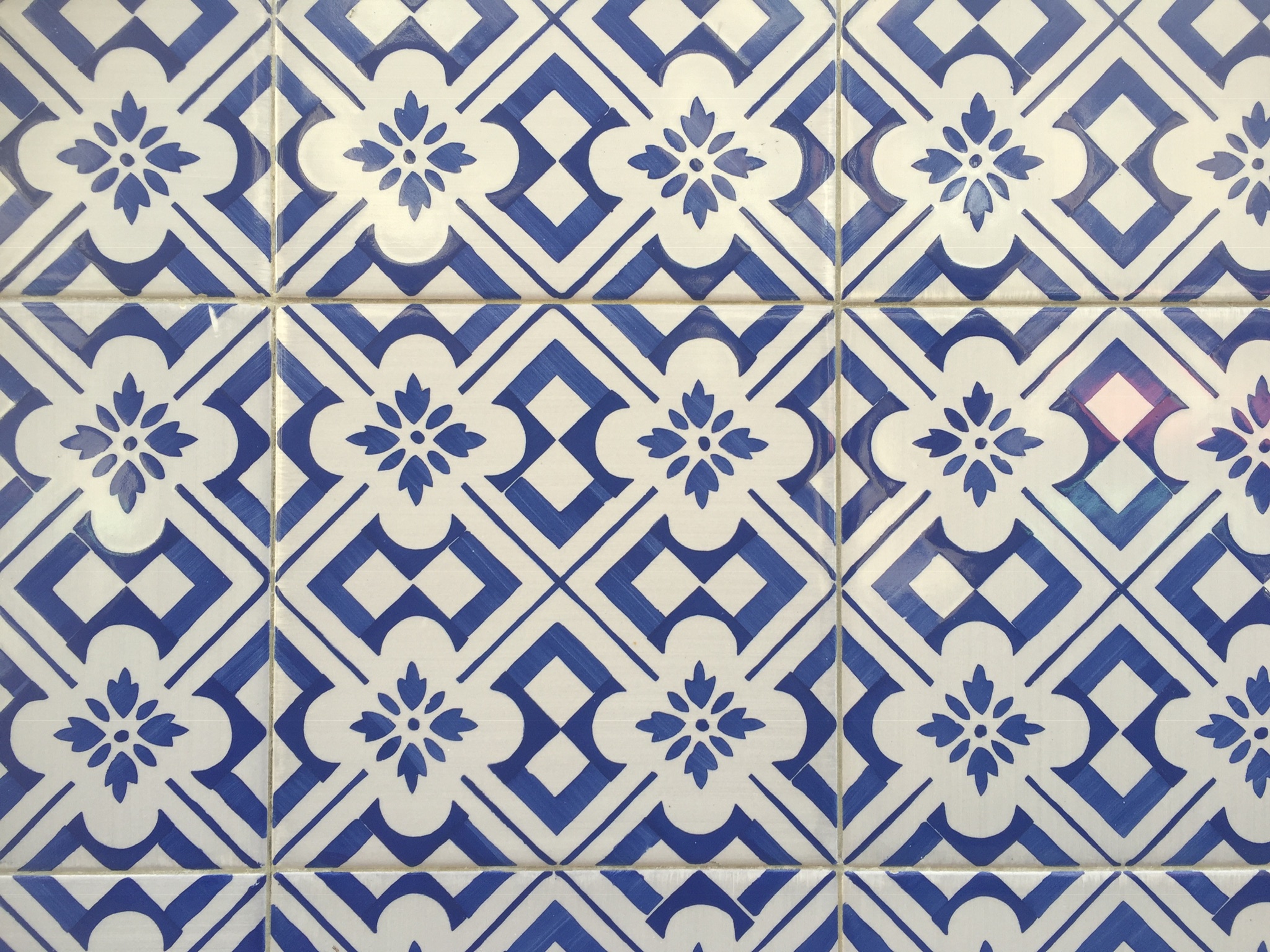
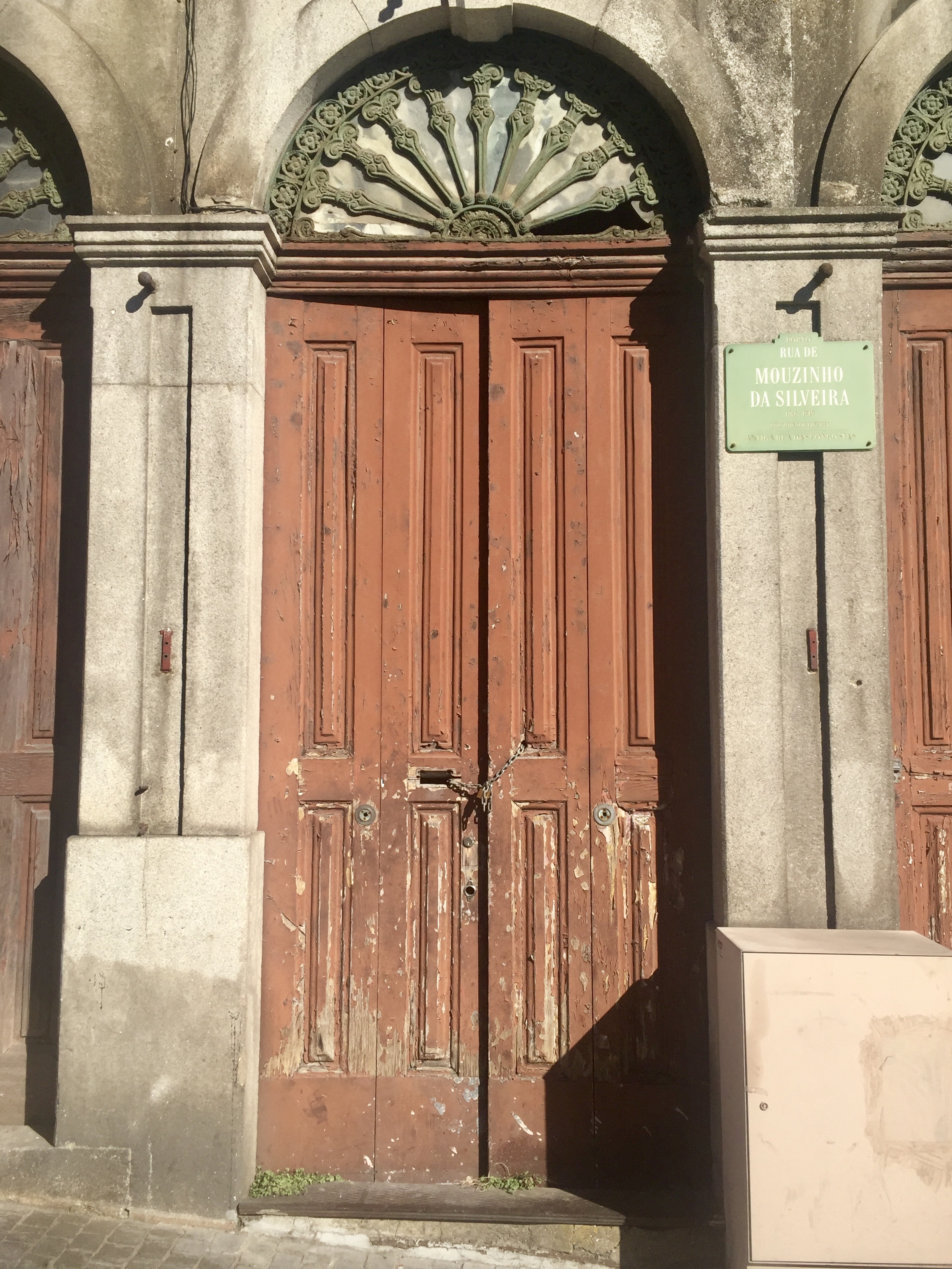
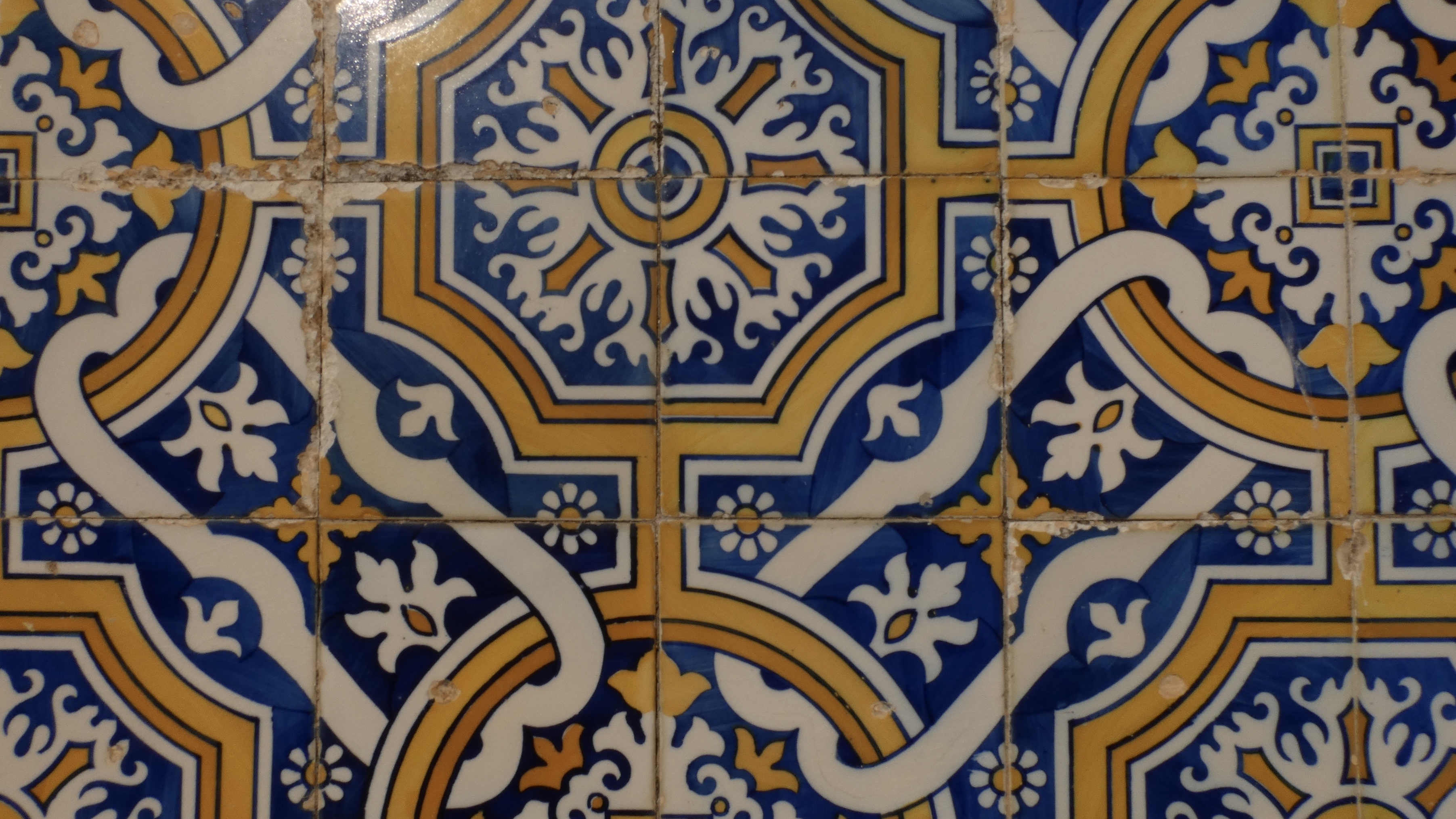
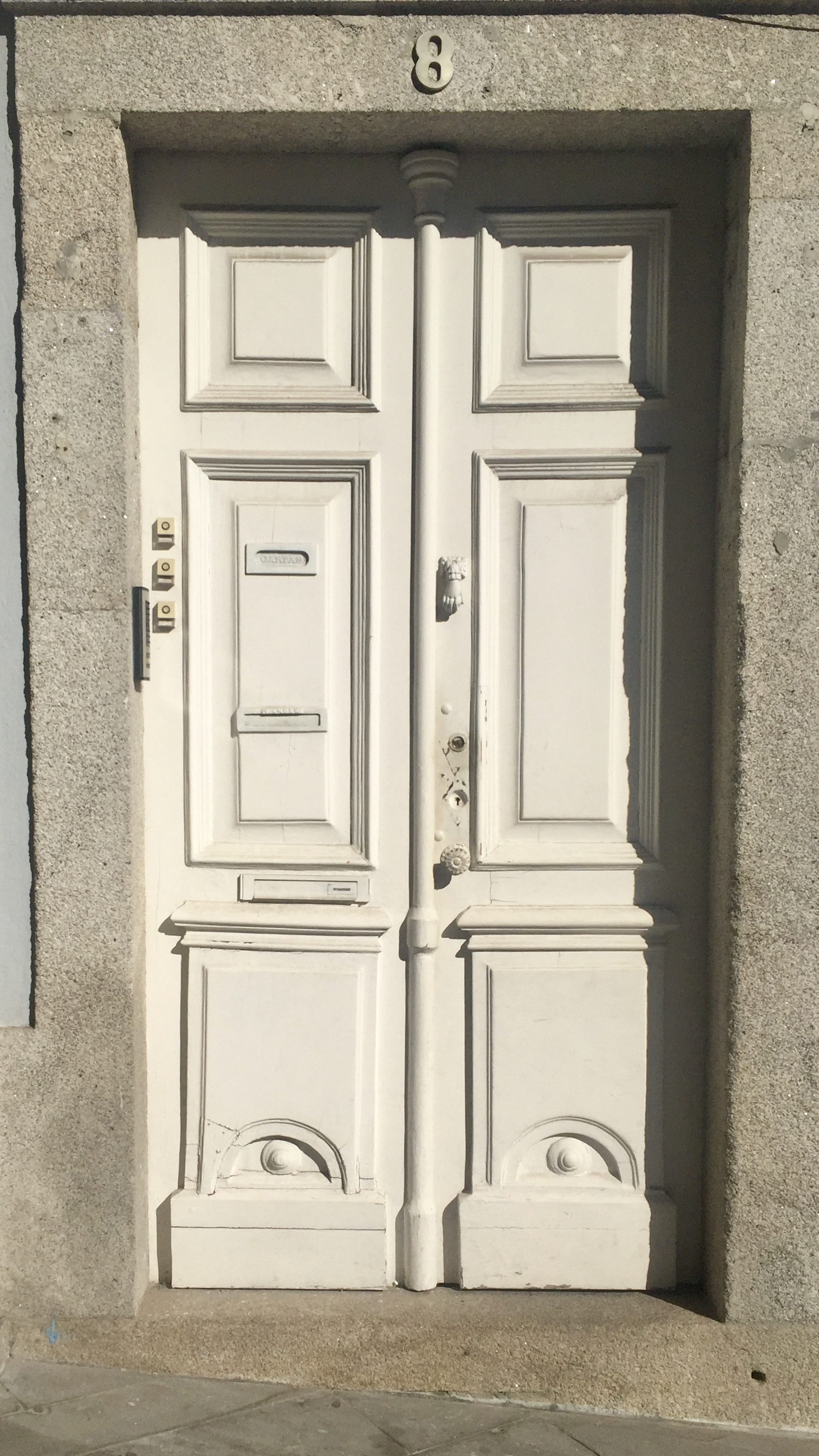
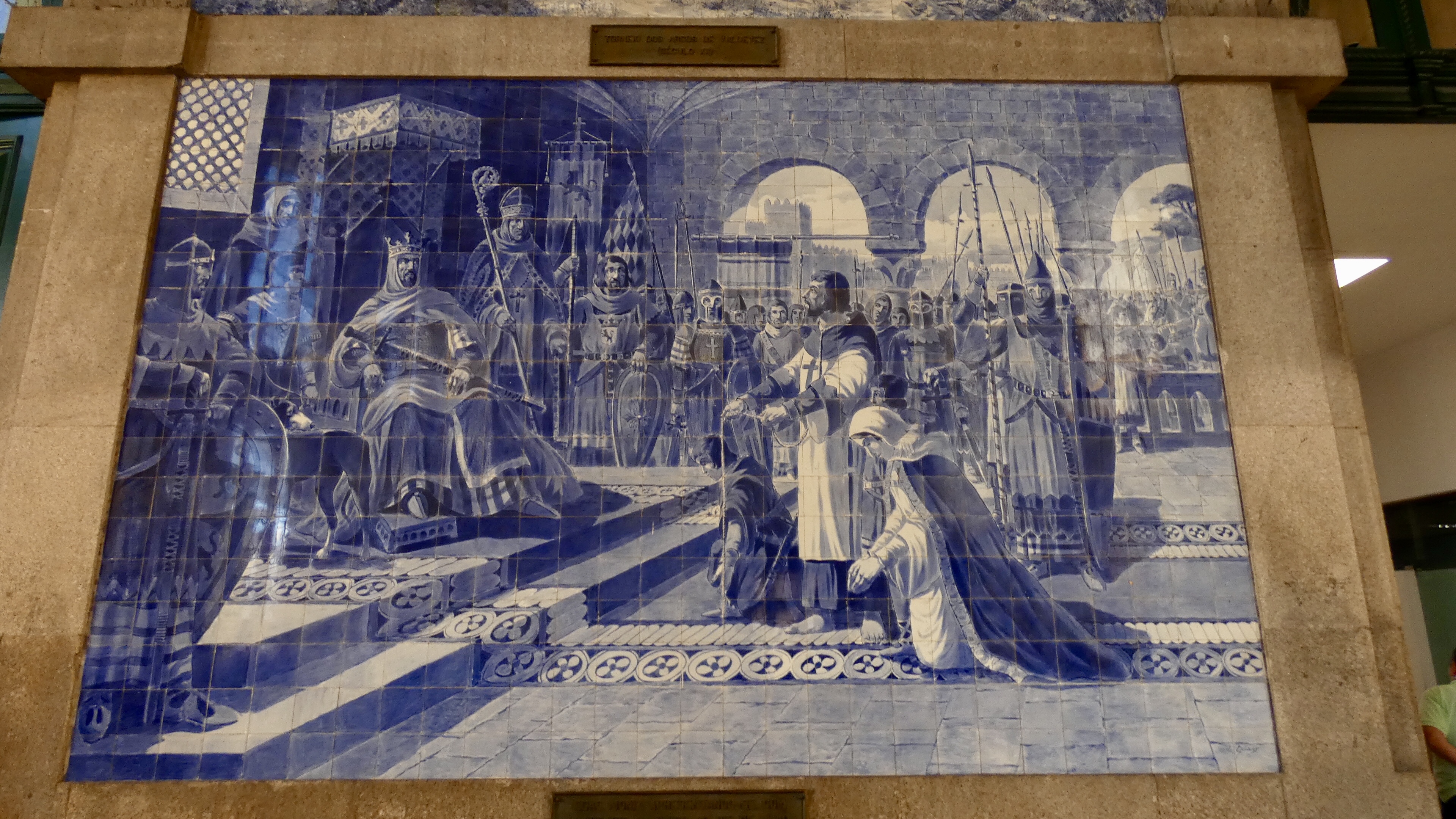
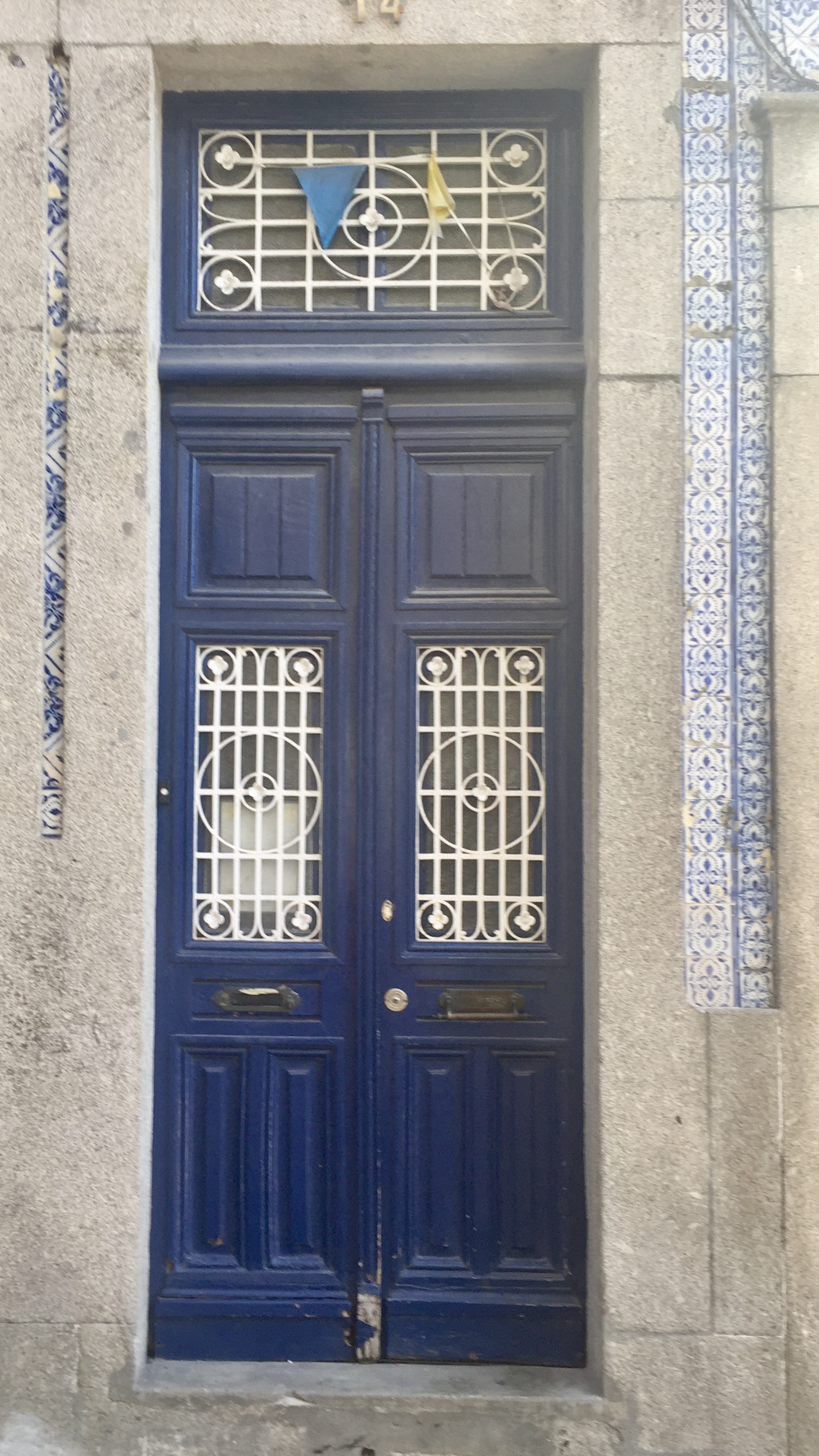
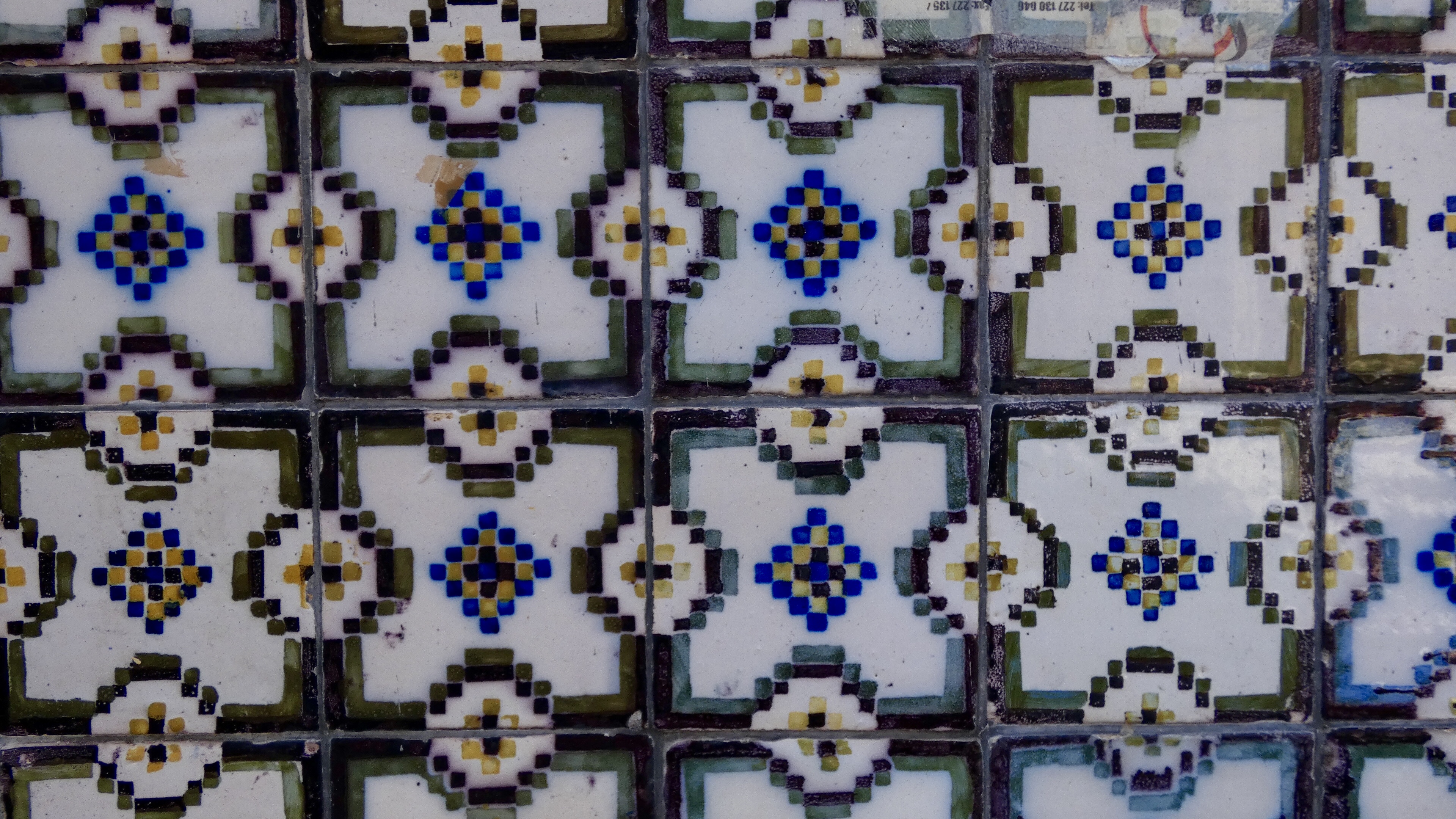
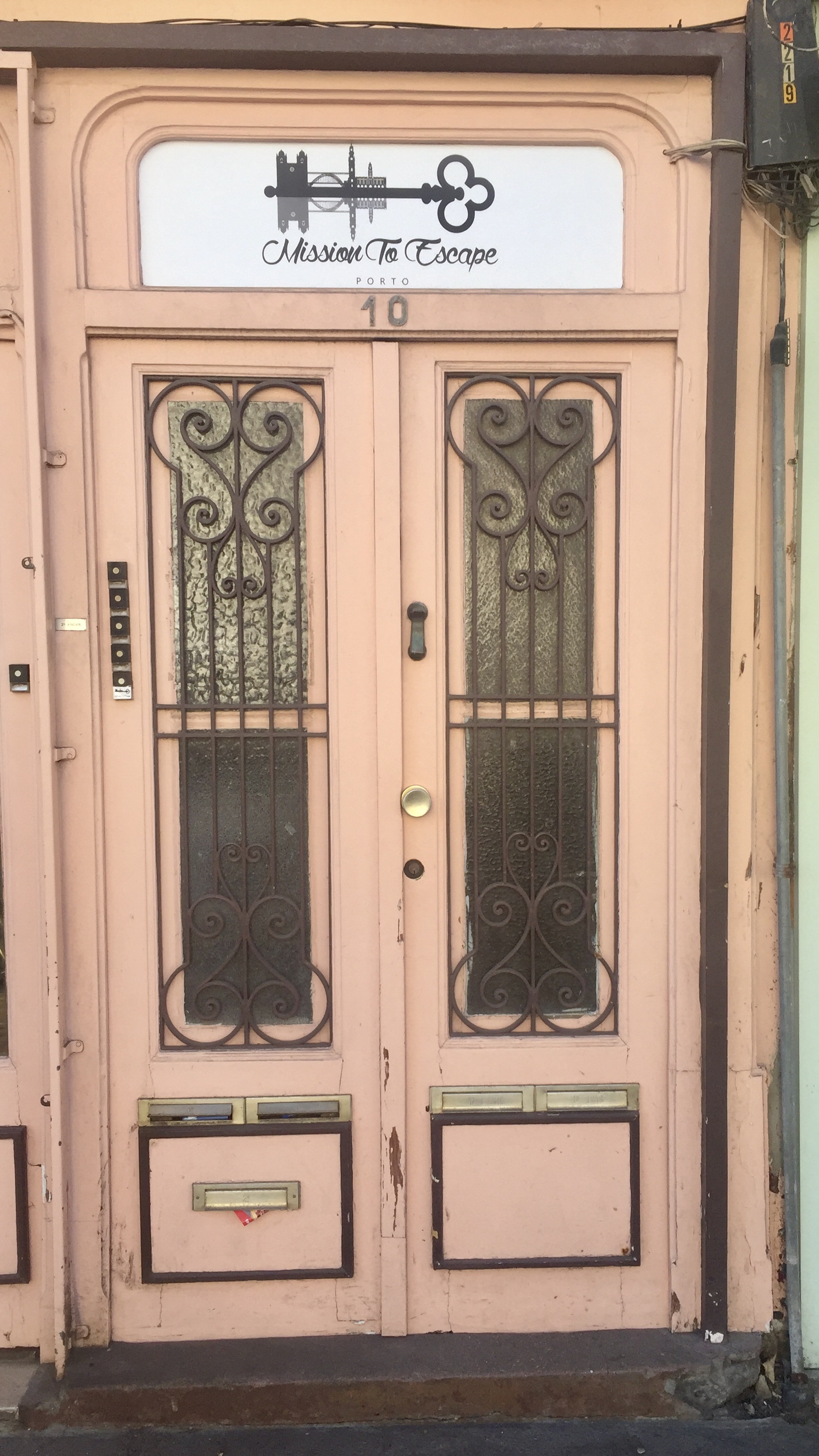
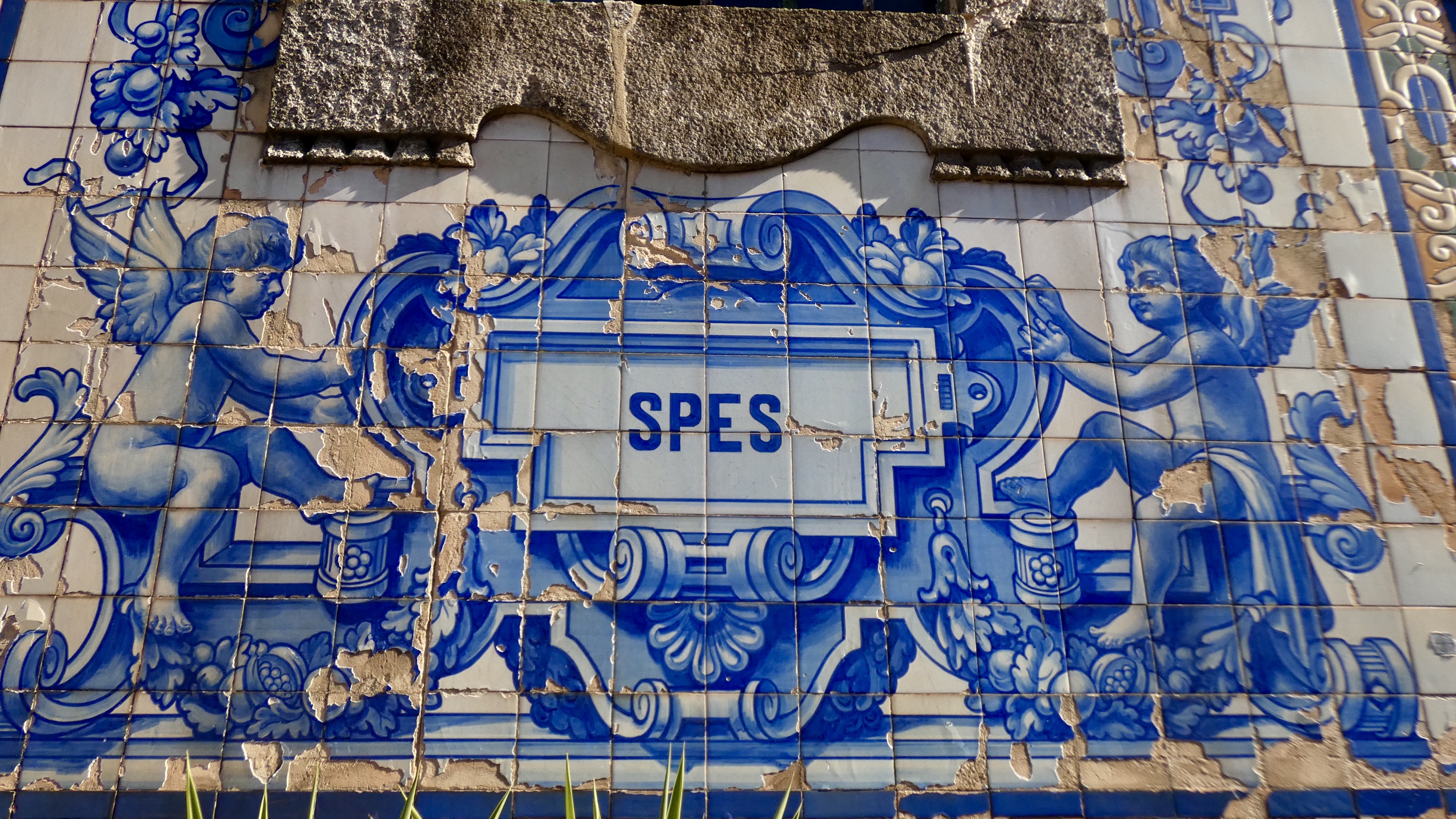
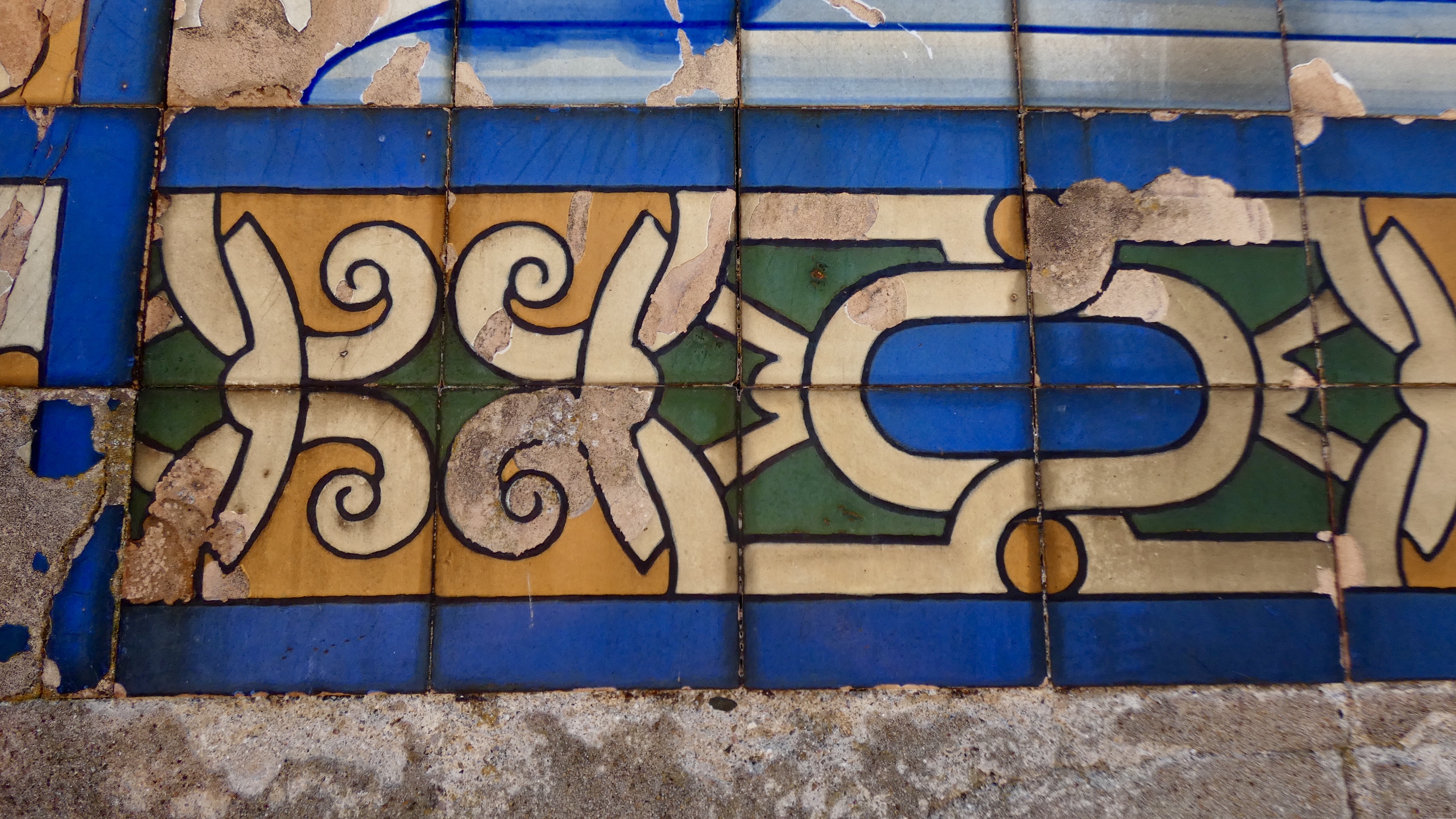
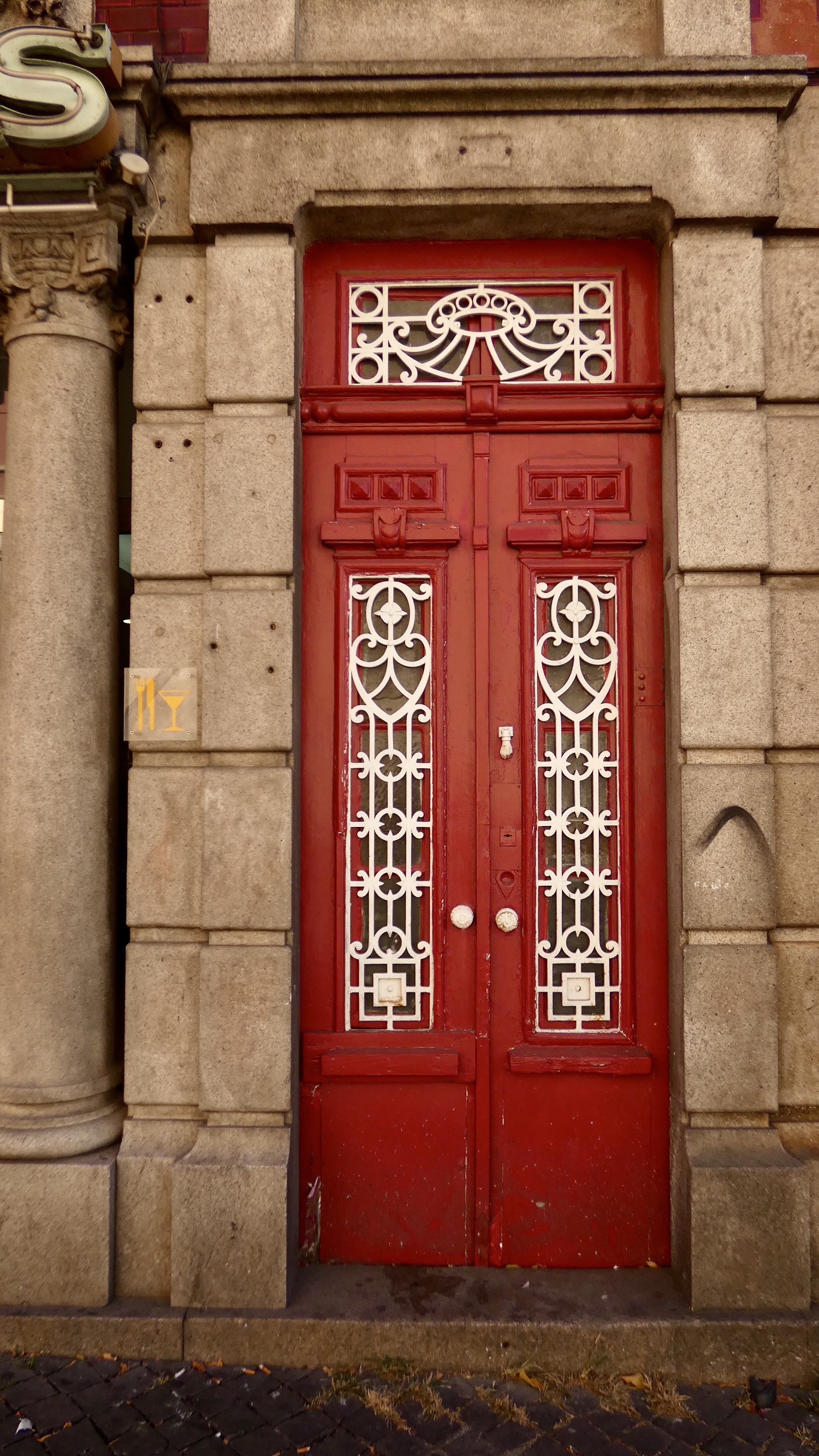
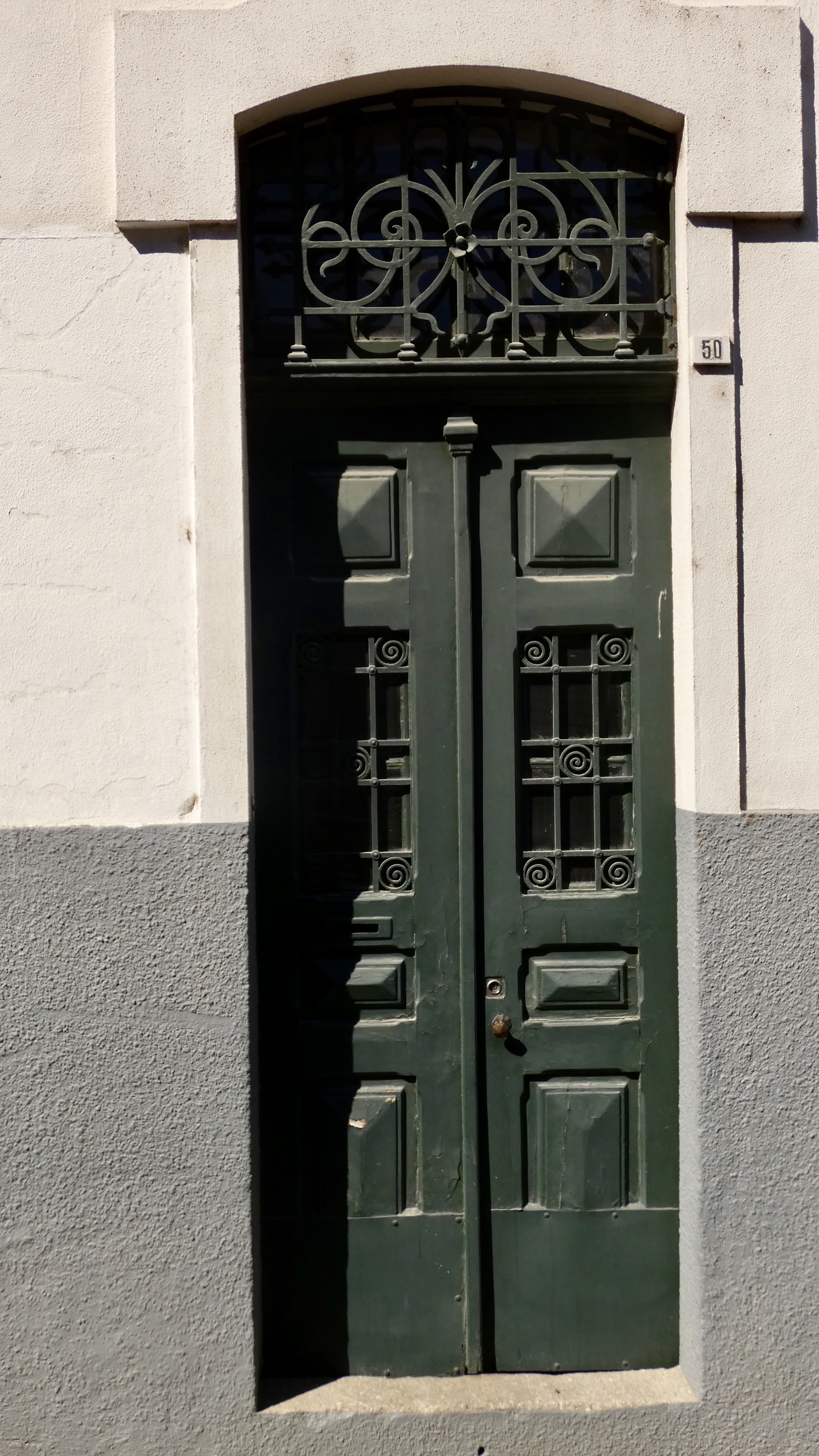
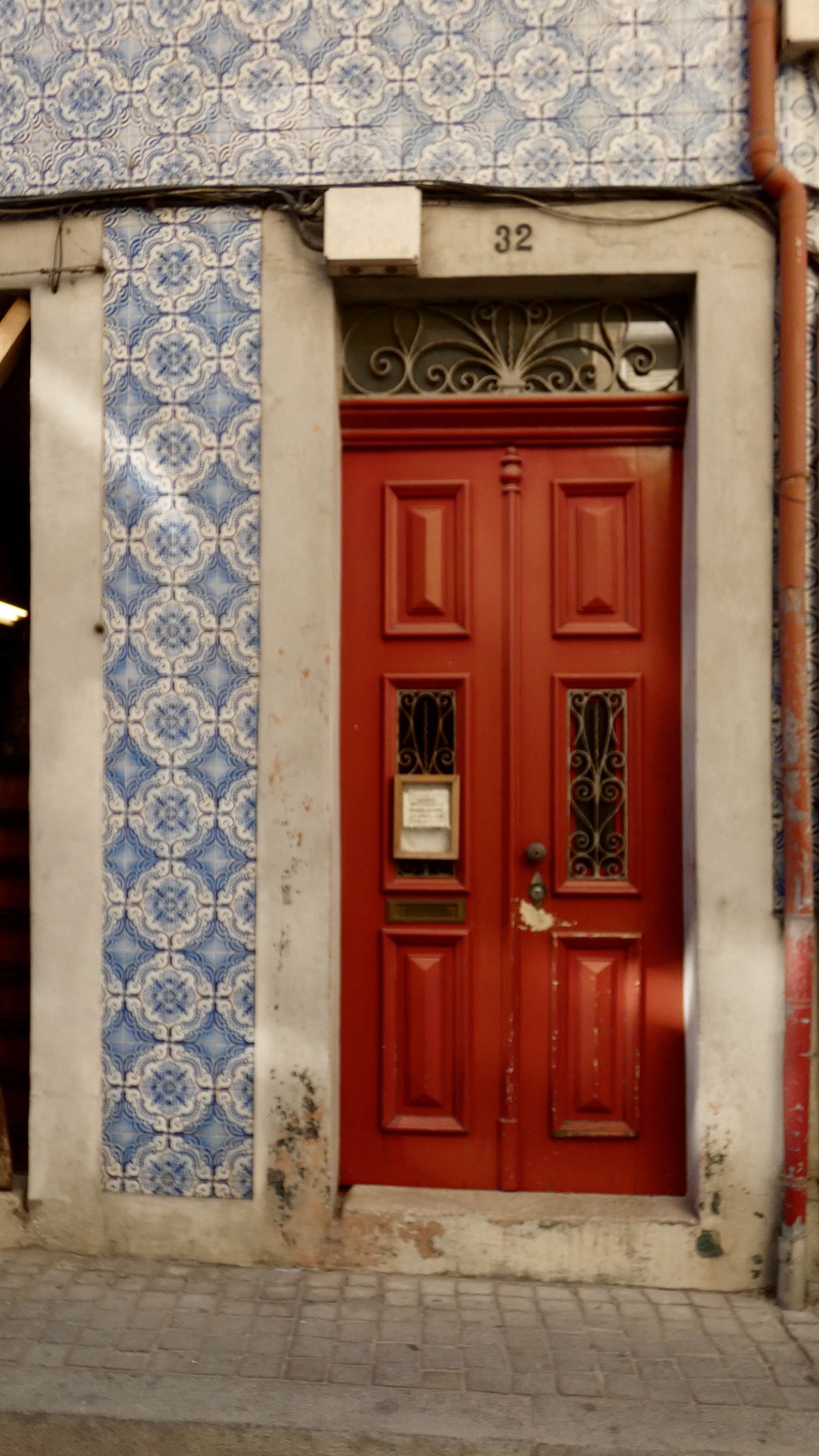
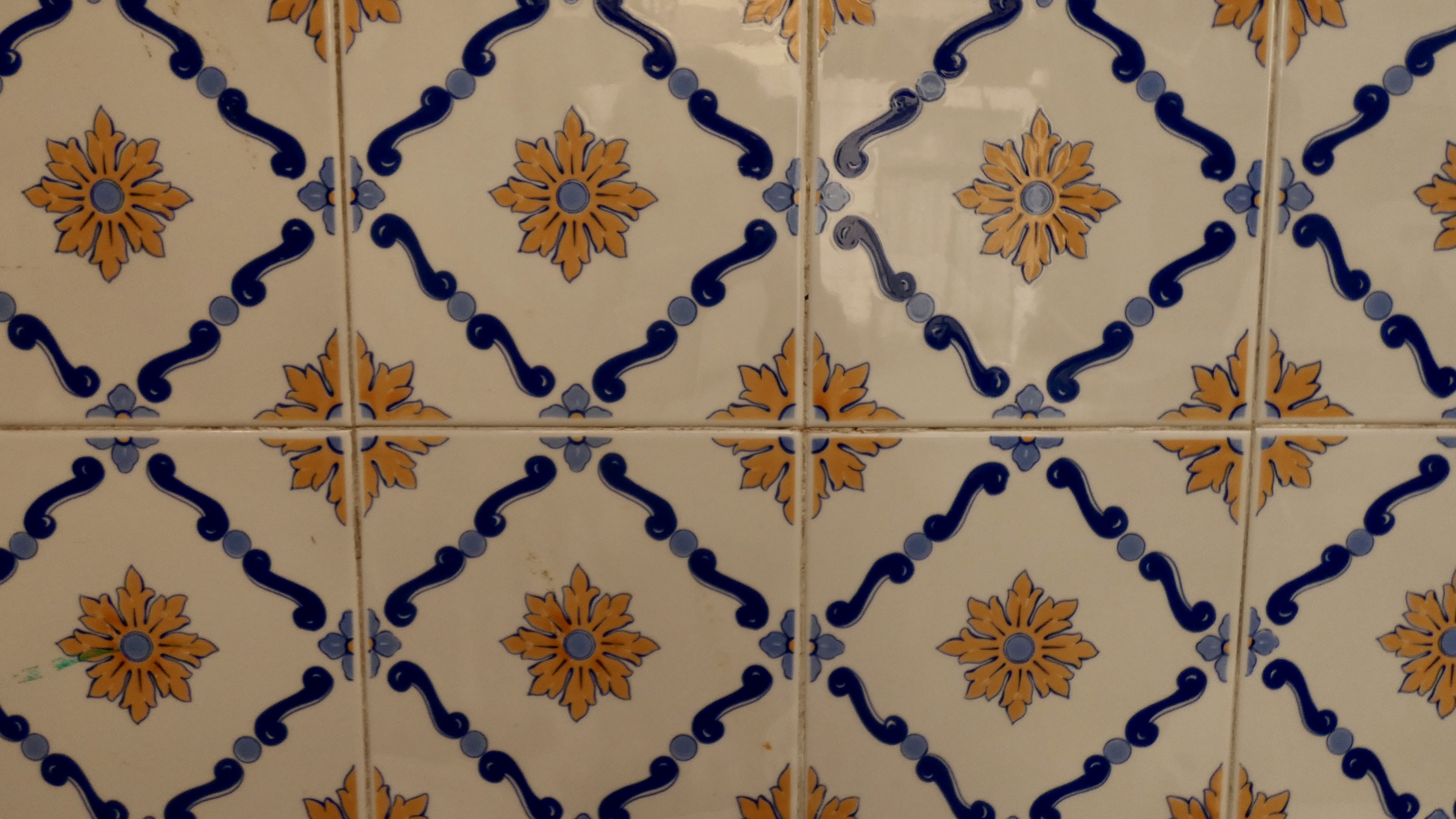
Joined by Scott and Cathy Wells, our traveling companions for most of the rest of our time in Portugal, we set out to explore more of Porto, including a trip across the Rio Douro for a tour of the Taylor winery. It involved a lot of walking up and down Porto’s sometimes very steep hills on a clear and hot day, but it was worth the effort.
The day included a return to Sao Bento, a walk over the upper Dom Luis I bridge across the Rio Douro to Gaia, Porto’s sister community on the south banks of the Douro, lunch at one of the many cafes along the river, a climb uphill to the Taylor winery, and a quick trip over the lower bridge to the Ribeira, the northern bank of the Douro. At this point, the Wells went back to the apartment and Mary and I continued back uphill to visit the Museu de Soares do Reis, a small but interesting museum of local culture and history.
Here are a few images of the day.
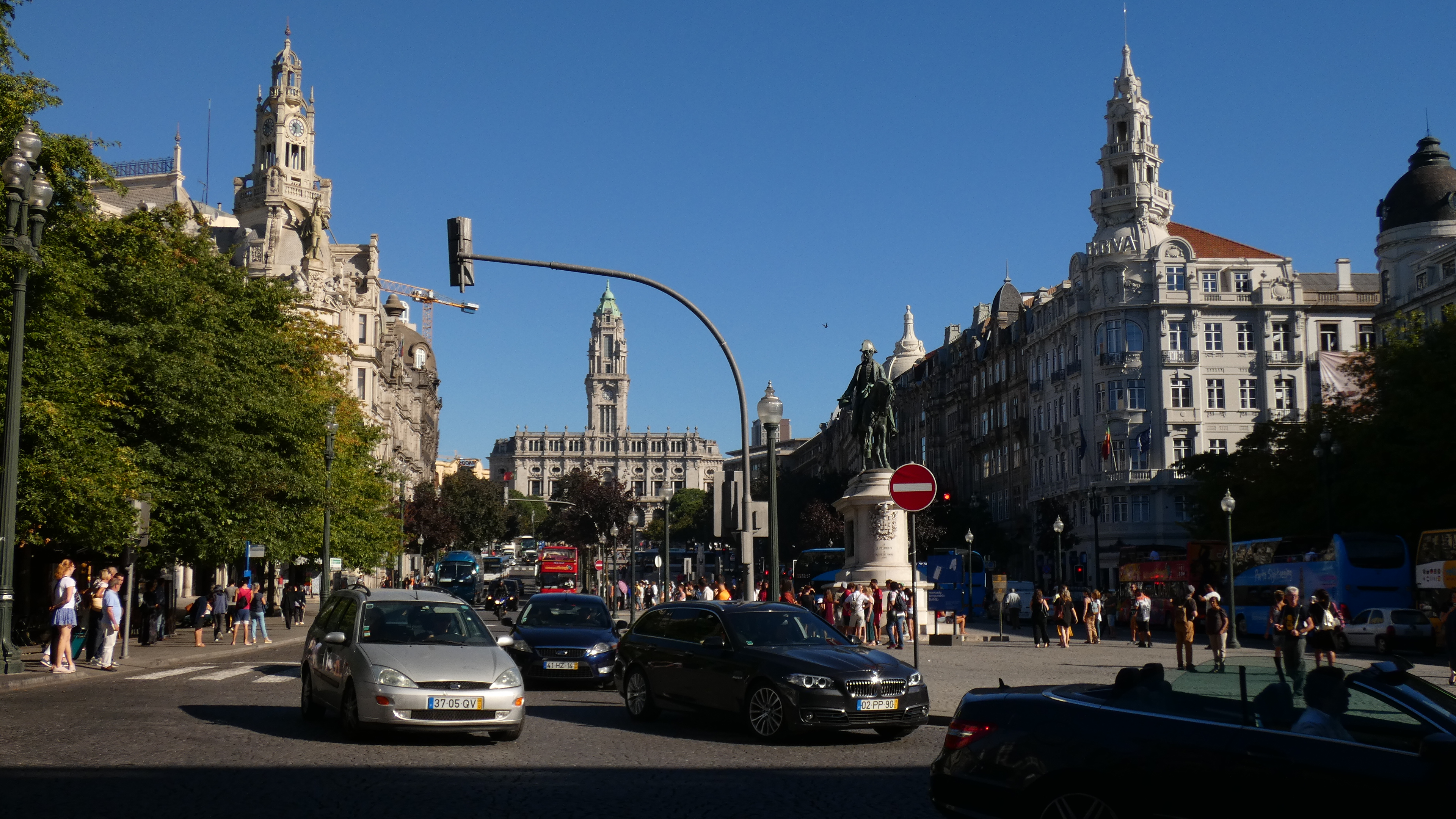
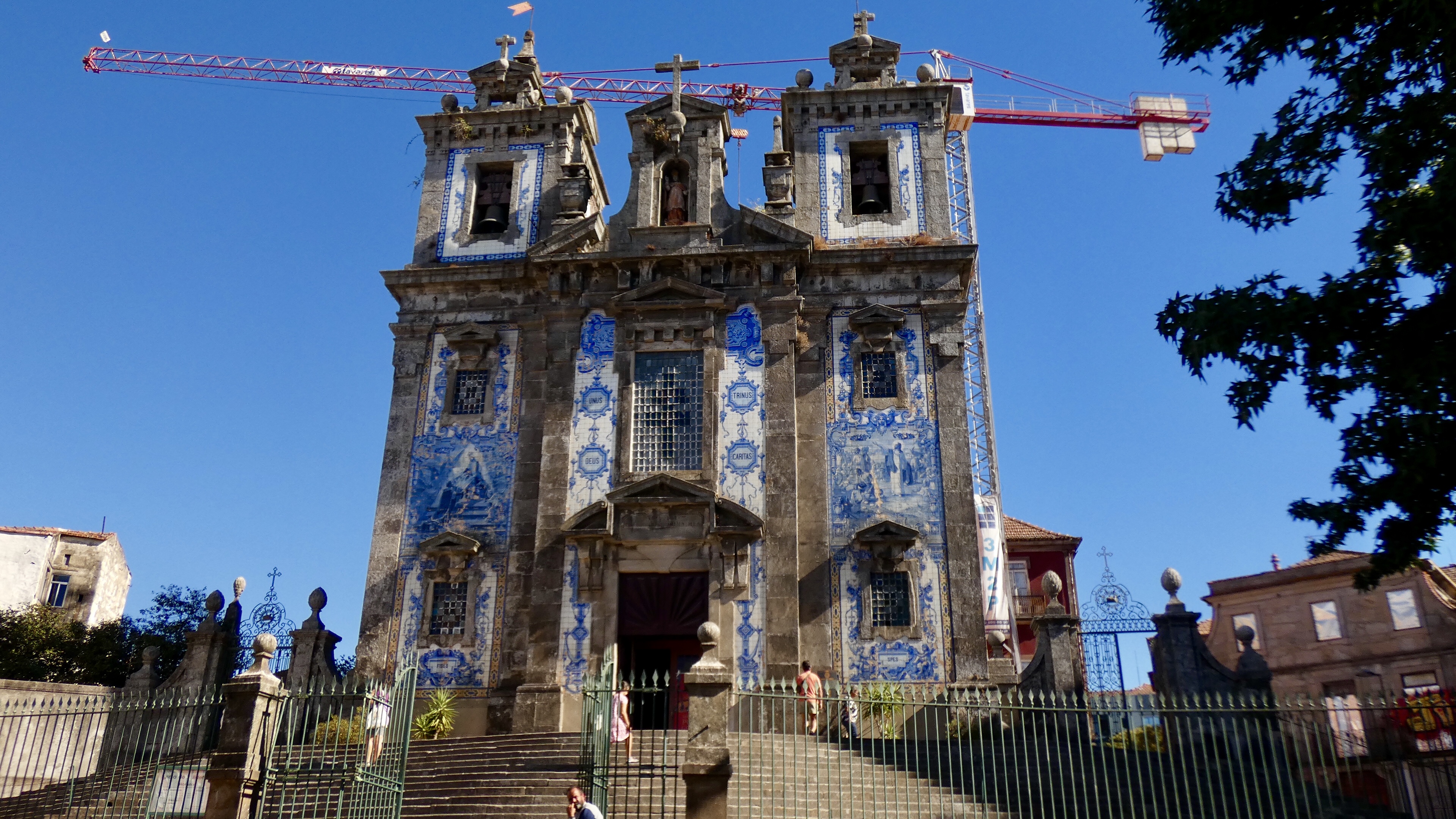
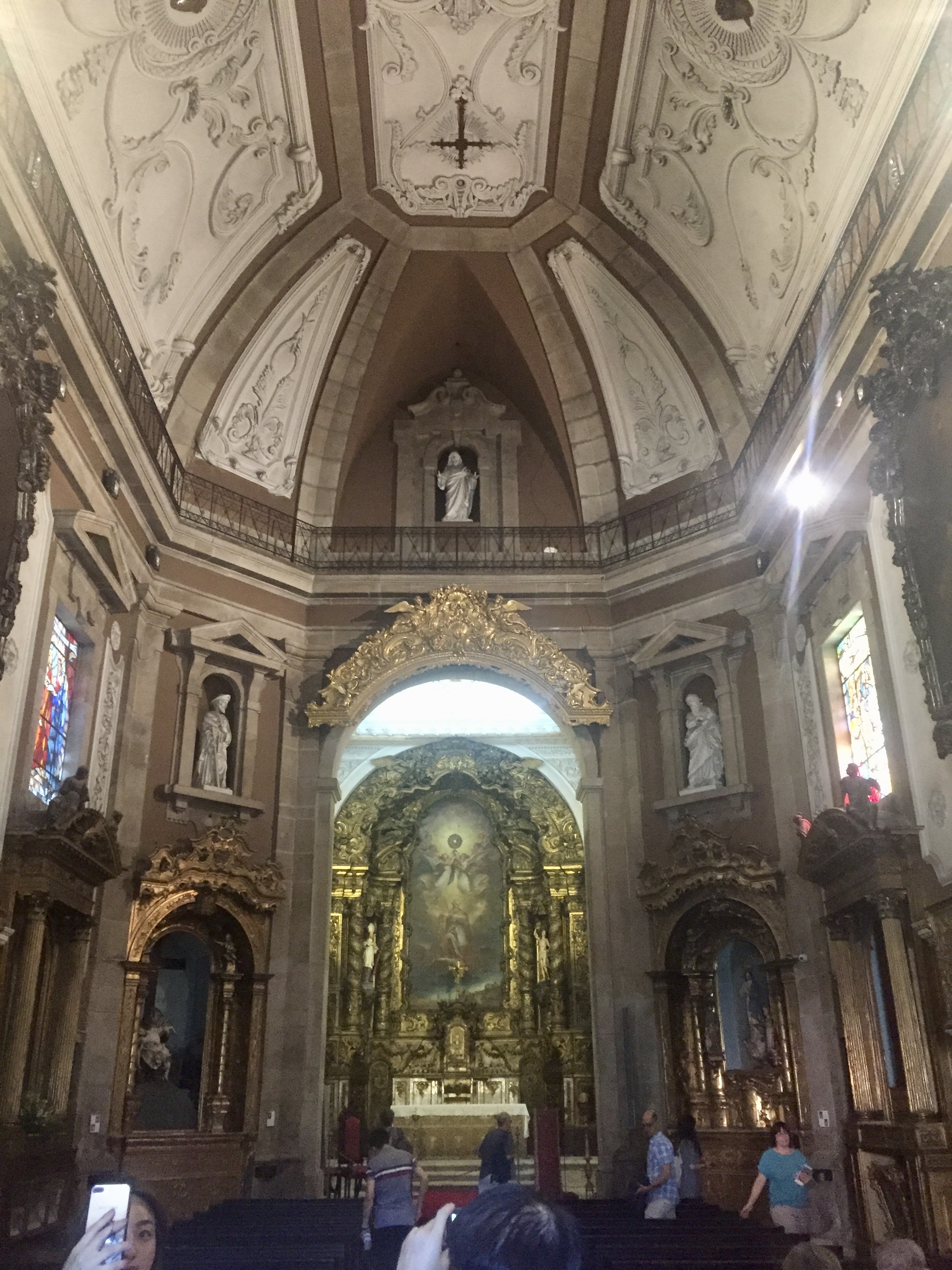
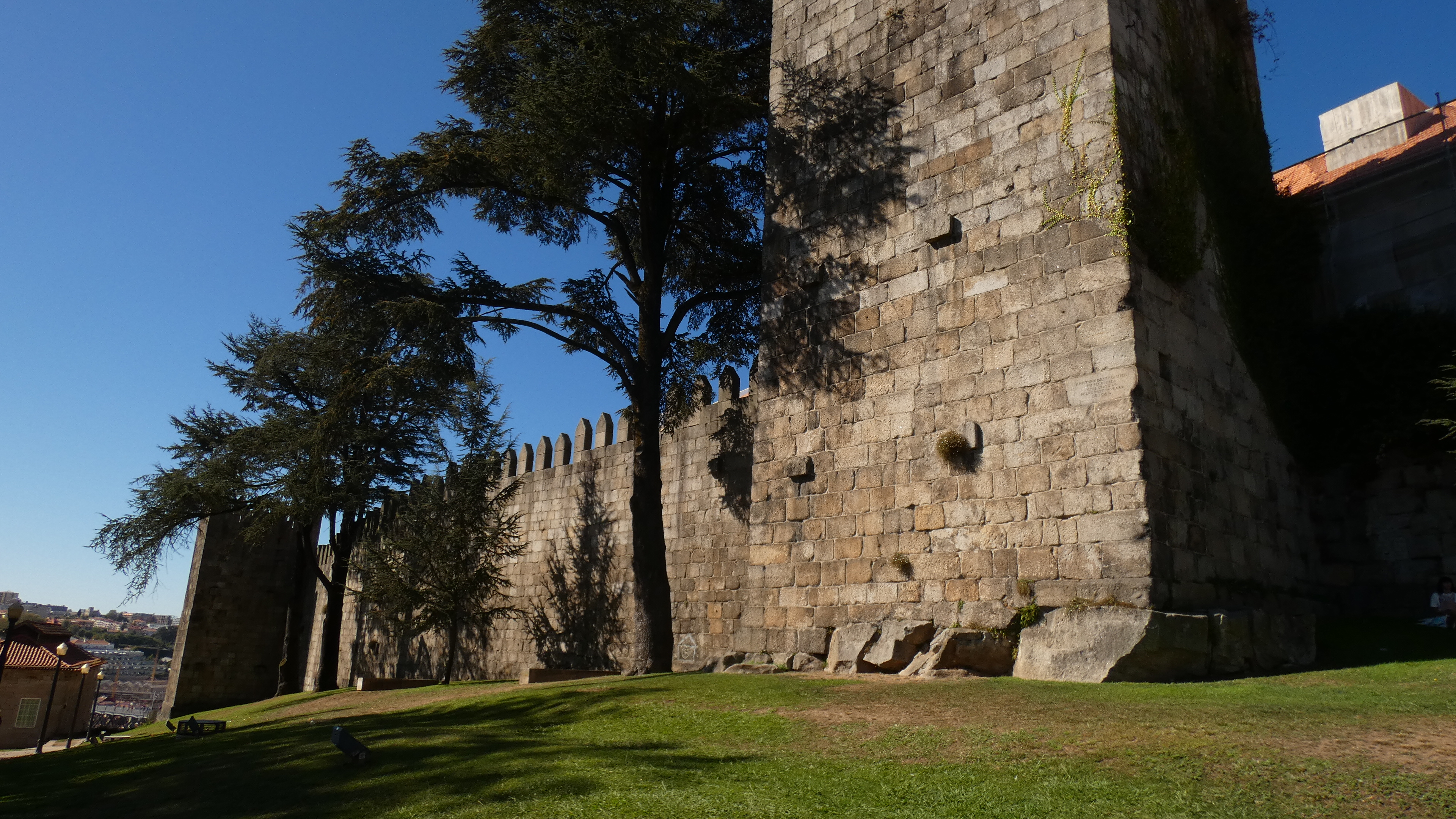
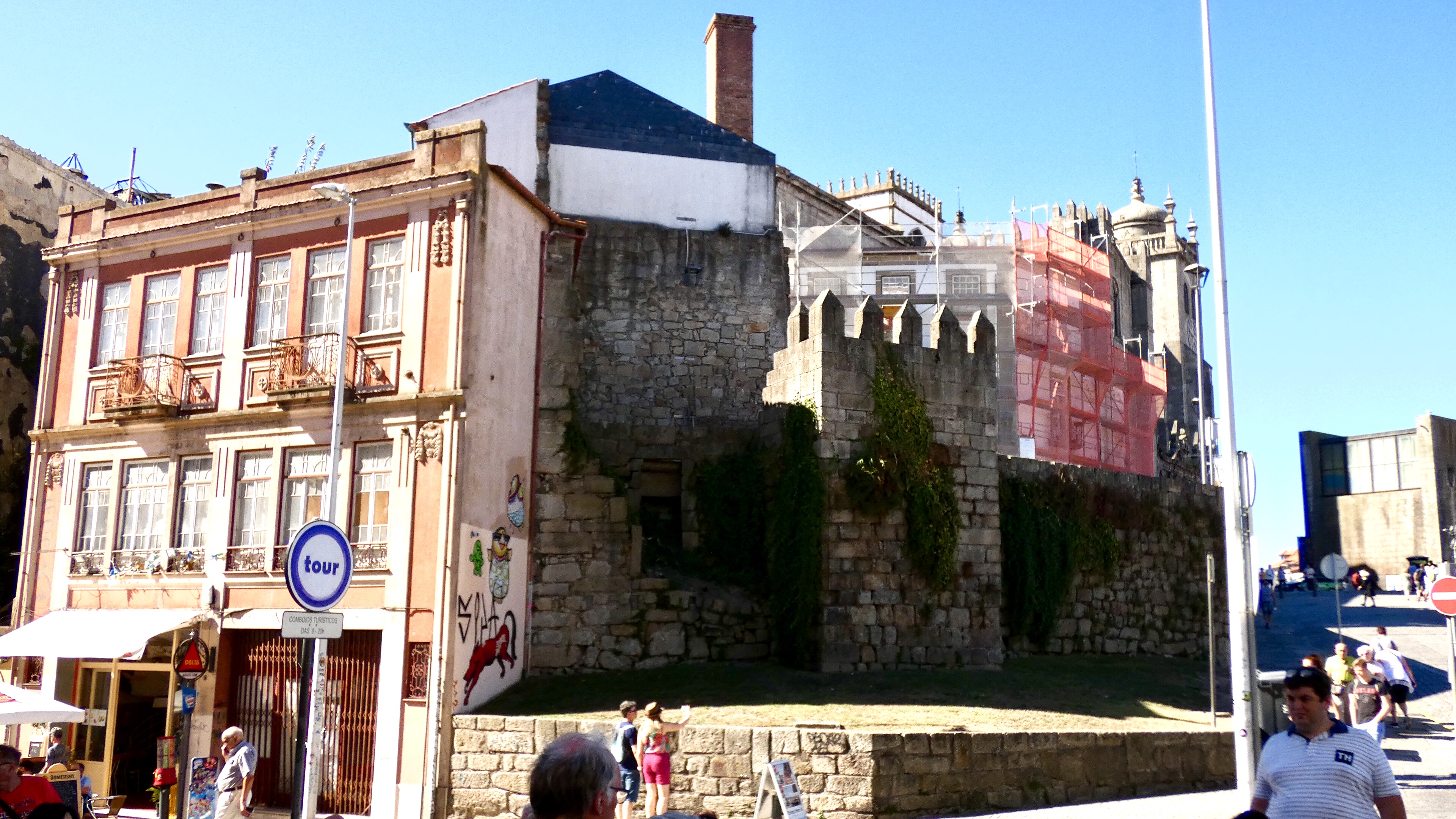
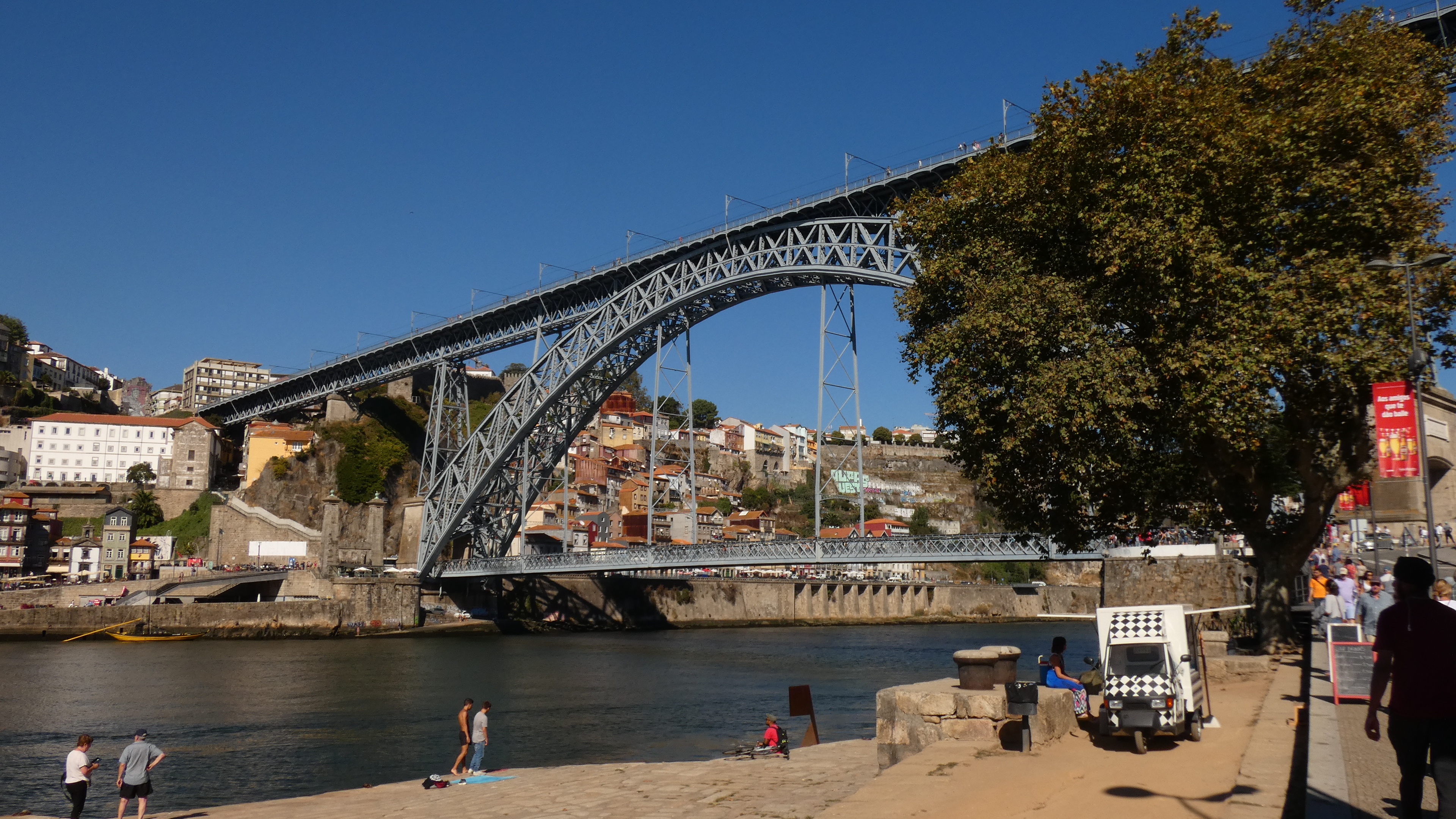
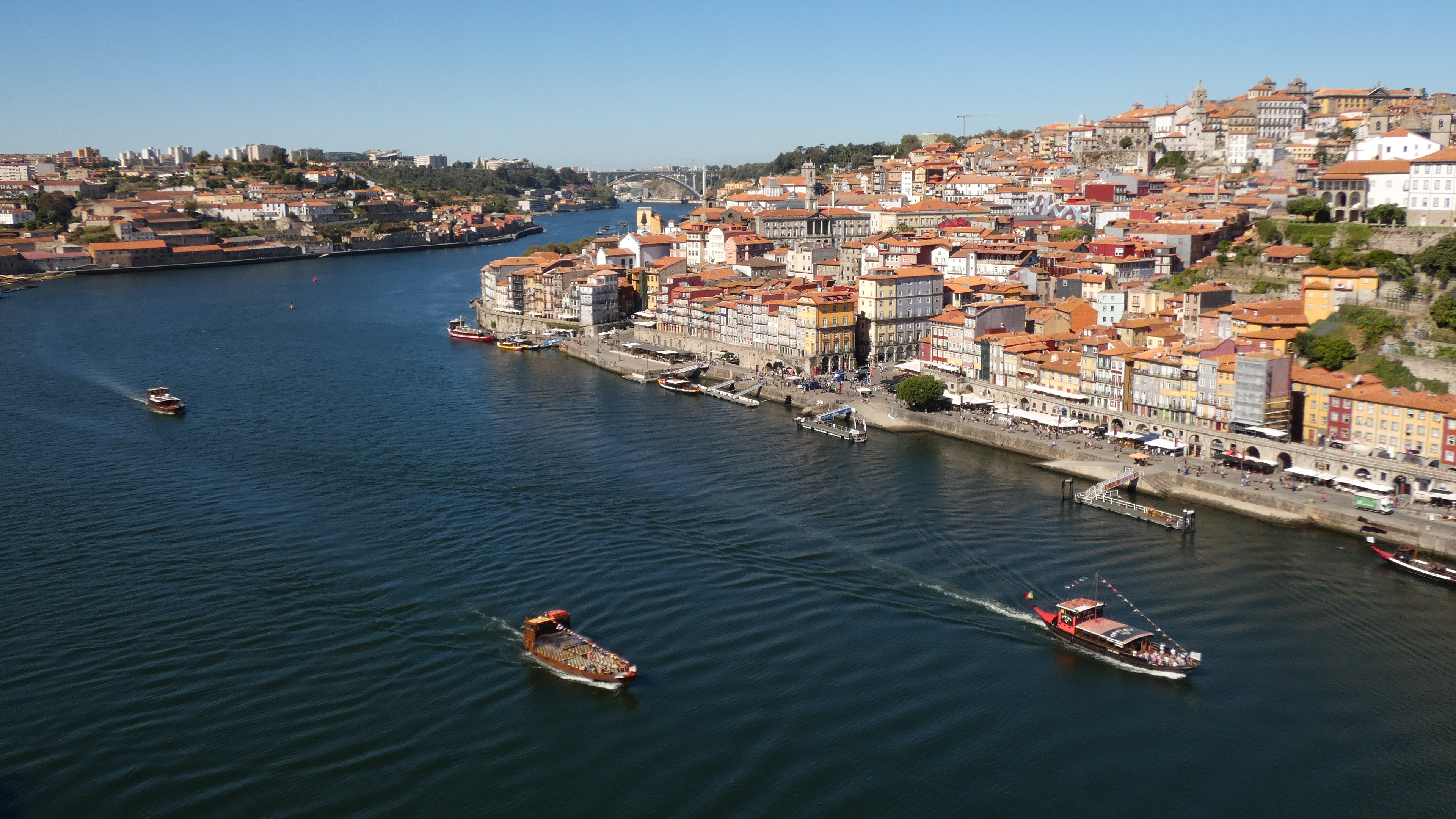
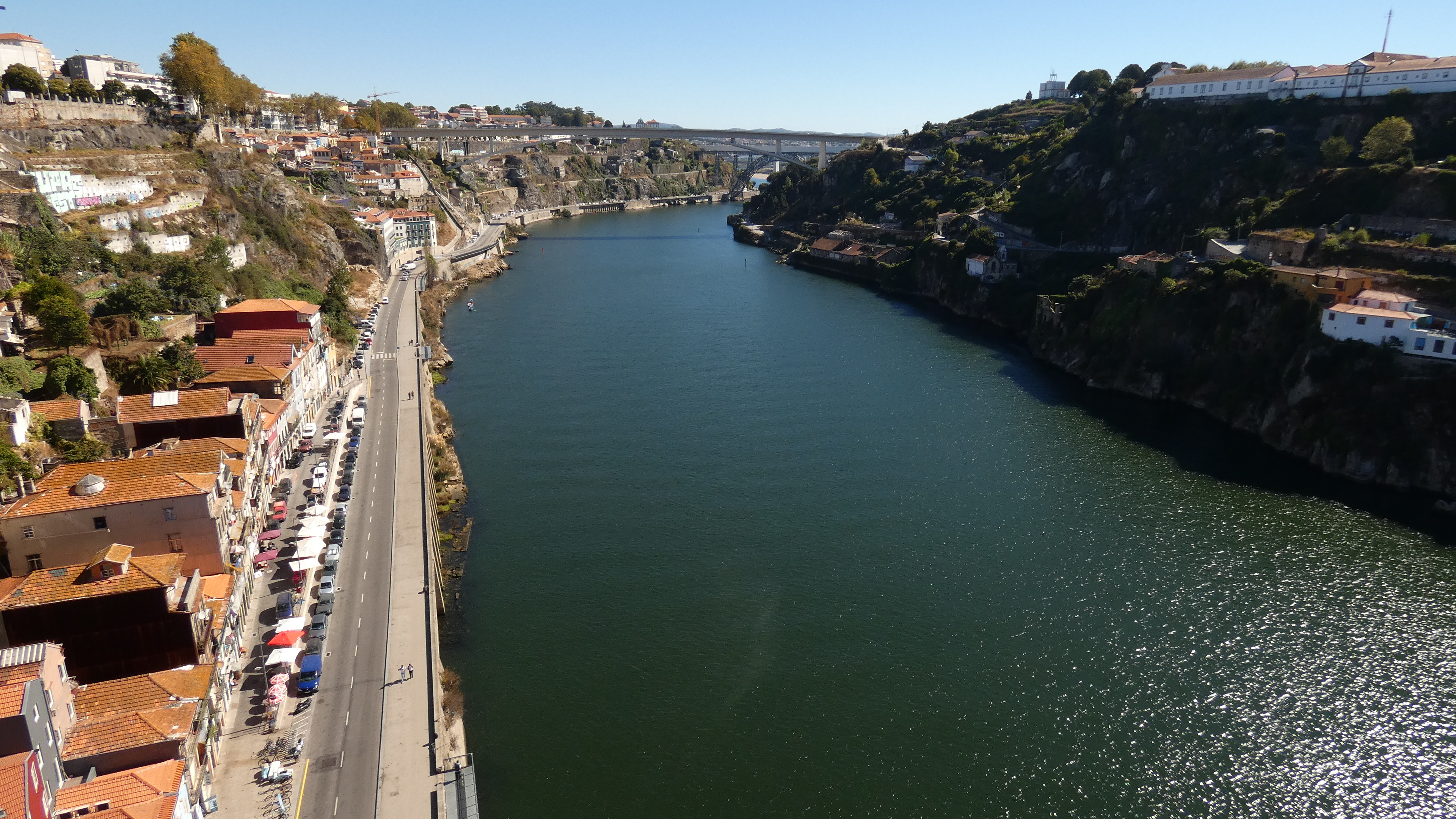
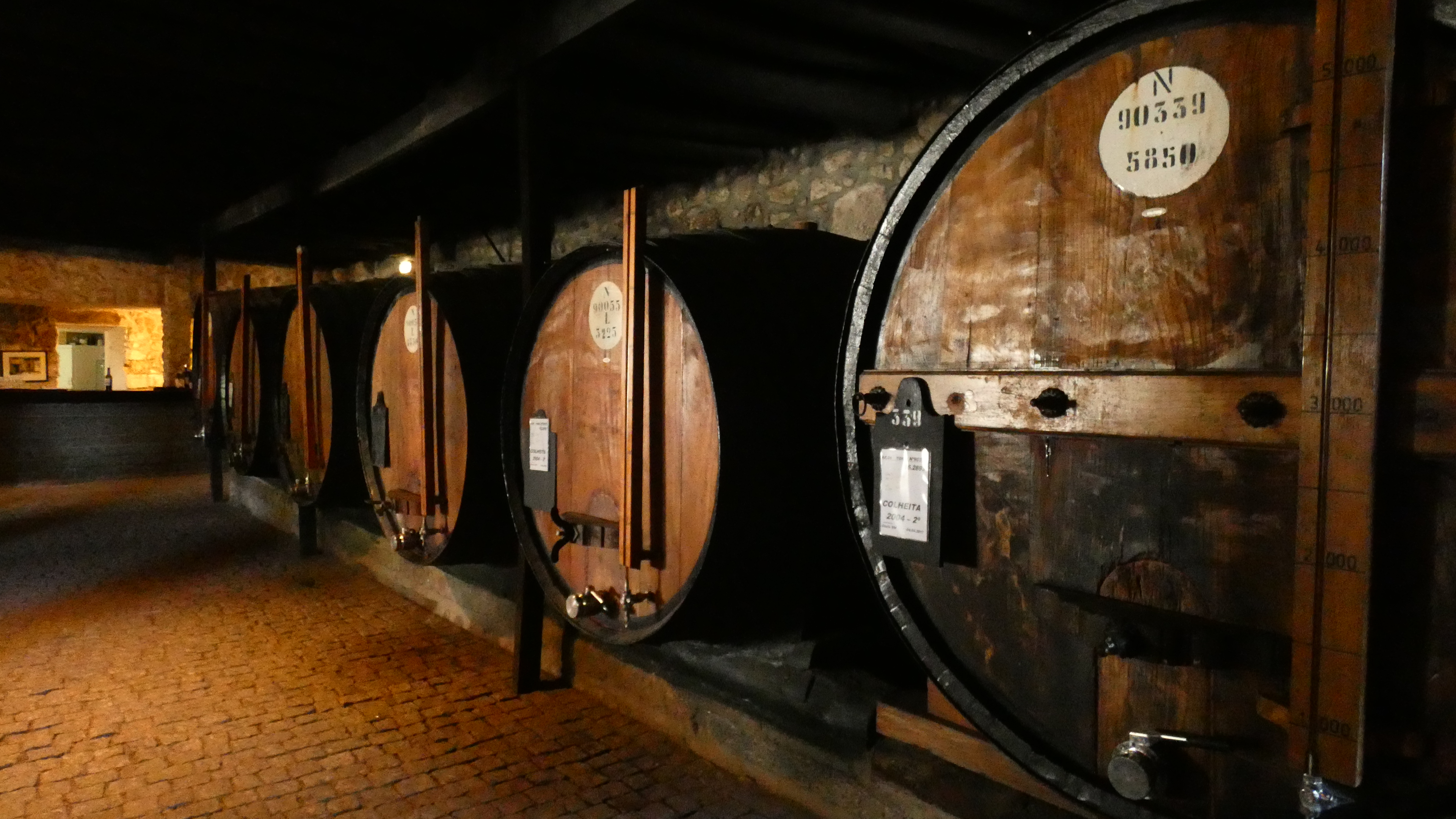
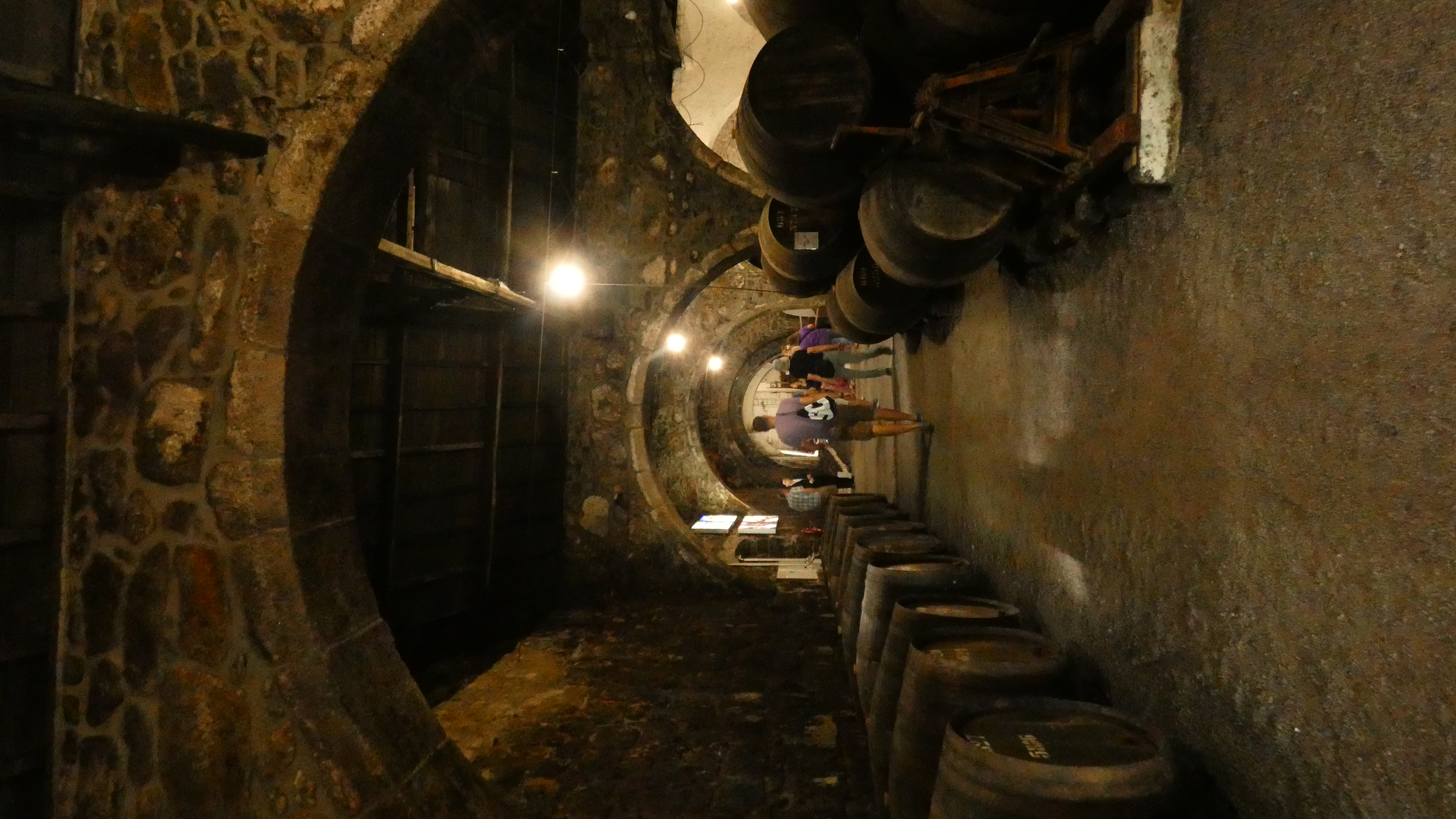
We were joined today by Scott and Cathy Wells, our traveling companions for much of the rest of the trip. We decided to go back to the Livraria Lellos, aka the Harry Potter bookstore. It was much less crowded so the four of us decided to go it. As it turns out, photography is generally permitted in the store—the day before, when we originally visited, it was prohibited because the store was so crowded.
So, here are a few images from the inside.



The plan was to spend the morning walking from our apartment through the old town and city center on our way down to the Ribeira, the touristy but very beautiful northern bank of the Rio Douro. From there, we’d catch a trolley out to the Foz do Douro, the point at which the mouth of the Douro meets the Atlantic Ocean. We would find a spot to eat, find a bus back to the Museu Serralves, and then find our way back to our apartment for a little rest before venturing out again.
All that happened, and it was glorious, but what we didn’t count on was happening upon the Porto Guitarra, a small, unassuming shop just a few doors down from the Livraria Lello bookstore, JK Rowling’s inspiration for the Hogwarts’ library. Photos are not allowed in the bookstore, and it’s absurdly crowded, but it’s worth googling. The word that comes to mind is “sumptuous,” but that really doesn’t do it justice. (Update: Photography is allowed. Sometimes. See this post.)
But back to Porto Guitarra. The owner and luthier, Tico Rodrigues, is known far and wide for his shop’s exceptional collection of traditional Portuguese and South American stringed instruments—classical guitars, mandolins, and ukuleles, and the Guitarra Portuguese, the traditional guitar of Portugal and integral to the Fado music of the land. His instruments are made by local luthiers of solid woods (no laminates) and exceptional craftsmanship. I was just going to peek in. Really.
But I wanted to try a Guitarra Portuguese, and I was instantly hooked. Very unique tuning, tone, and playing style that is unlike any other stringed instrument I’ve encountered. To make two hour-long story short, this one is getting shipped home to me, thanks to the insistence of my lovely, patient, and very understanding wife Mary. I’m not sure what I’ve ever done to deserve this.
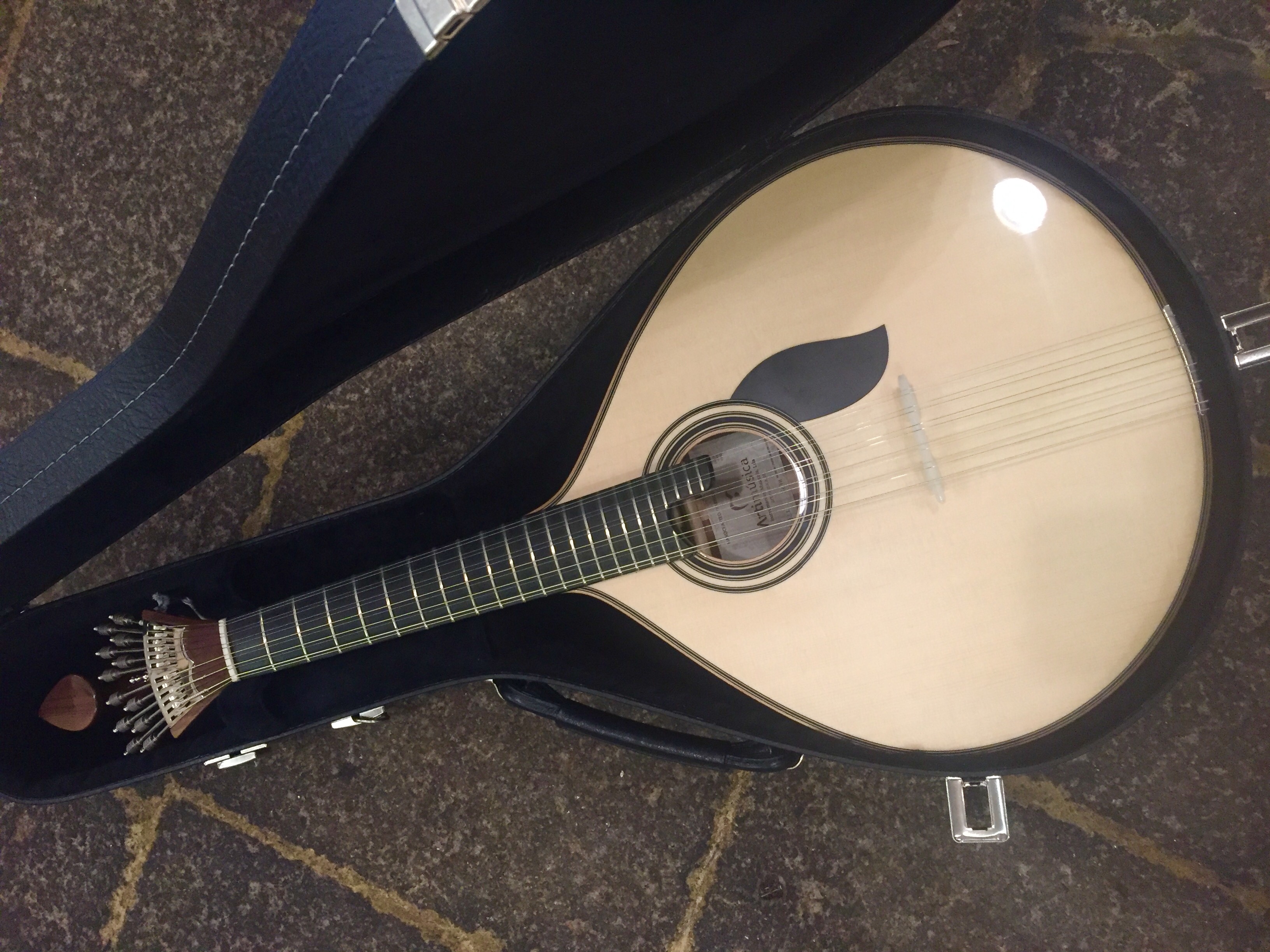
If you visit the Porto Guitarra website, click on his Produccts link to see more traditional Portuguese instruments, and be sure to click “See more of our product catalog” to see the other Guitarras Portugueses.
So anyway, Porto. Our first full day here was a joy. Founded in the 13th century but with settlements going back to pre-Roman times, Porto is an intriguing mix of old and new, of good times and bad, and modernity and traditionalism. Most of the old buildings have balconies and courtyards, grand portals for doors, and tiled facades of local manufacture. Many are also abandoned and decaying, although there appears to be a building boom of sorts going on here, with many older buildings for sale and many others being restored. Throughout the city are remnants of Roman walls, centuries-old fortifications, and cathedrals and palaces, often with new additions or with entirely new construction built on top of the old. Narrow, winding (and often steep) cobblestone streets are often squeezed to the limit by cars, delivery trucks, and large buses. It all works somehow. Porto feels comfortable and liveable. (Speaking of living, I have never seen as many apartments in one place as I have seen in Porto.)
Here are a few images. Another full day tomorrow.
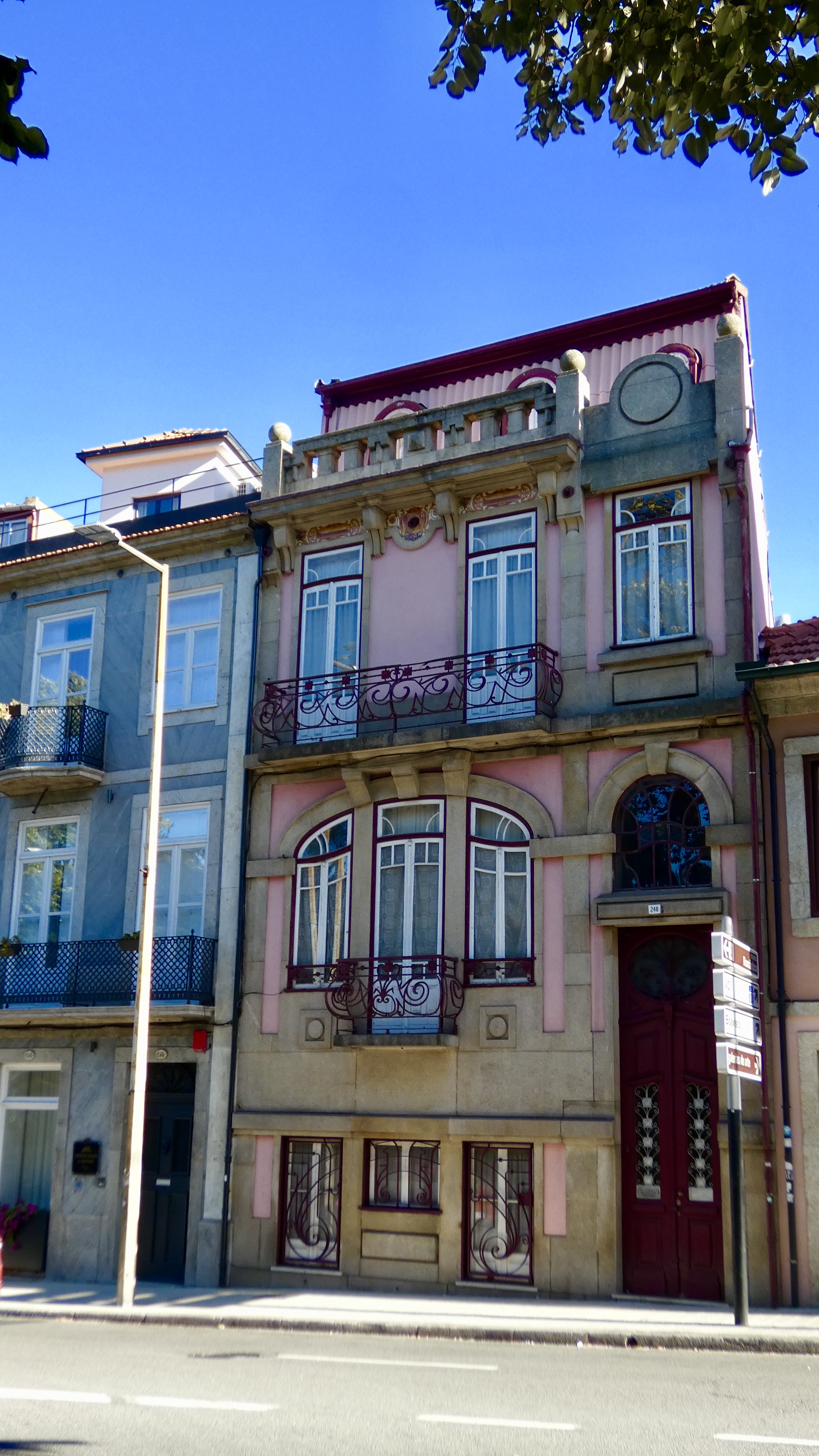
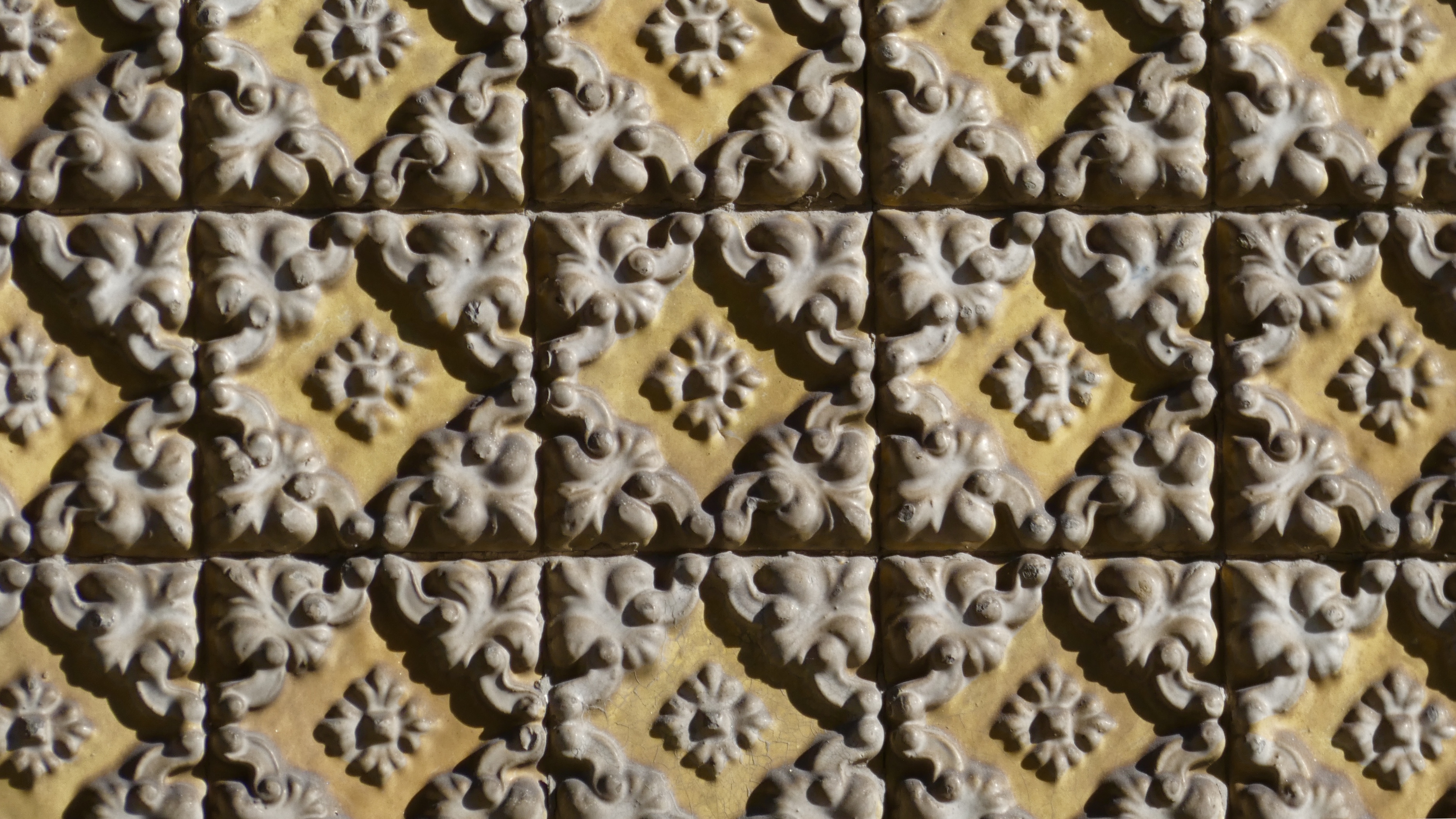
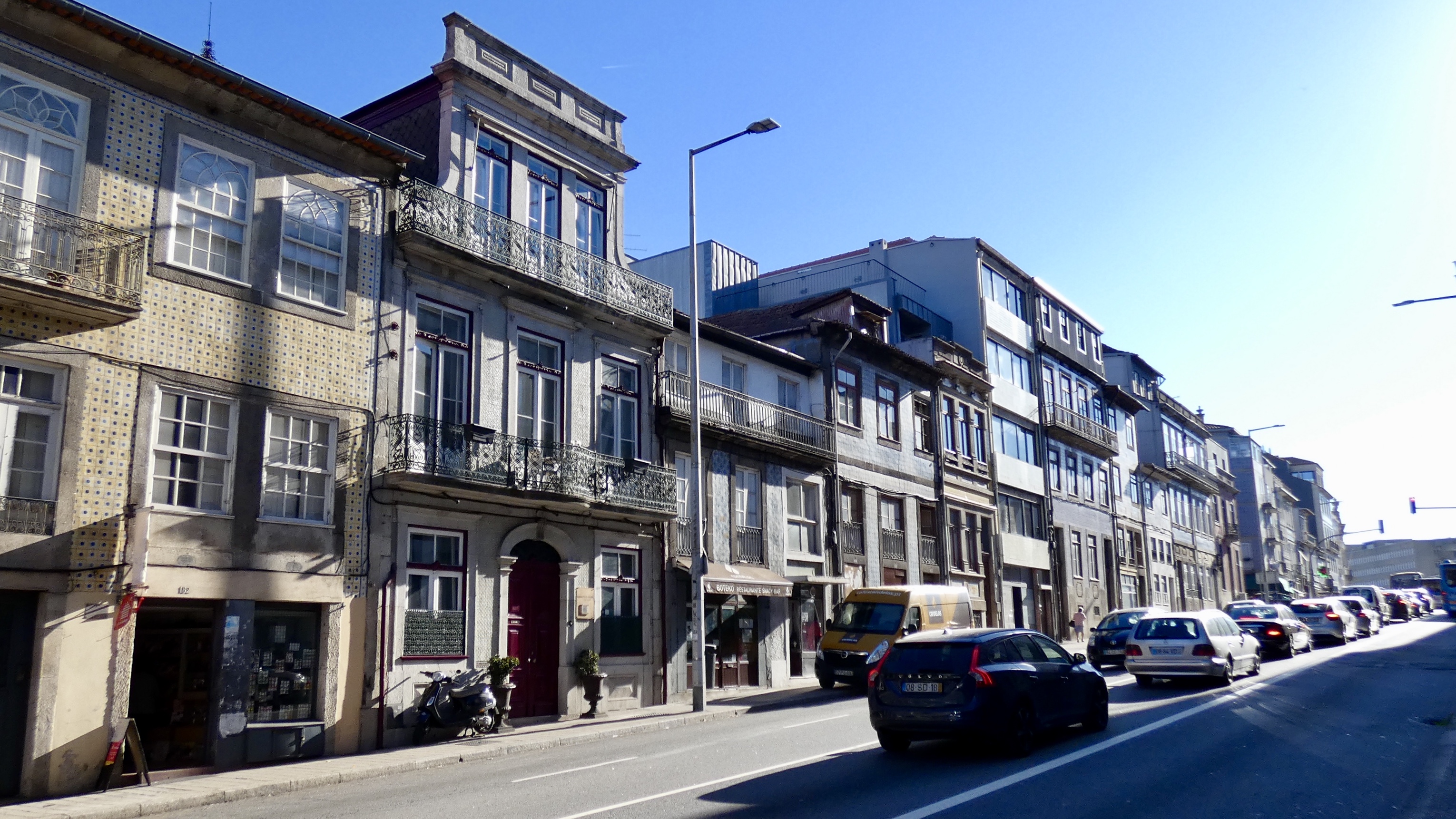
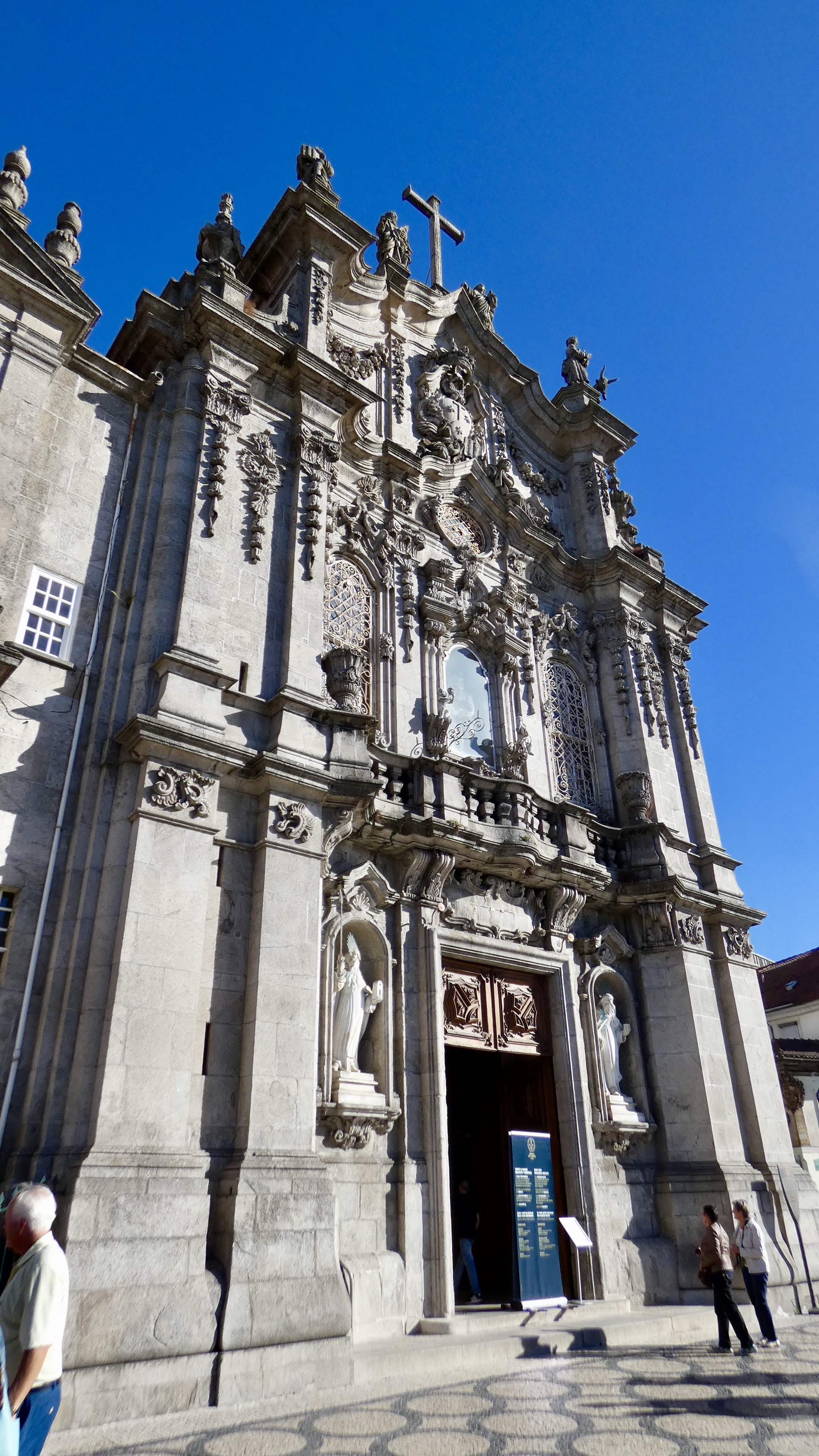
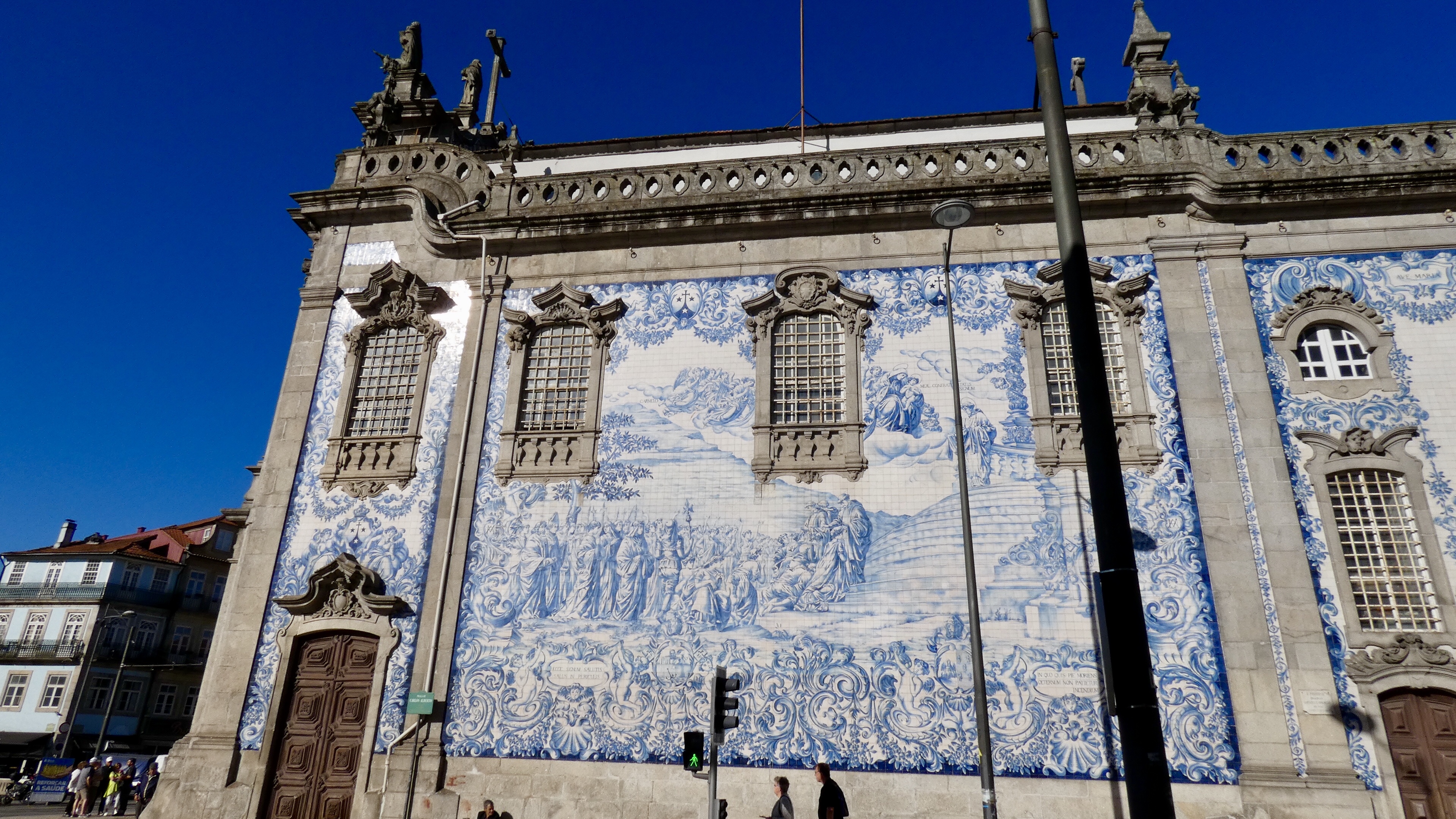
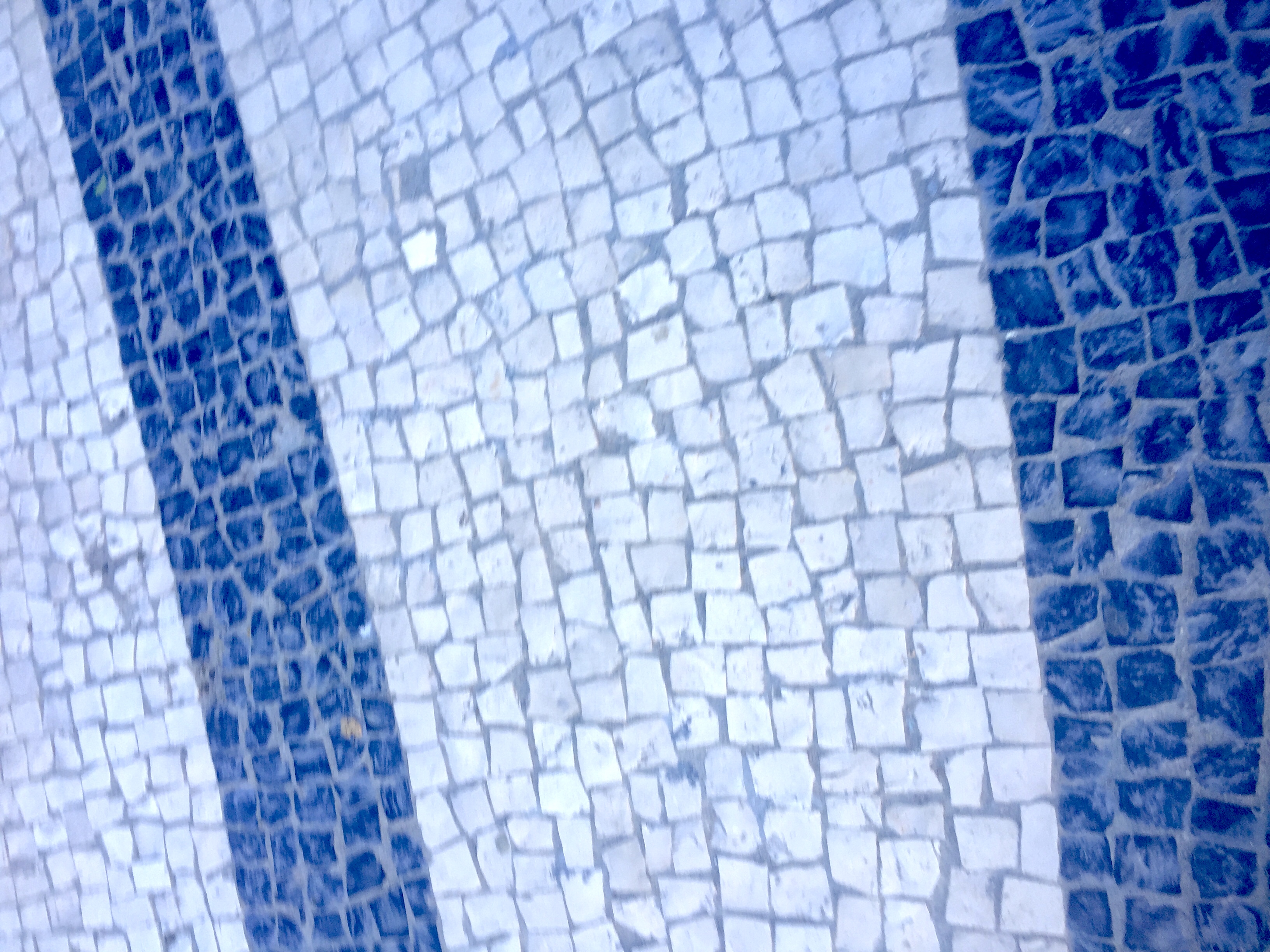
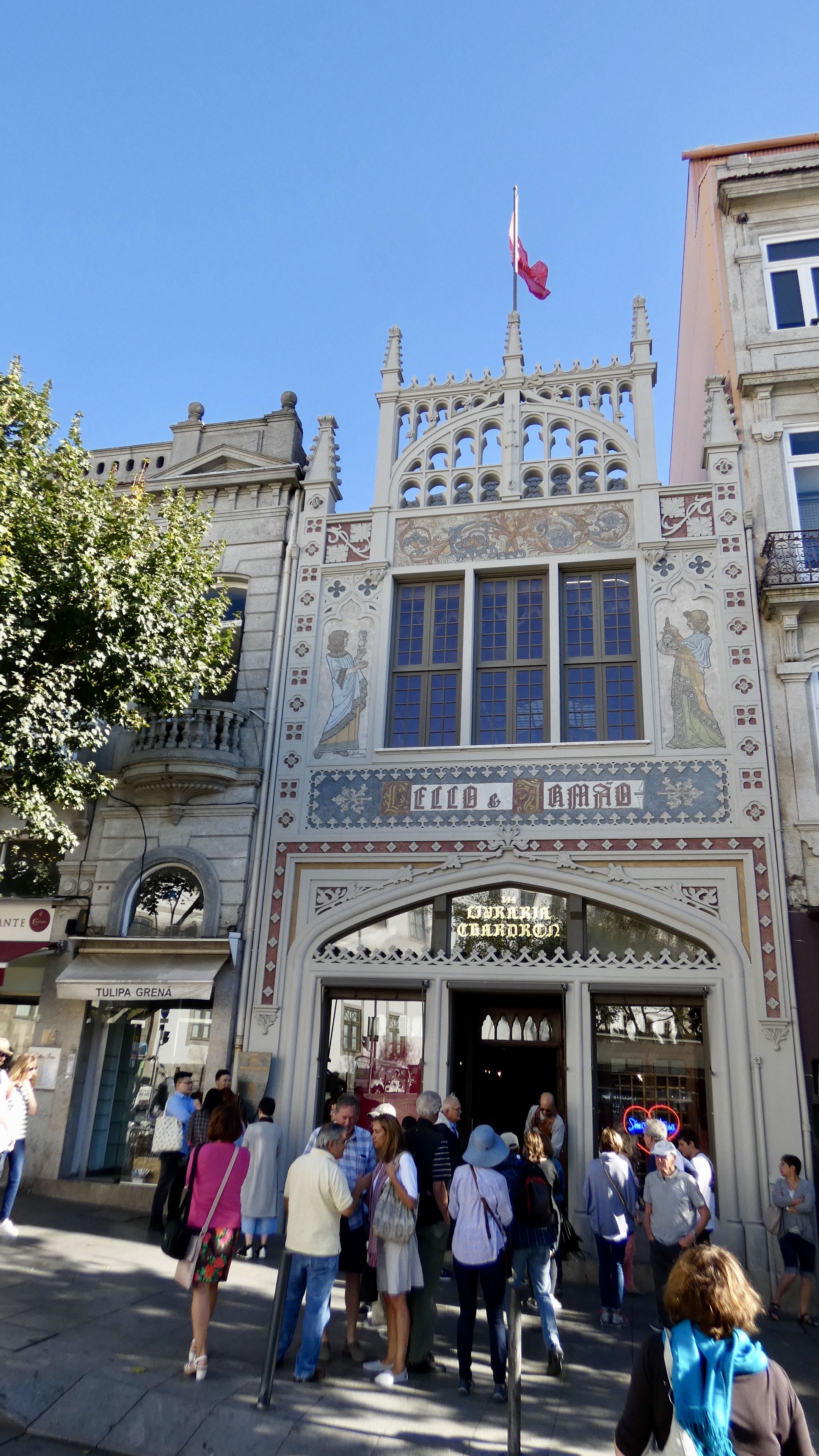
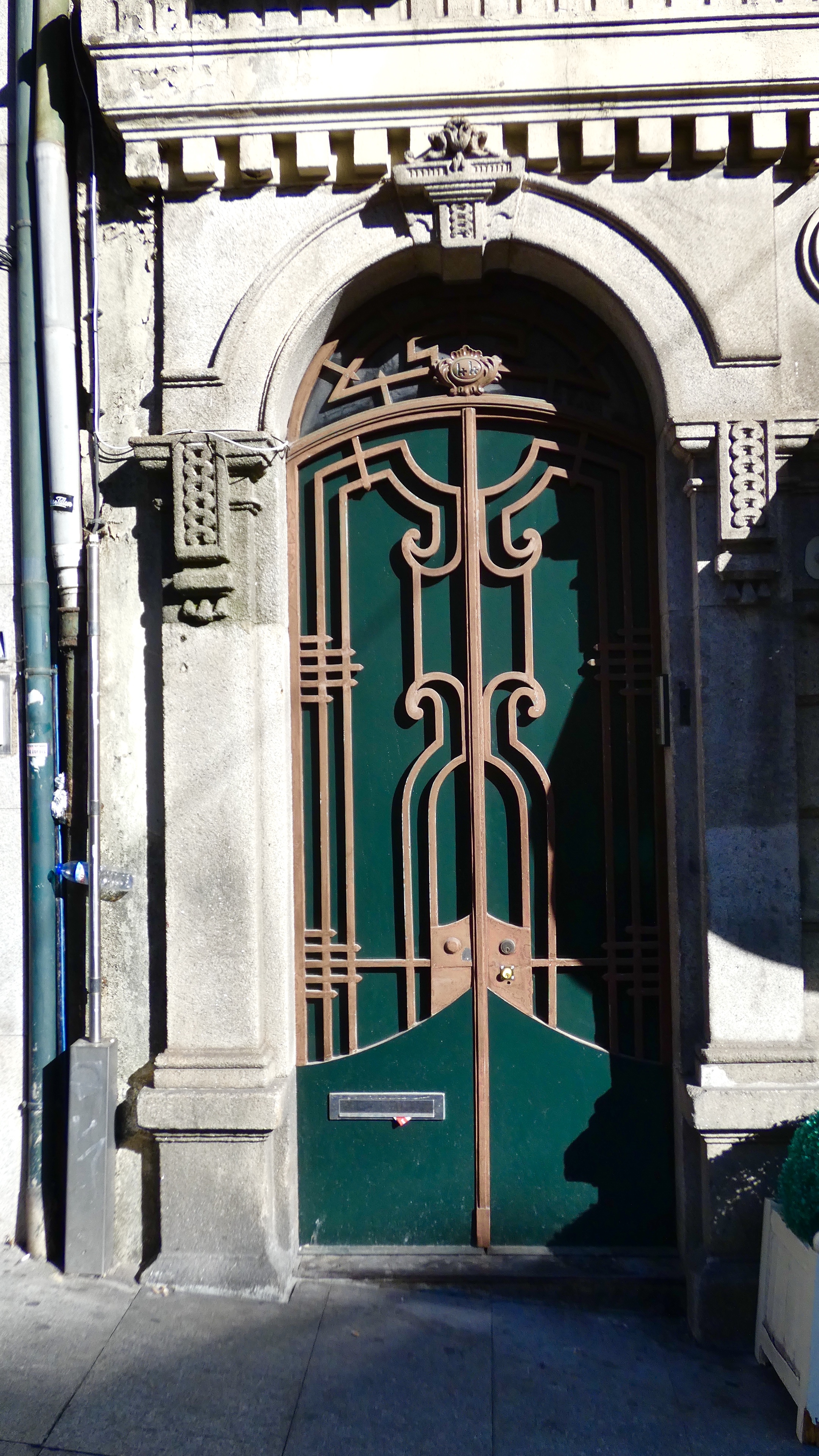
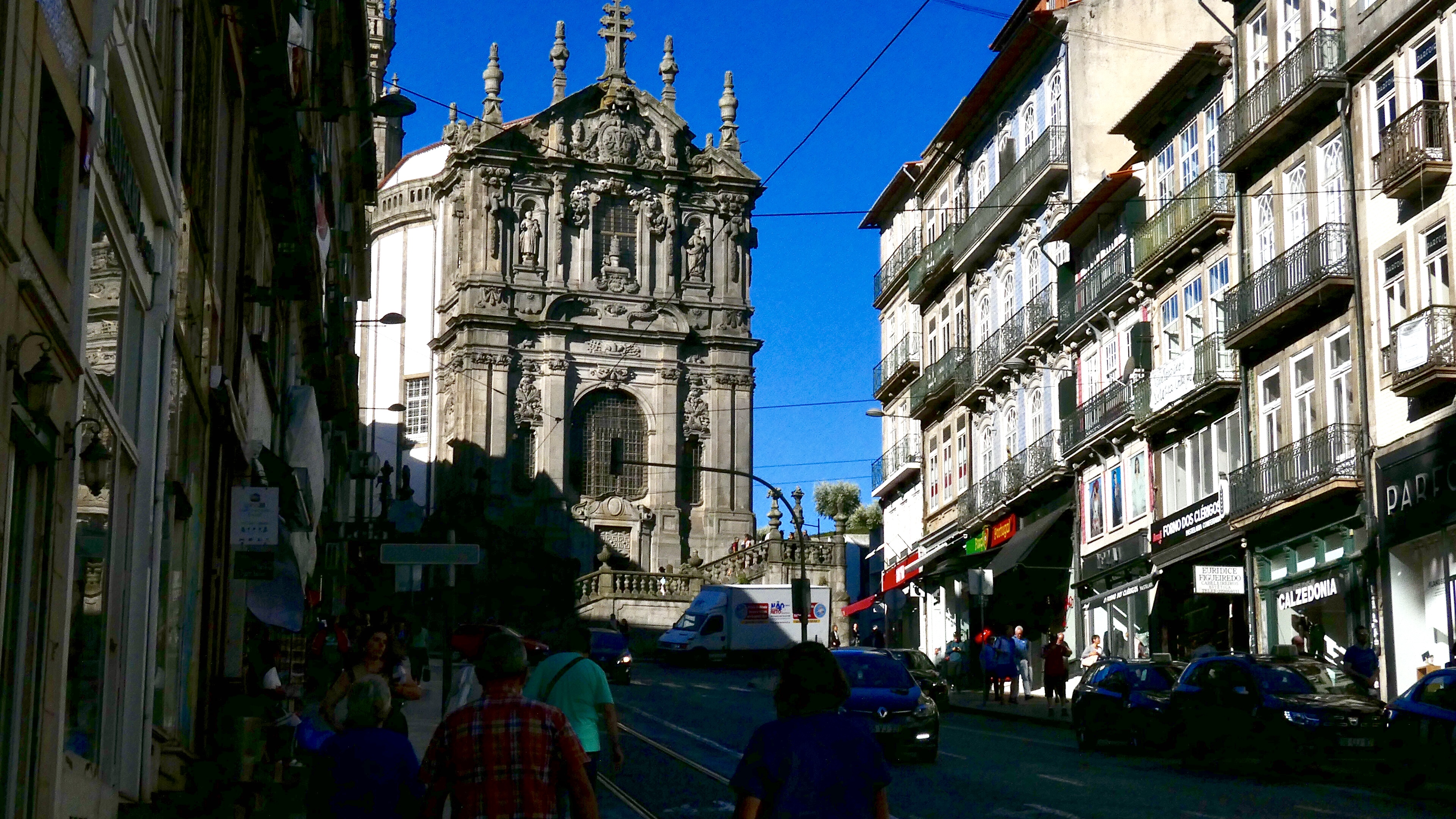
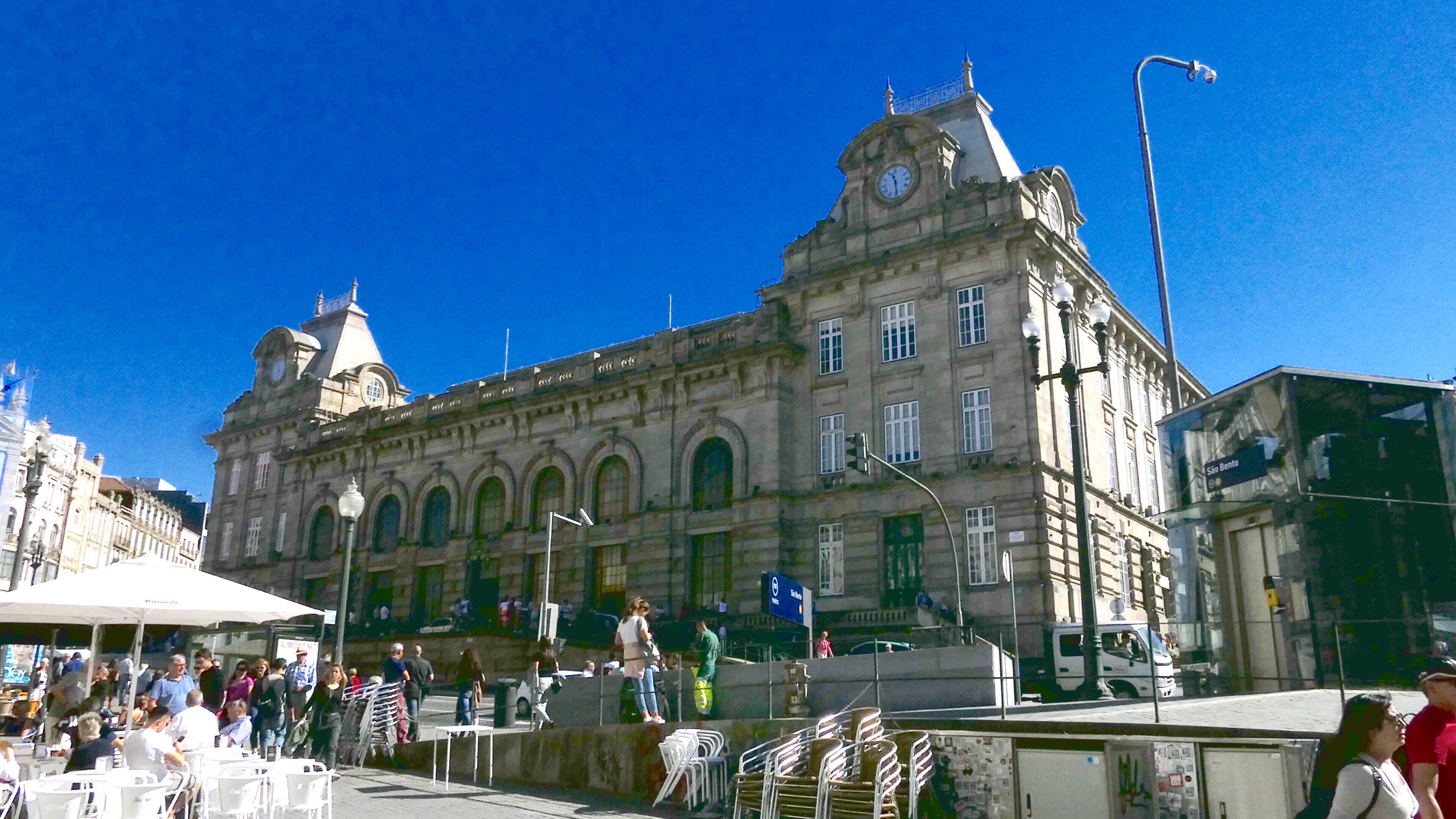
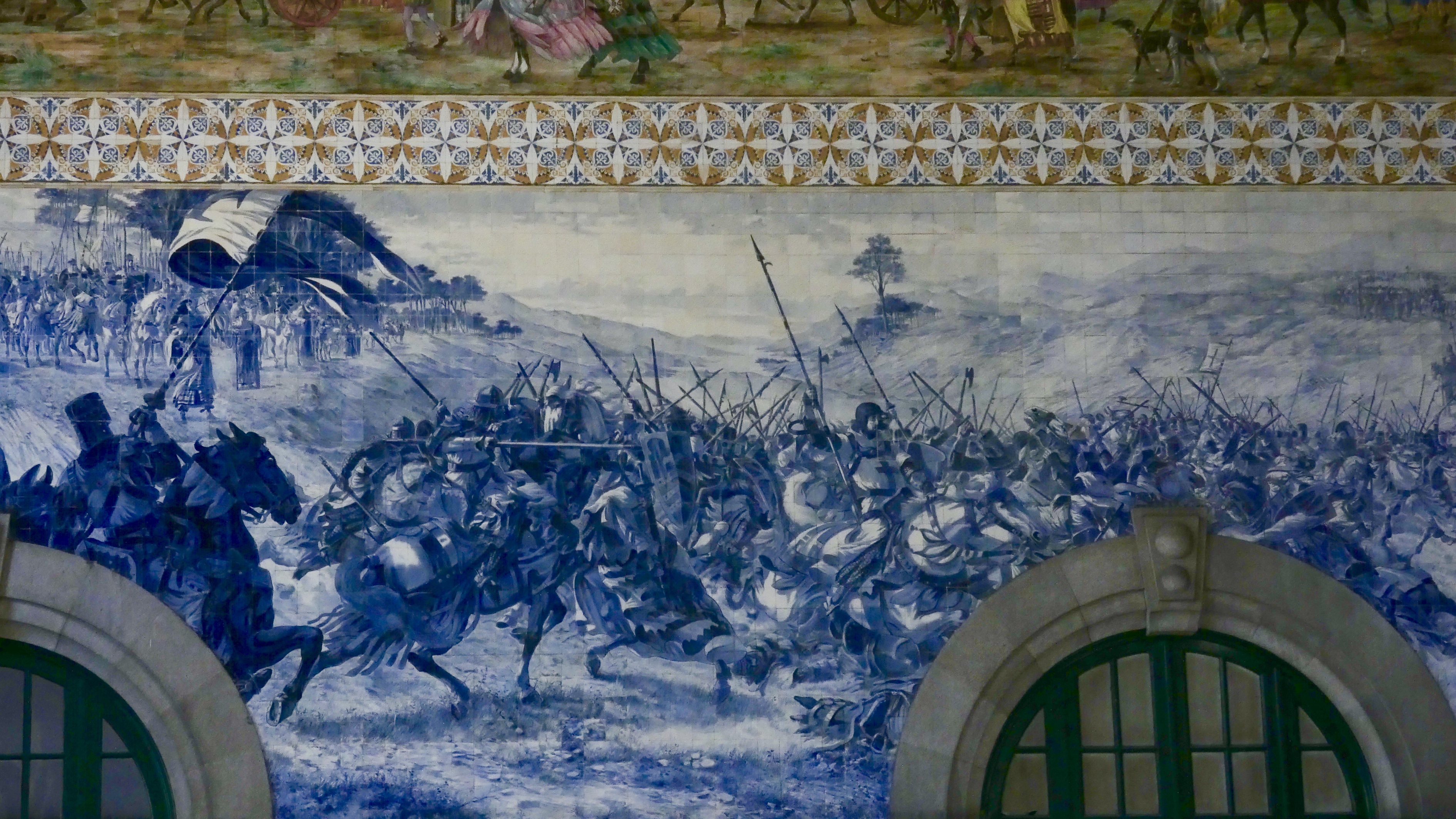
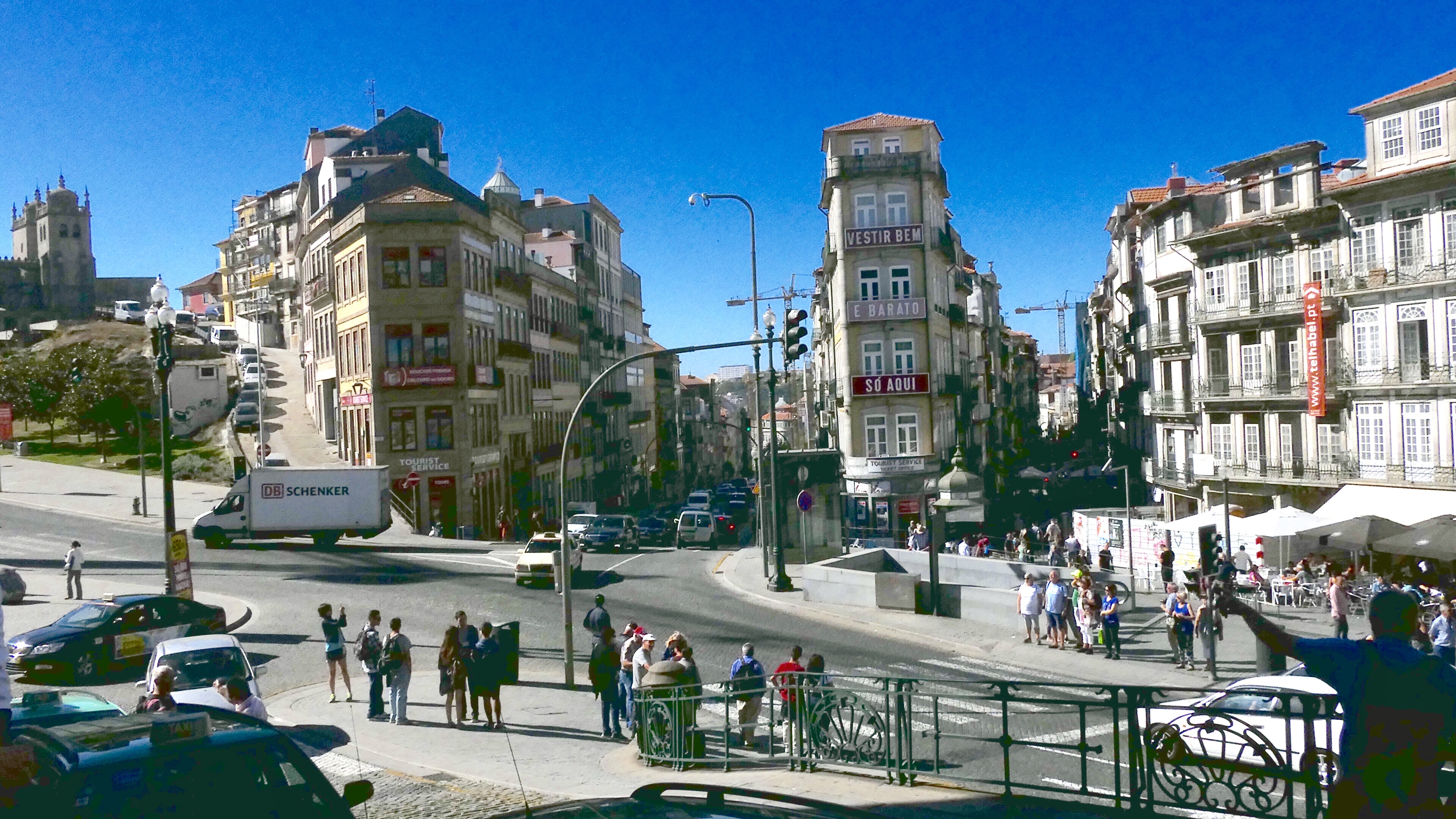
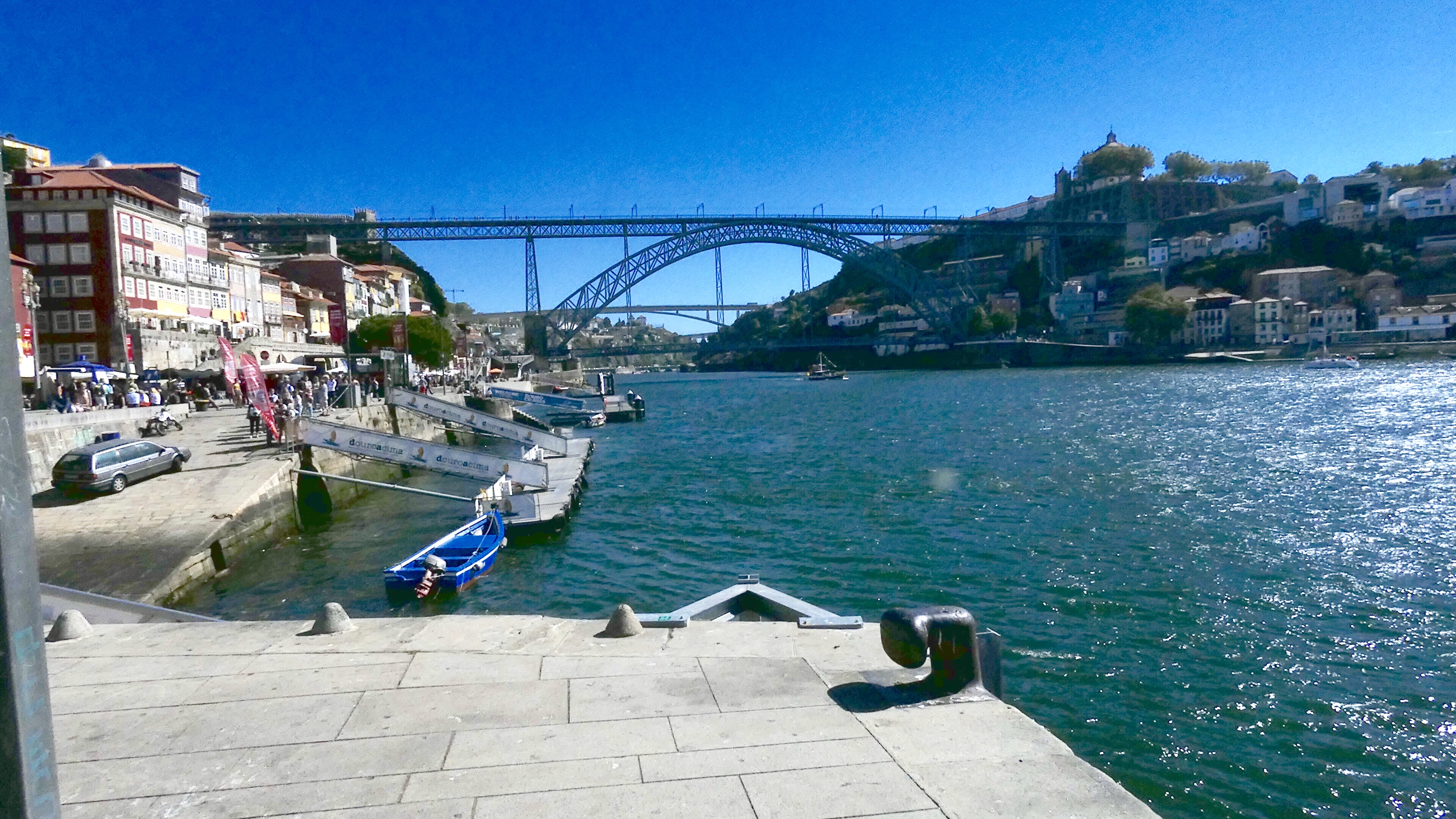
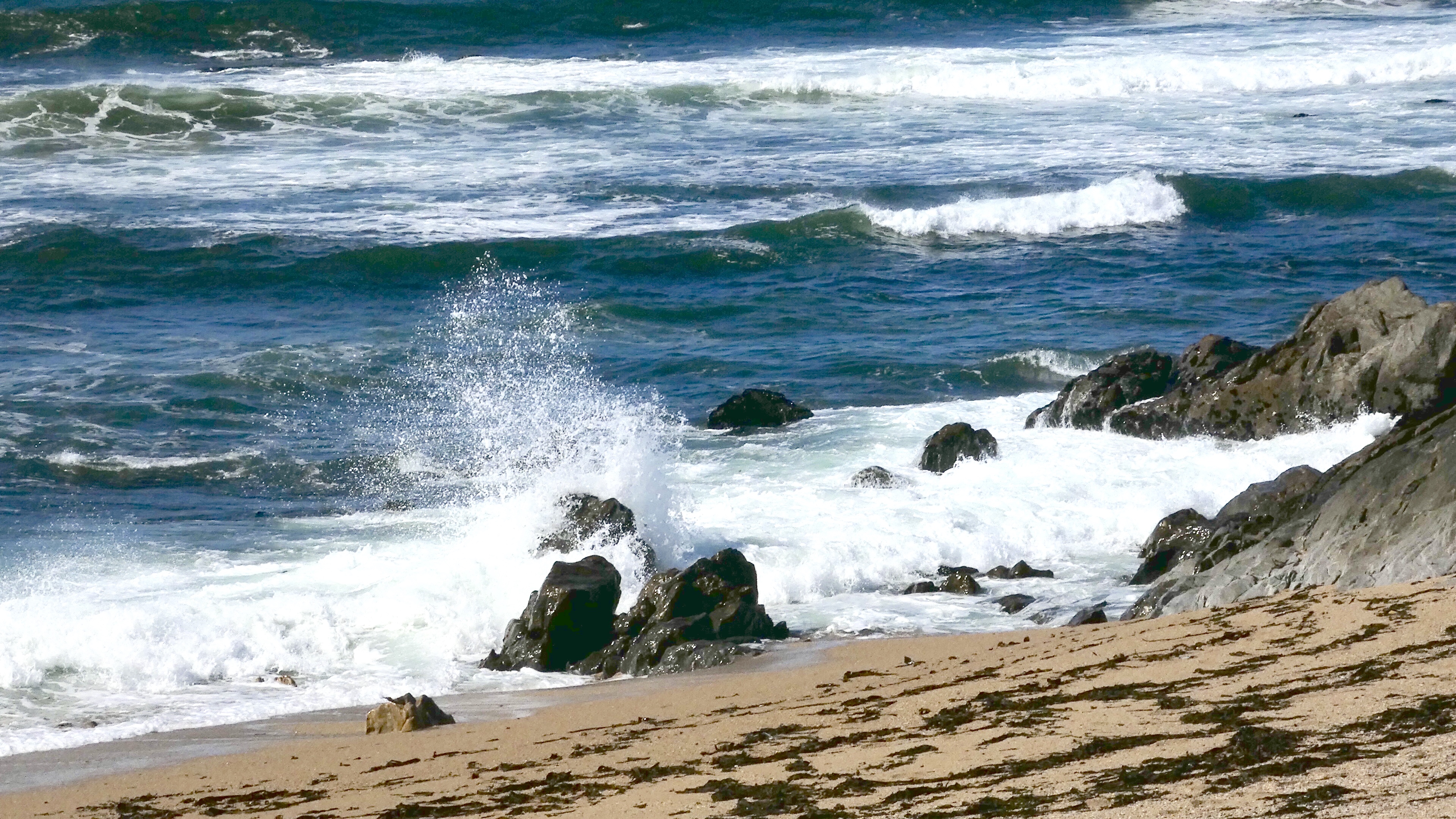
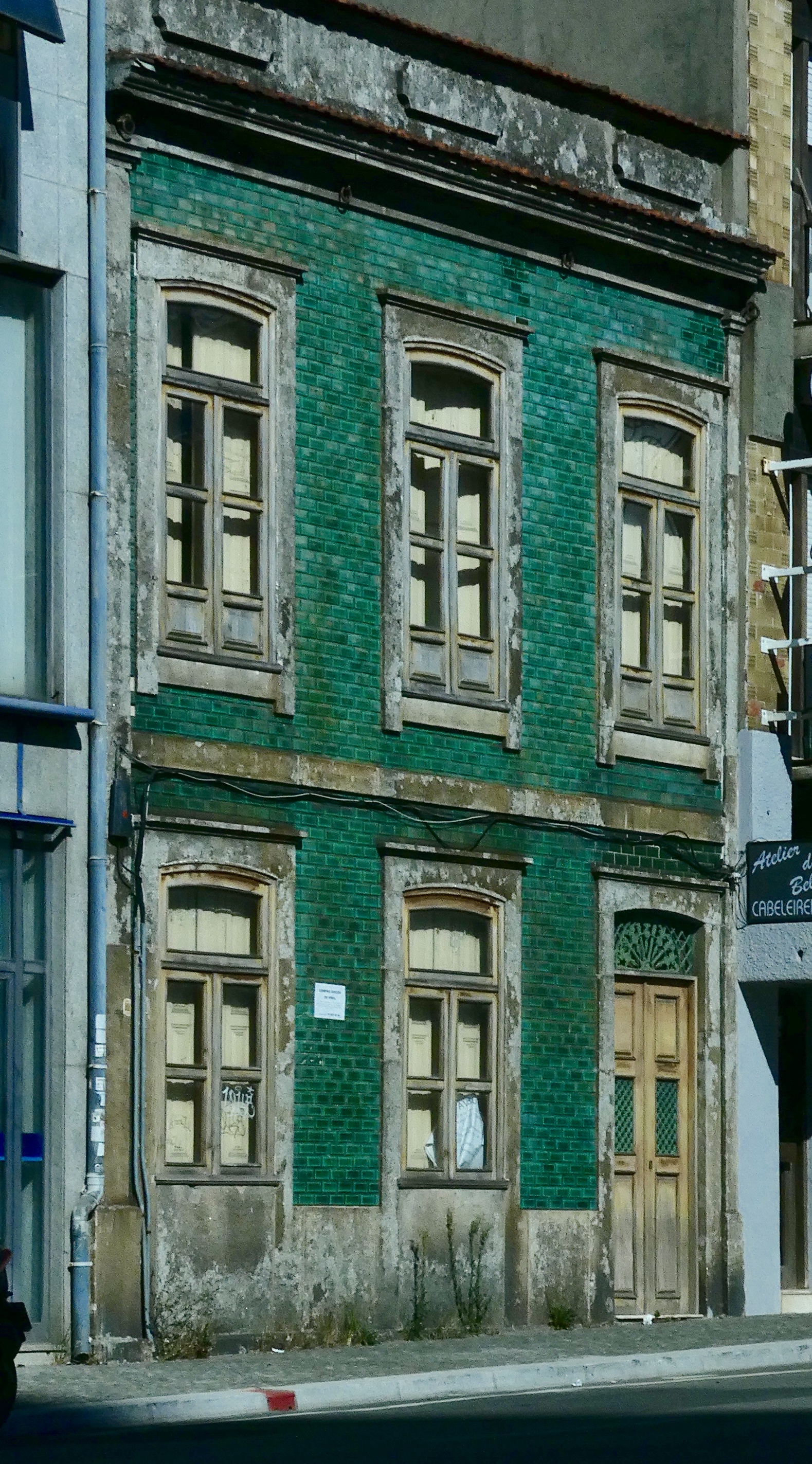
We decided to stick around for the sunset over the Atlantic before exploring for a place to eat dinner and I got a bit carried away.
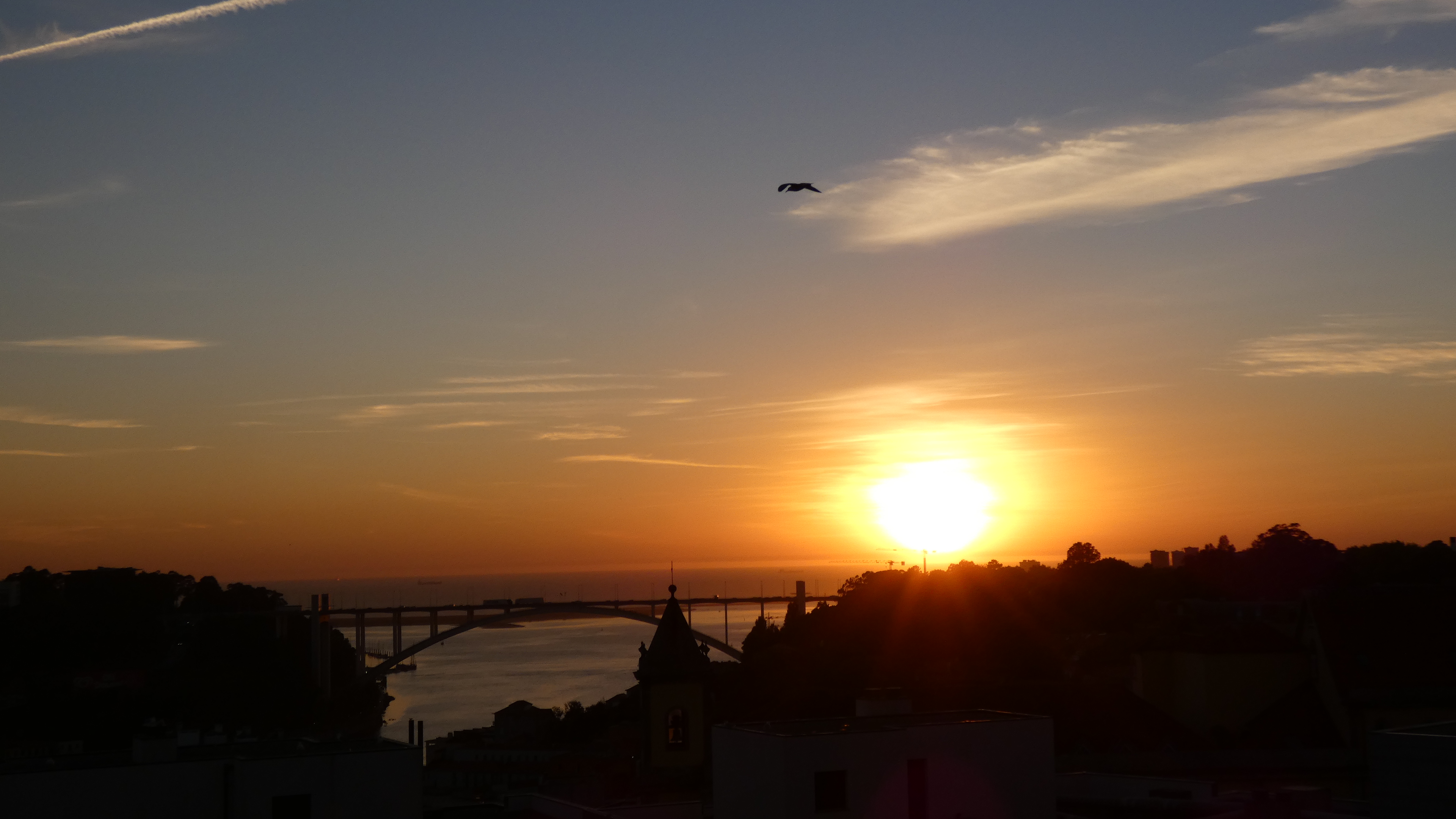
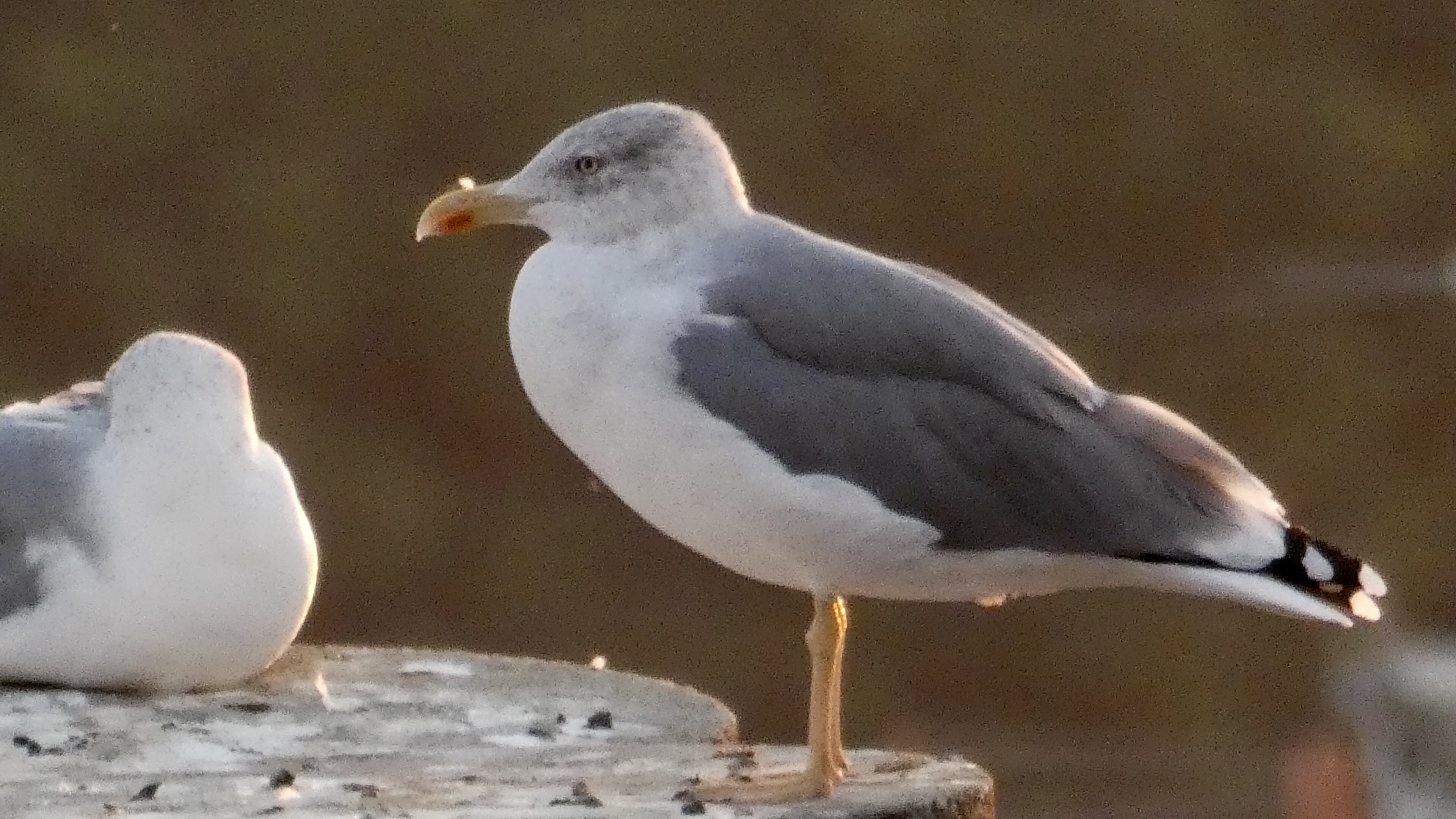
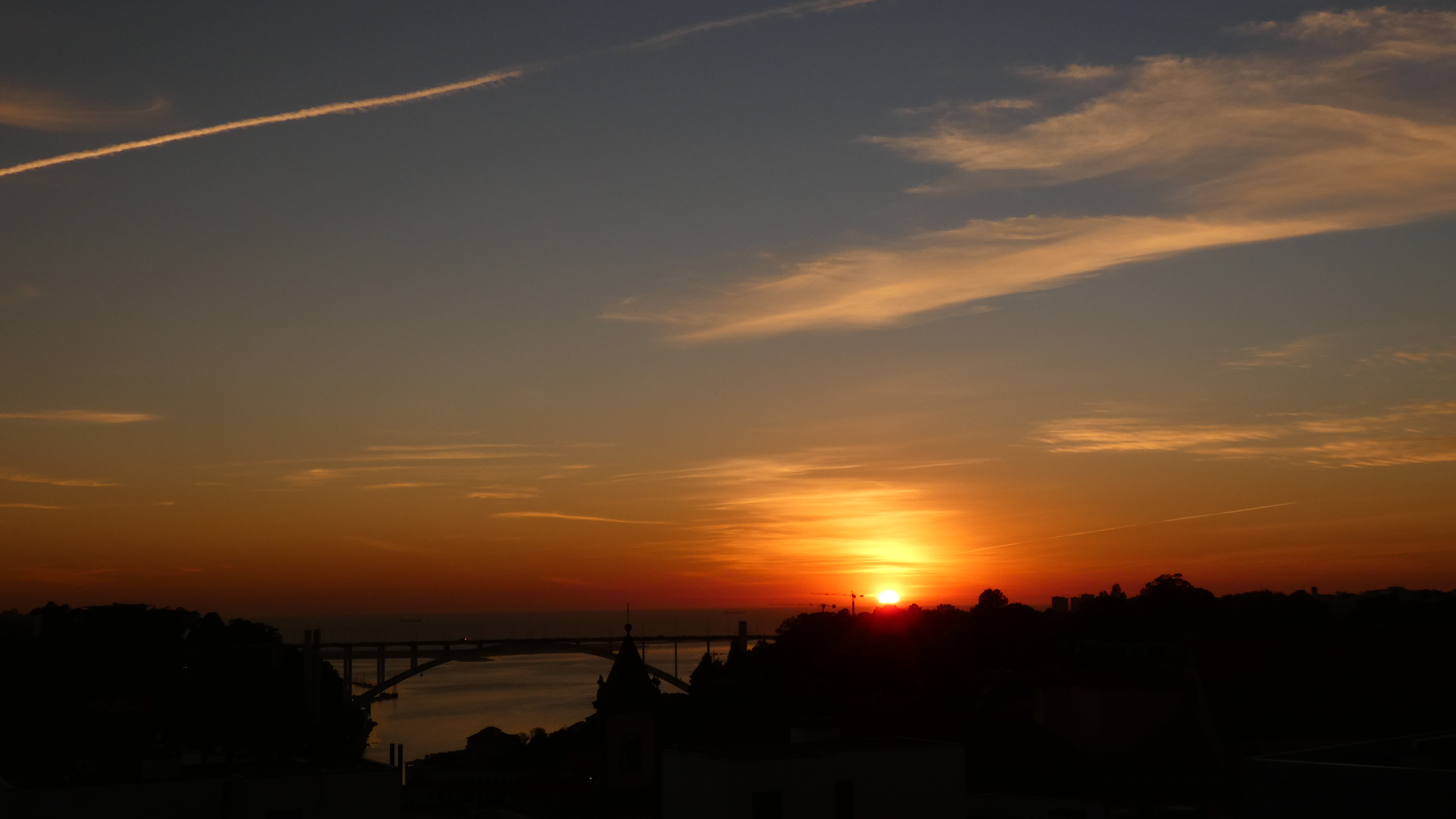
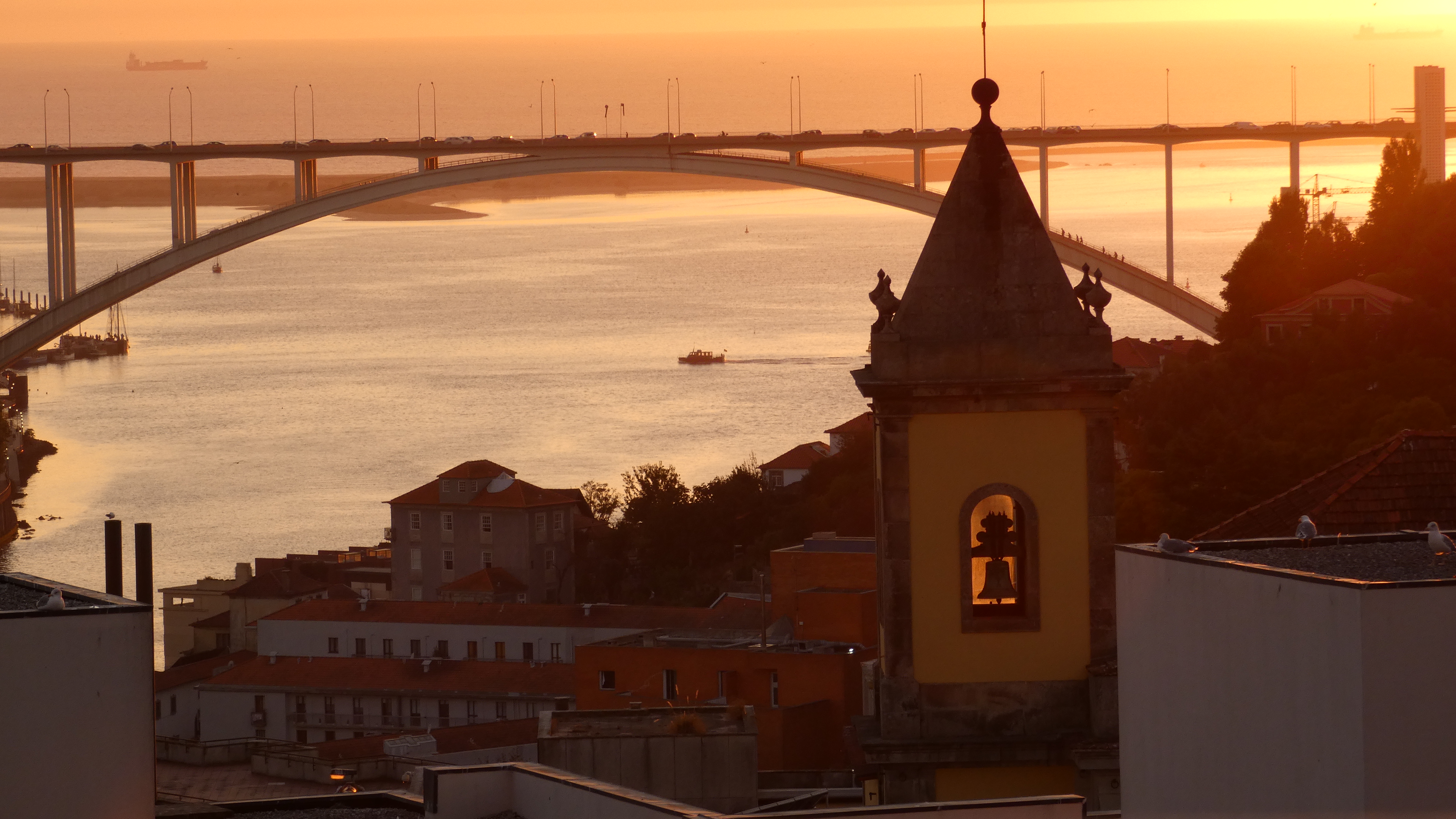
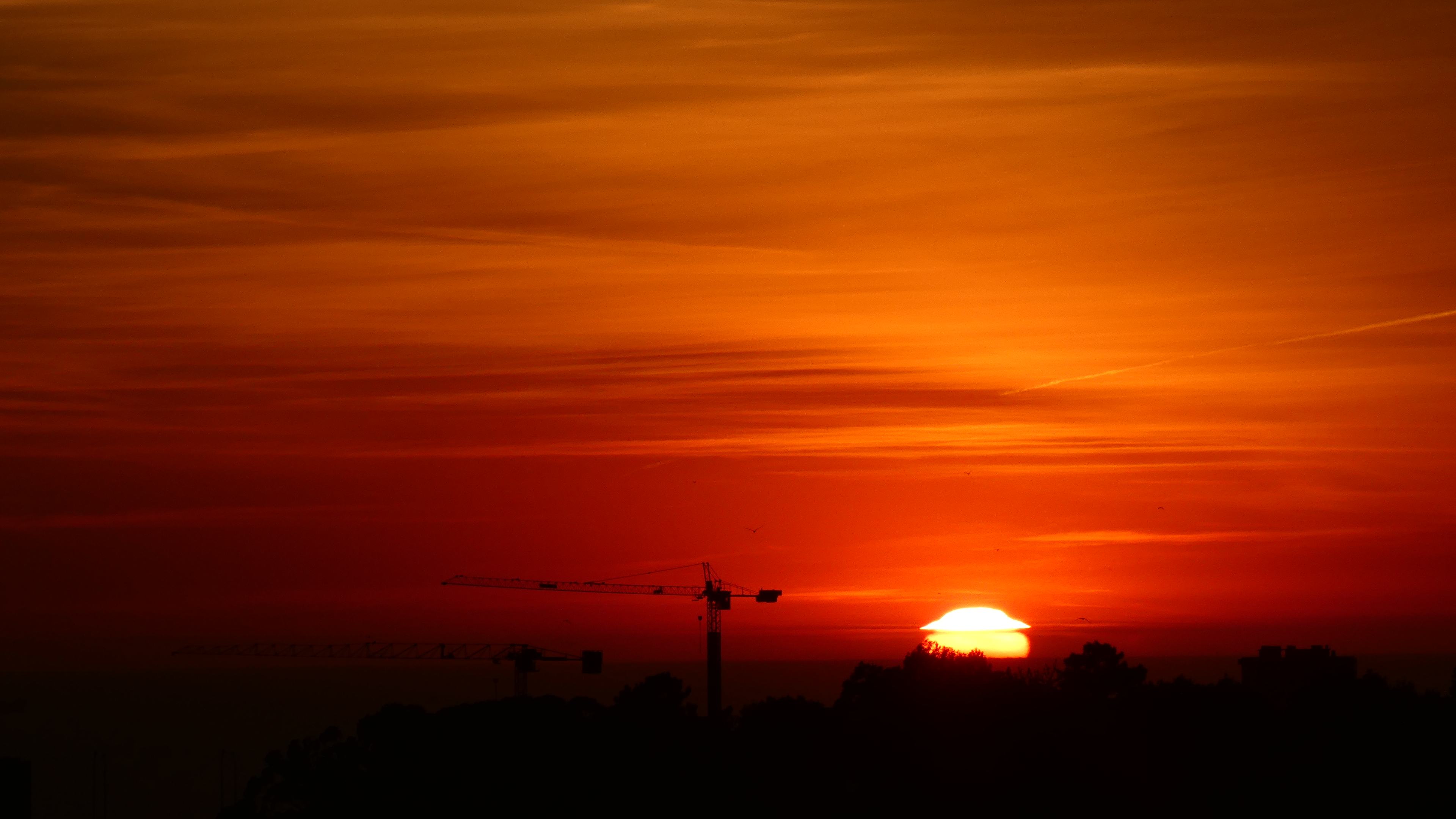

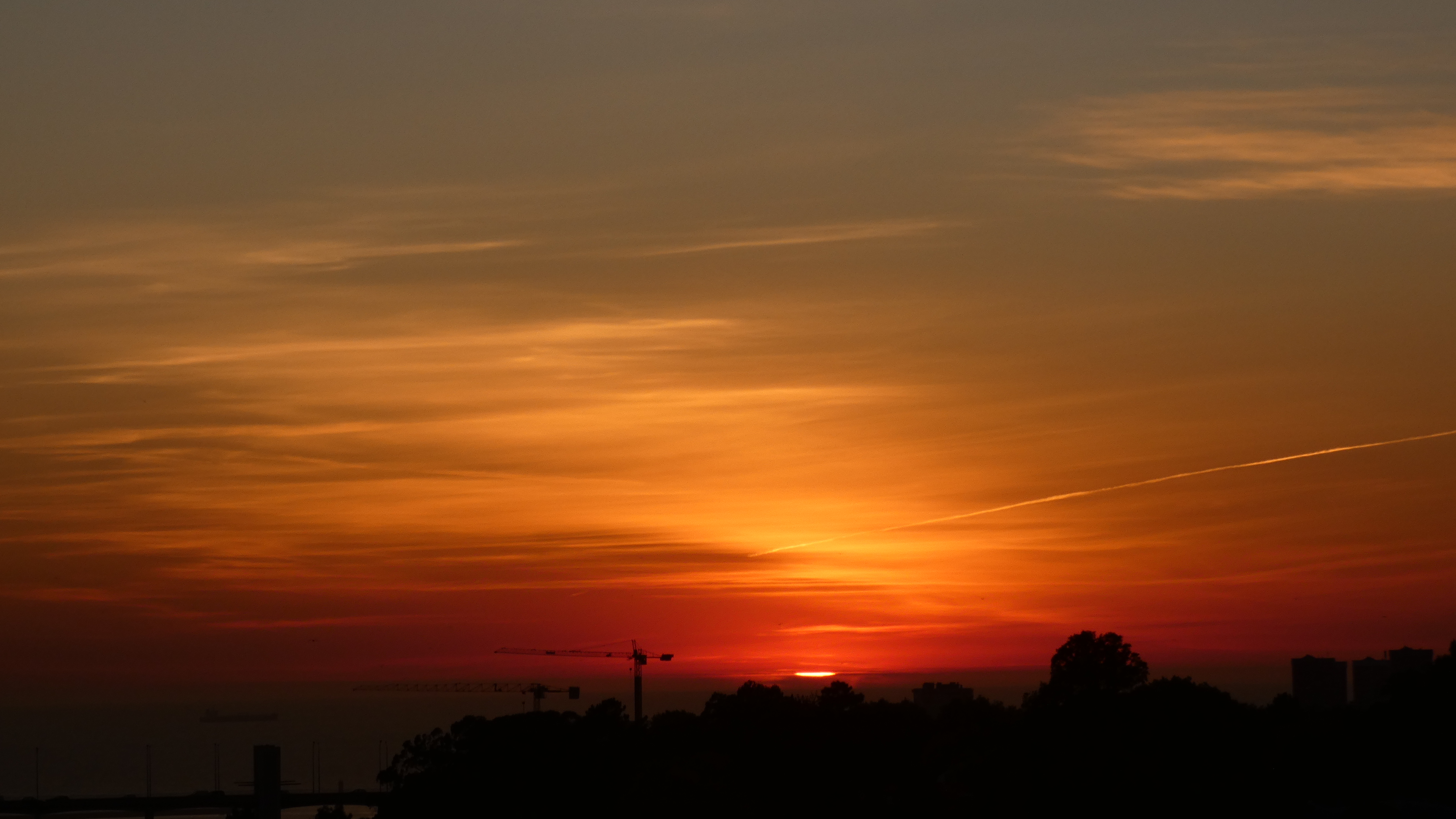
It took 26 hours, three air legs, one bus leg since the trains were on strike, and an Uber ride to get here, but here’s the view from our apartment in Porto for the next three days. The bridge is Ponte Arrabida, the last bridge on the Rio Douro before the Atlantic. More to come…
